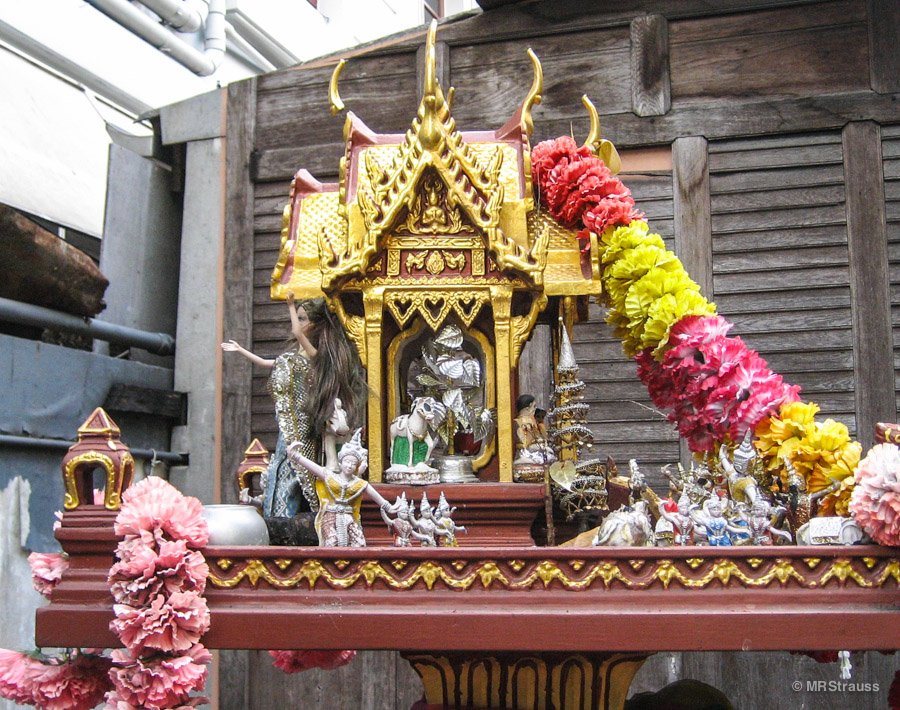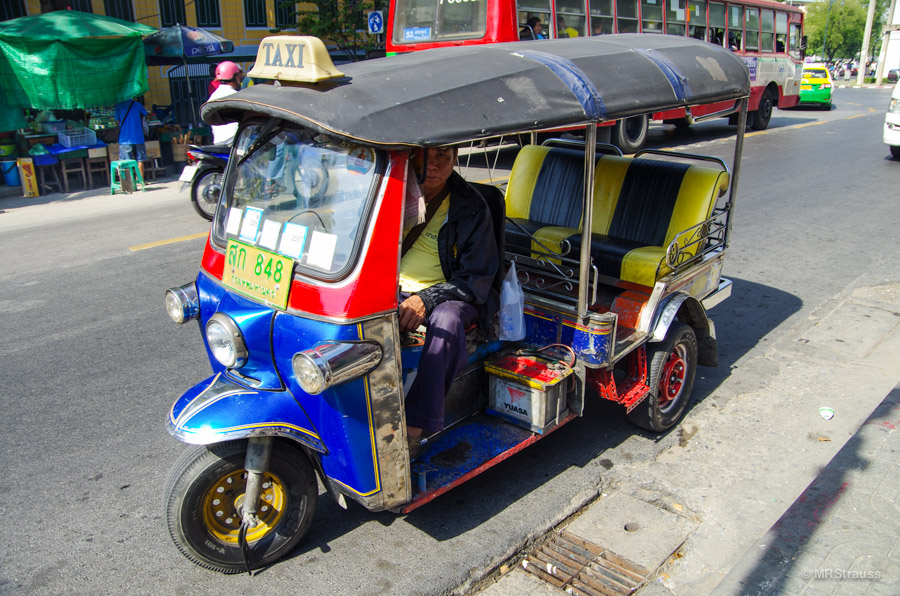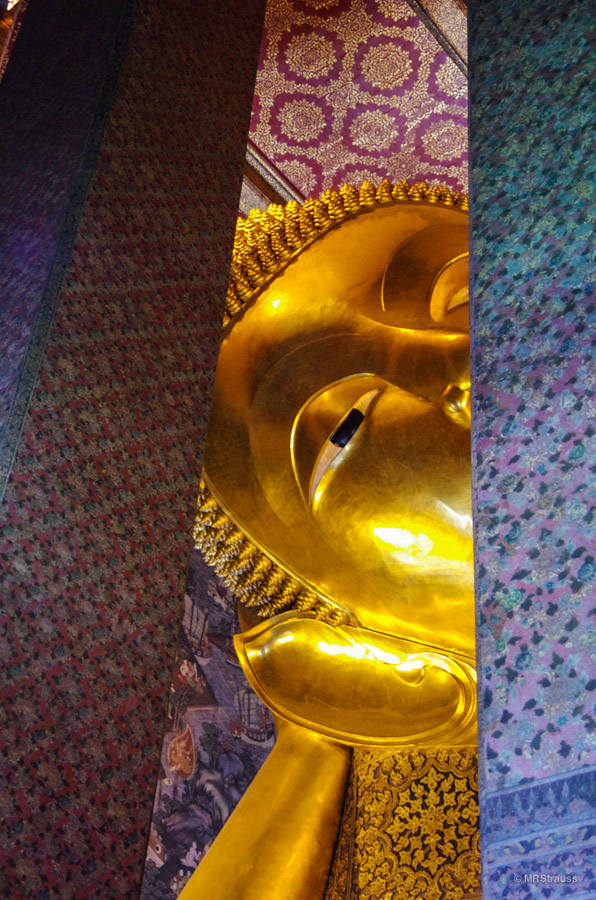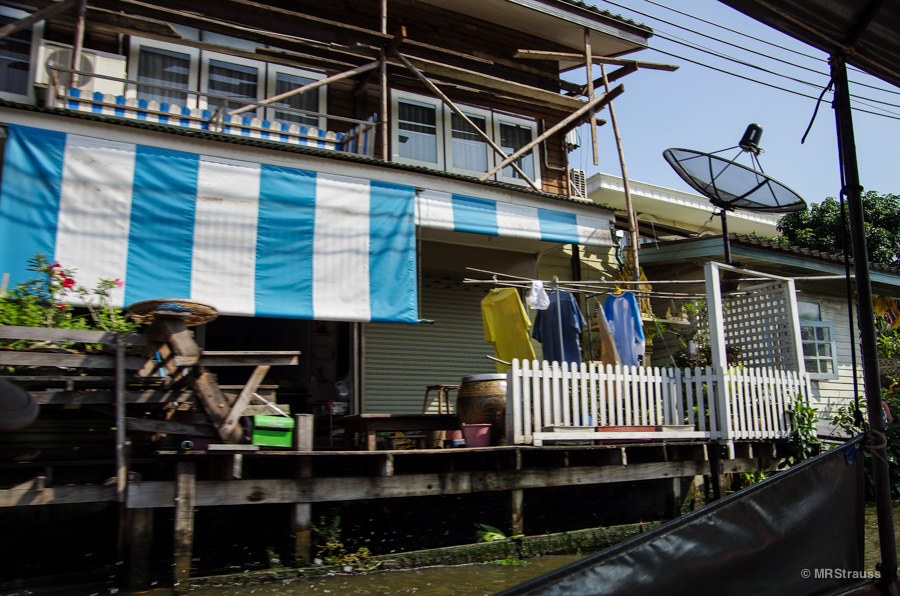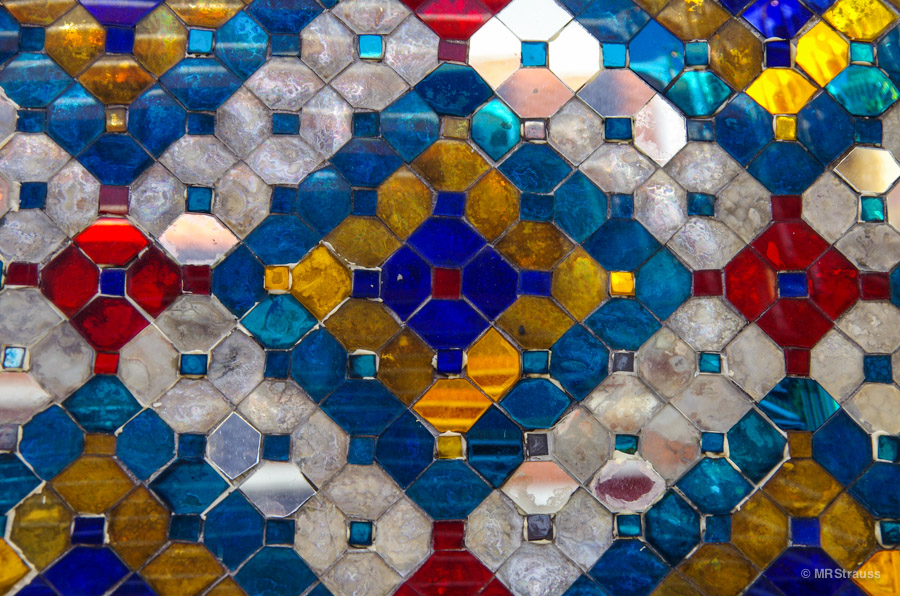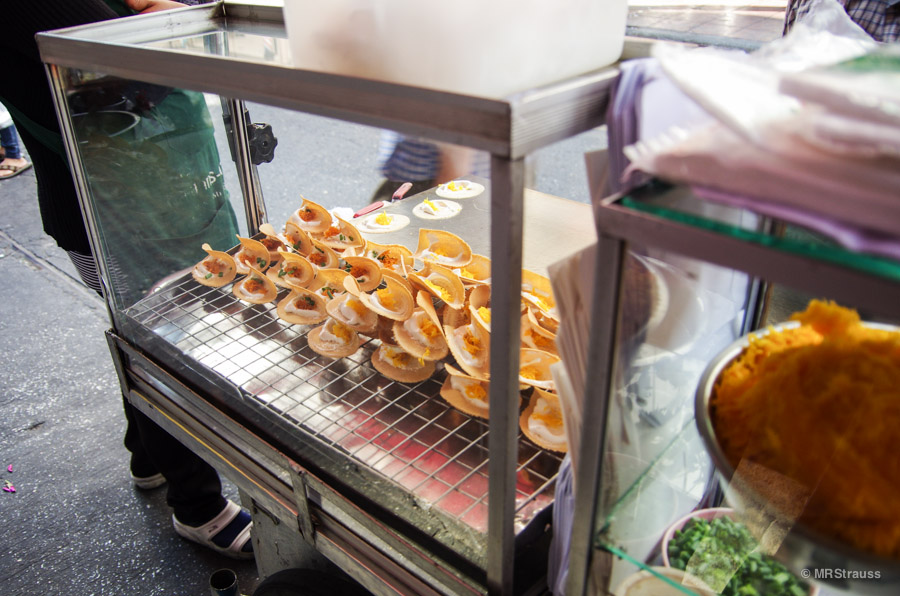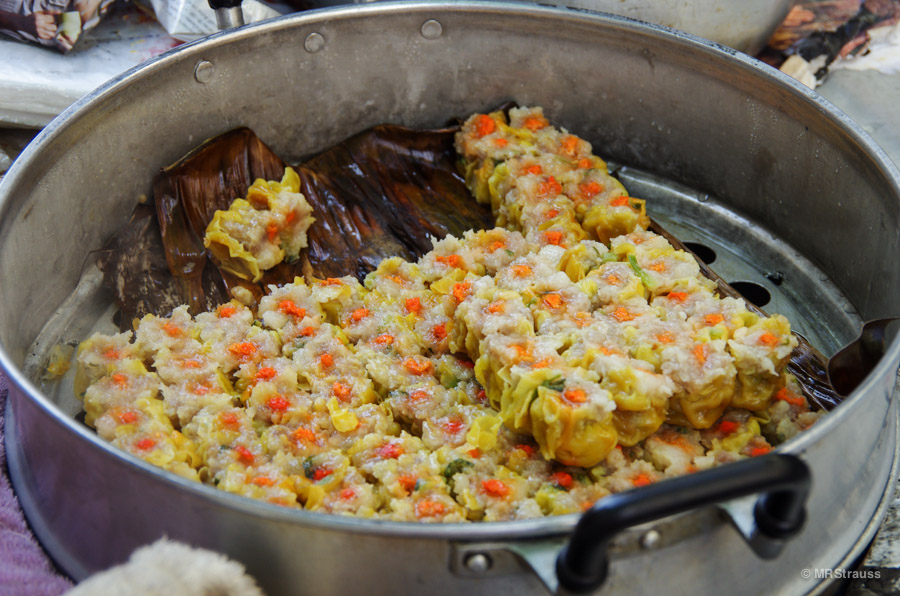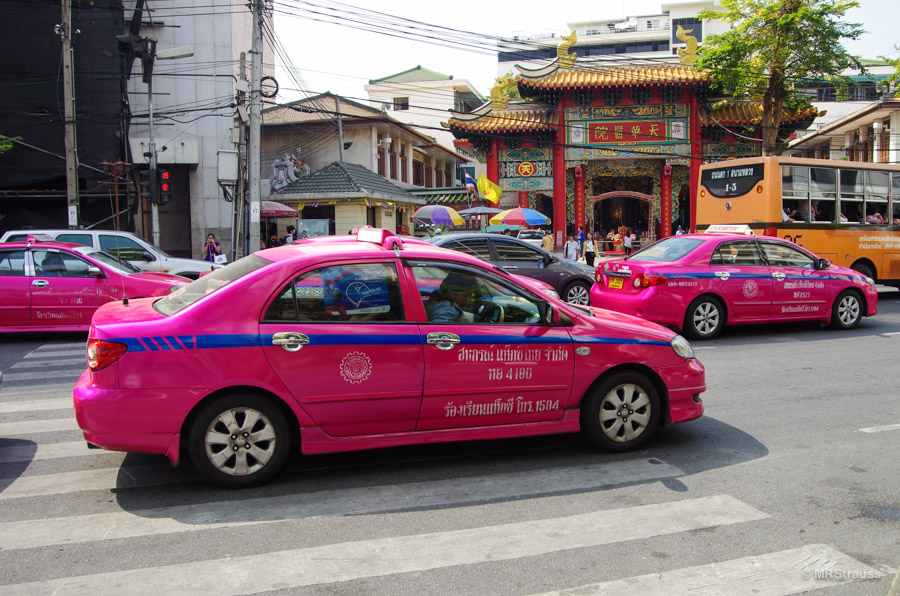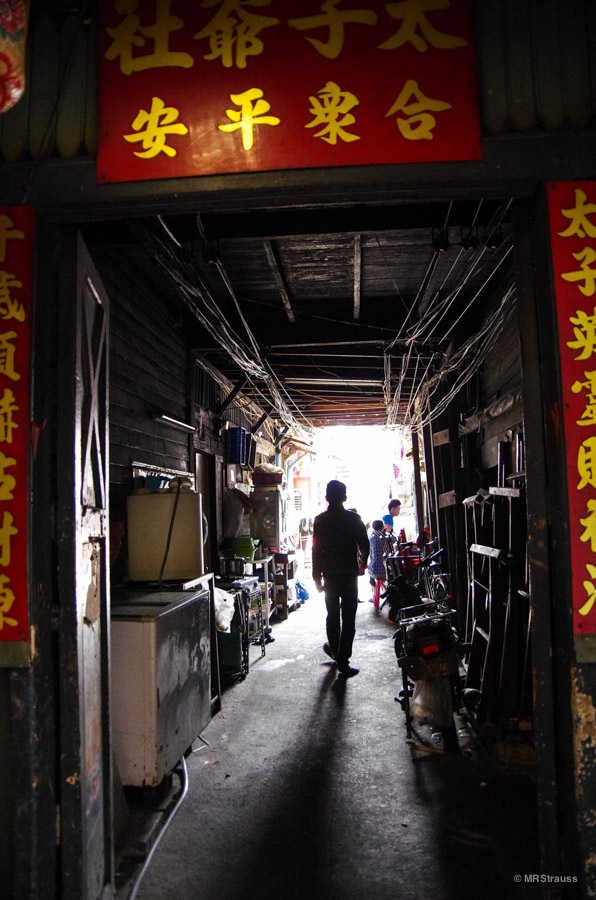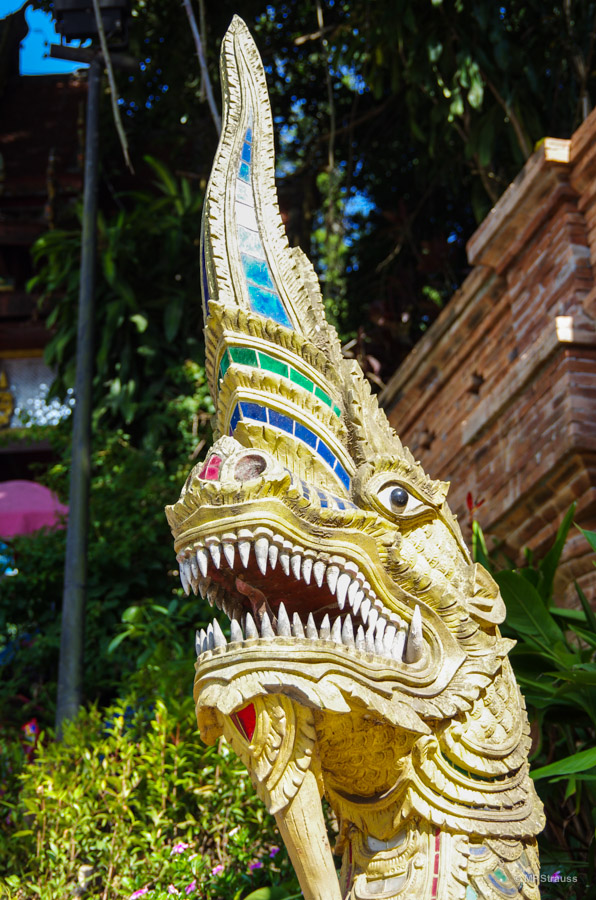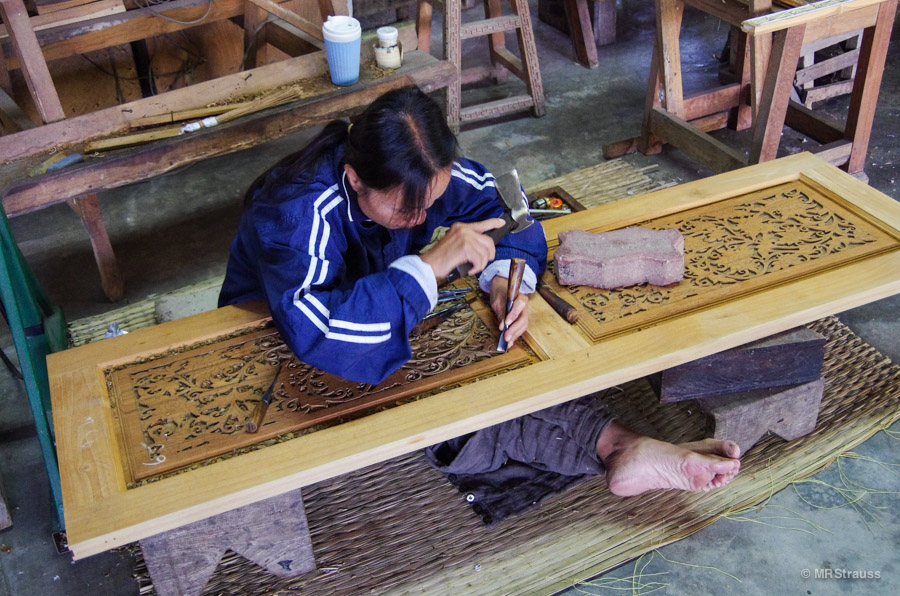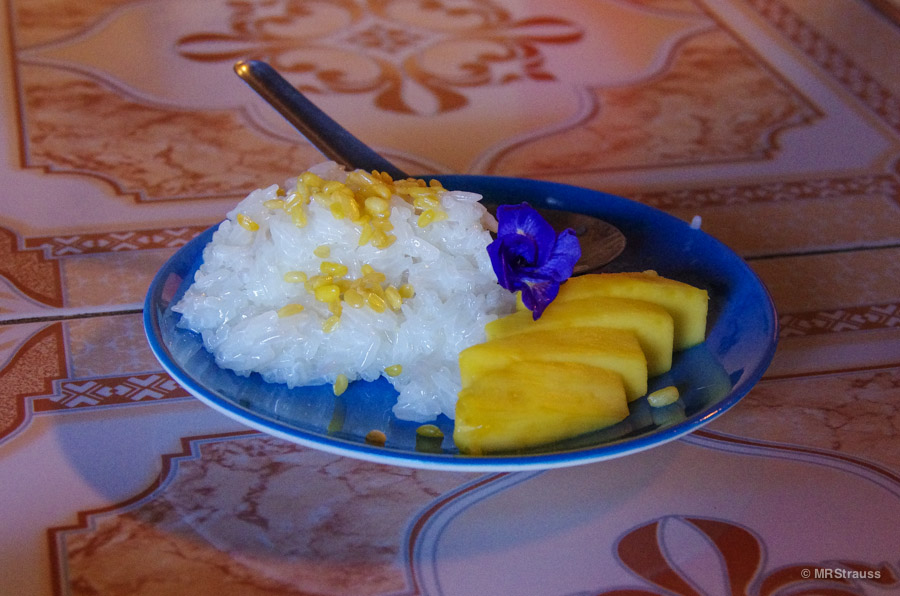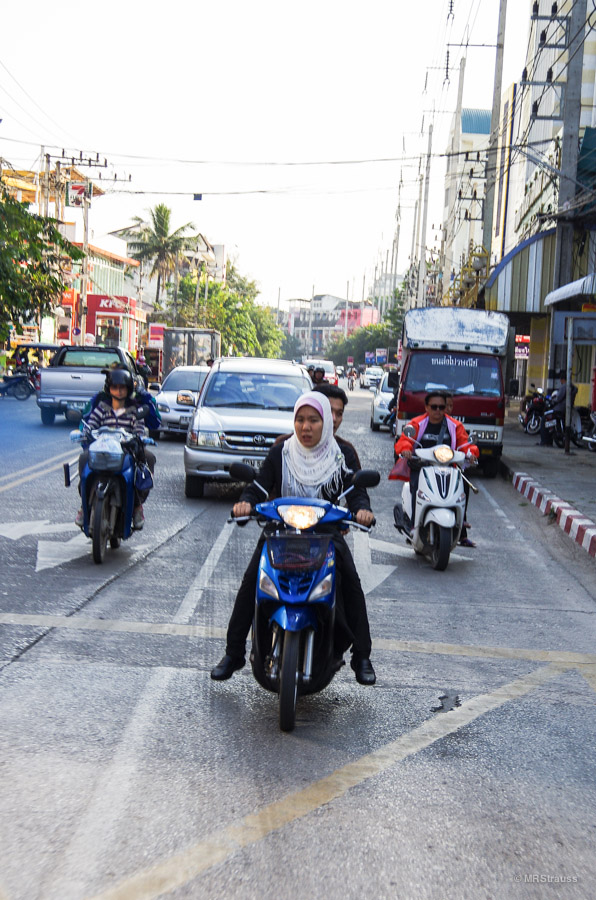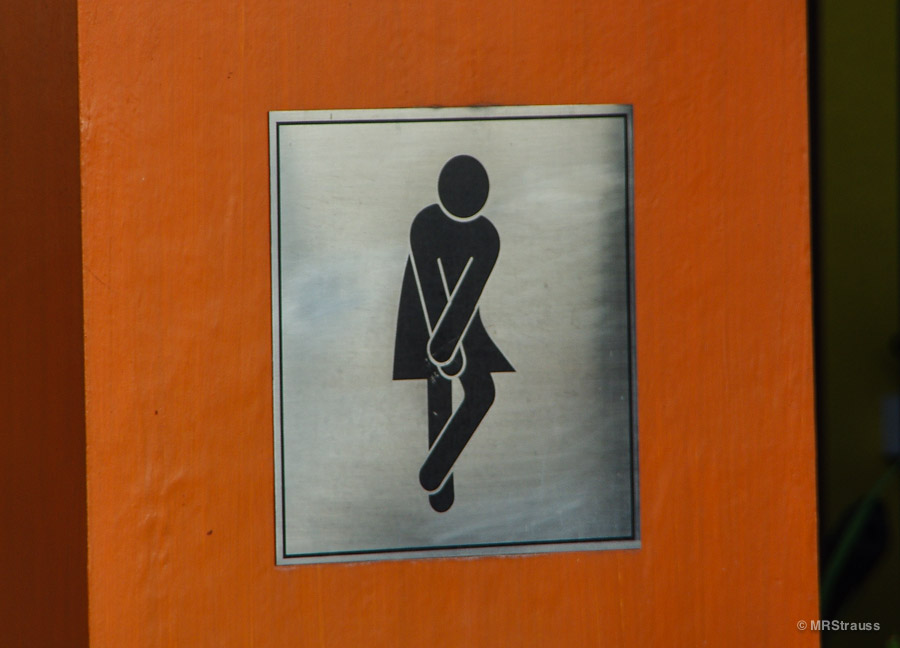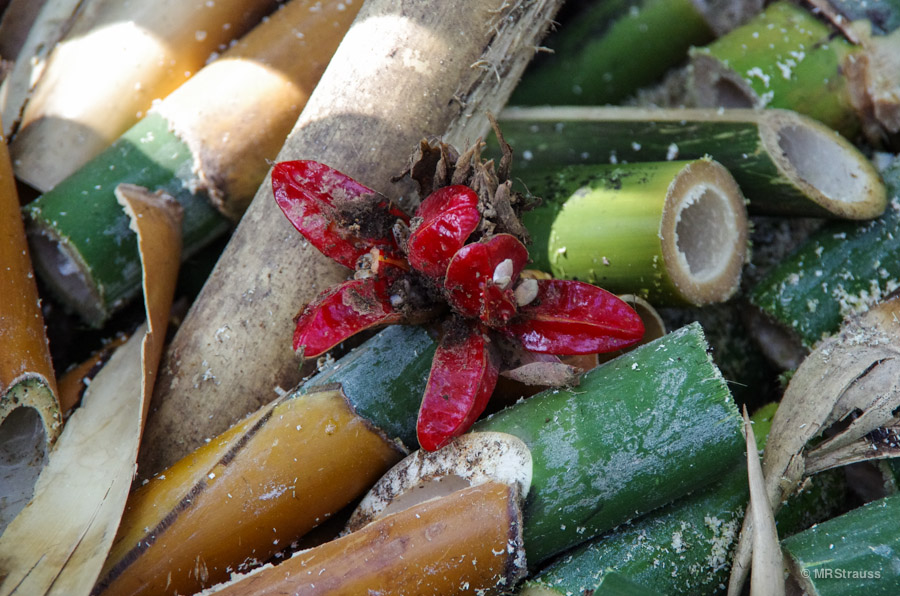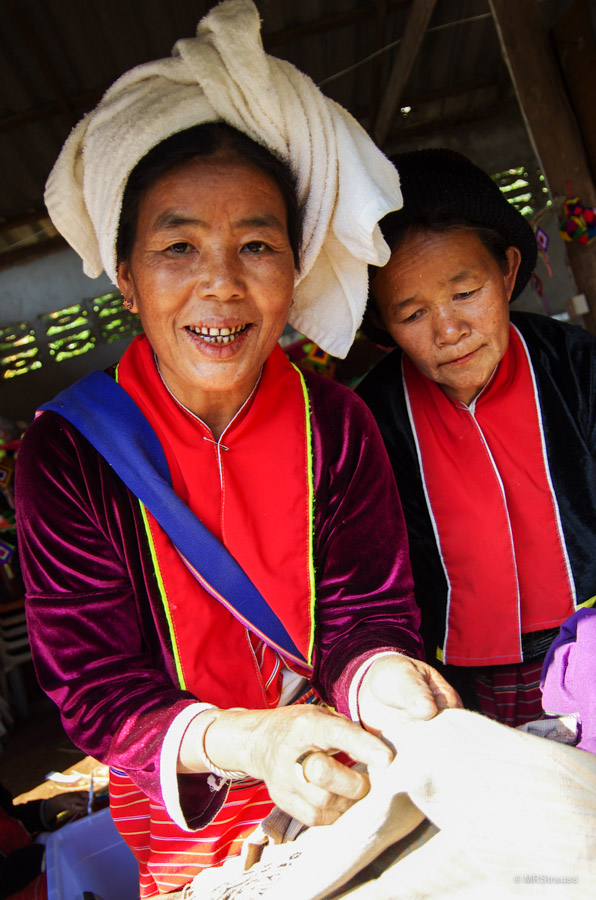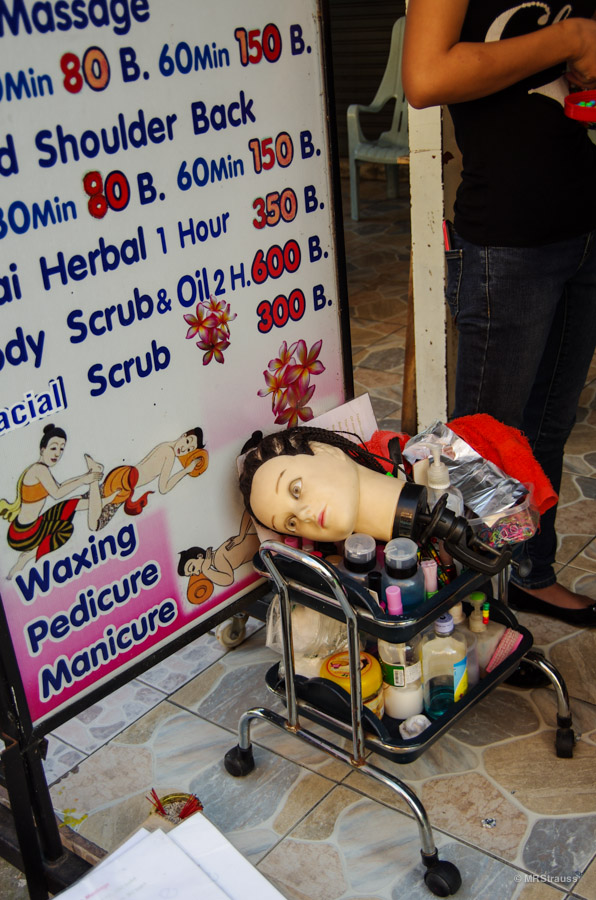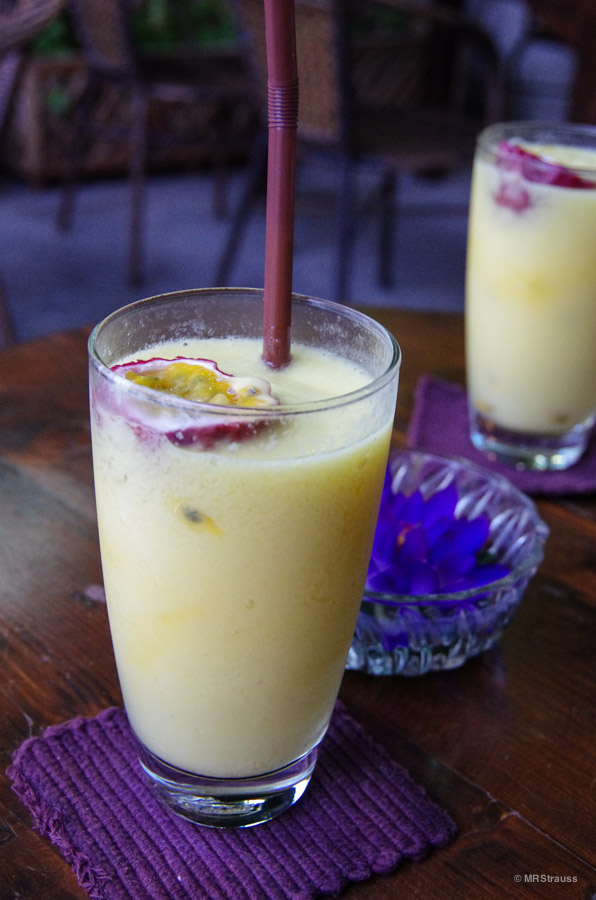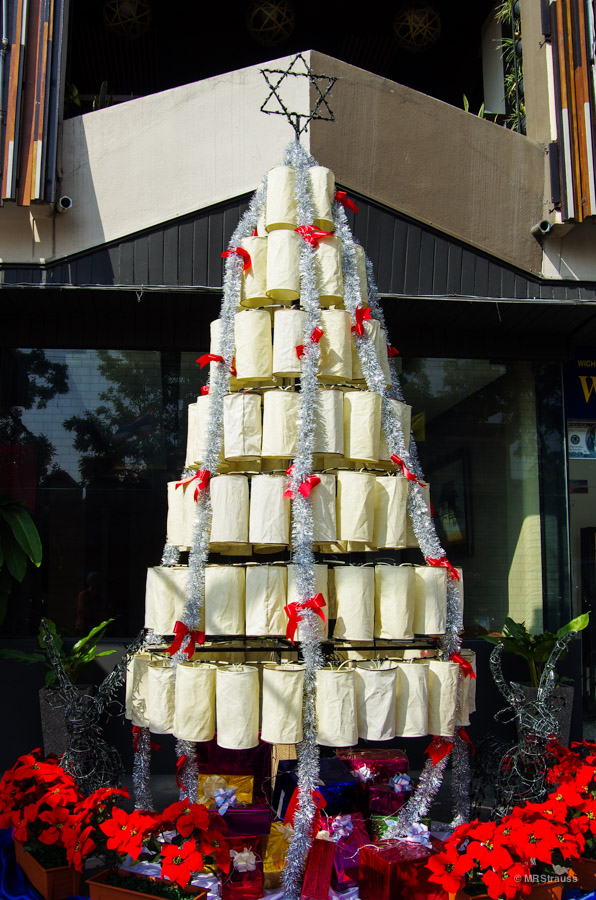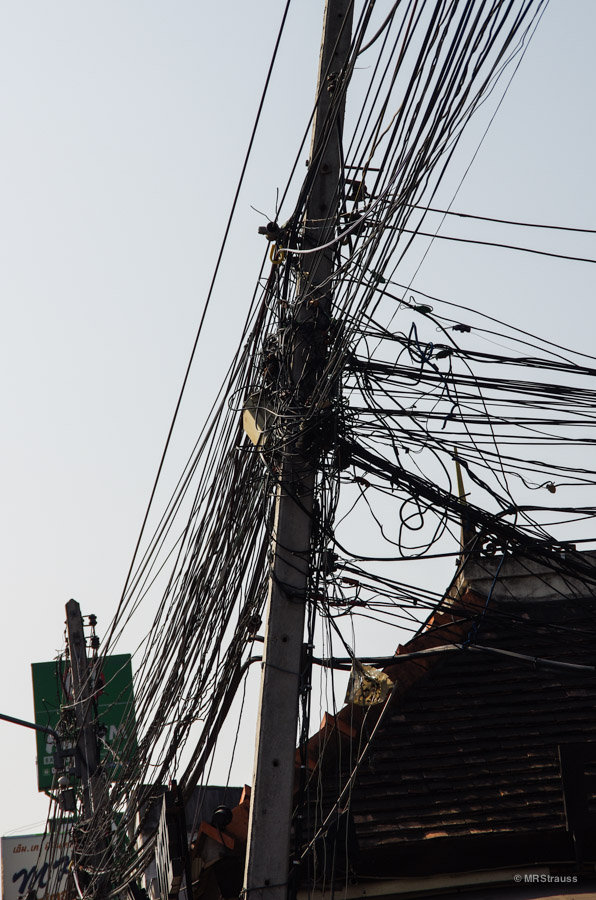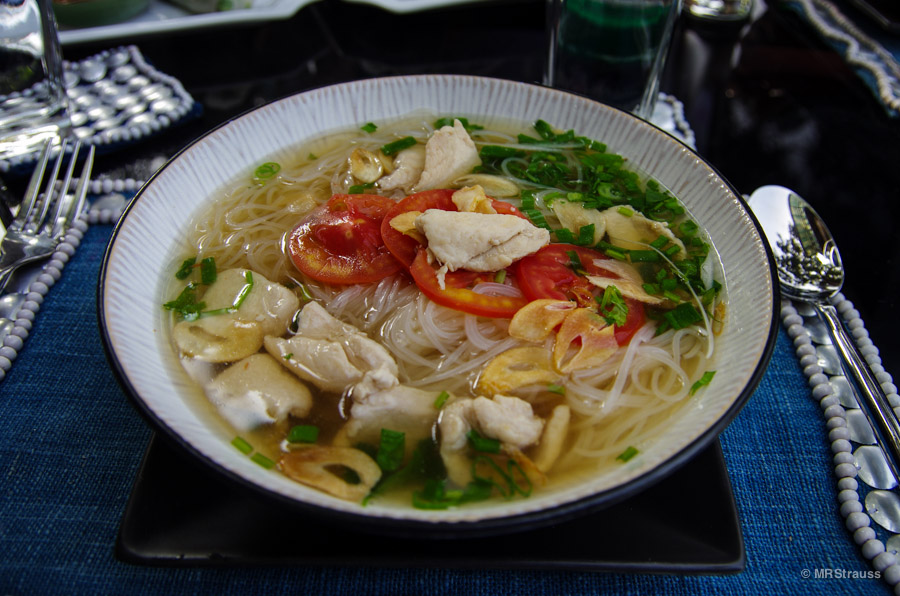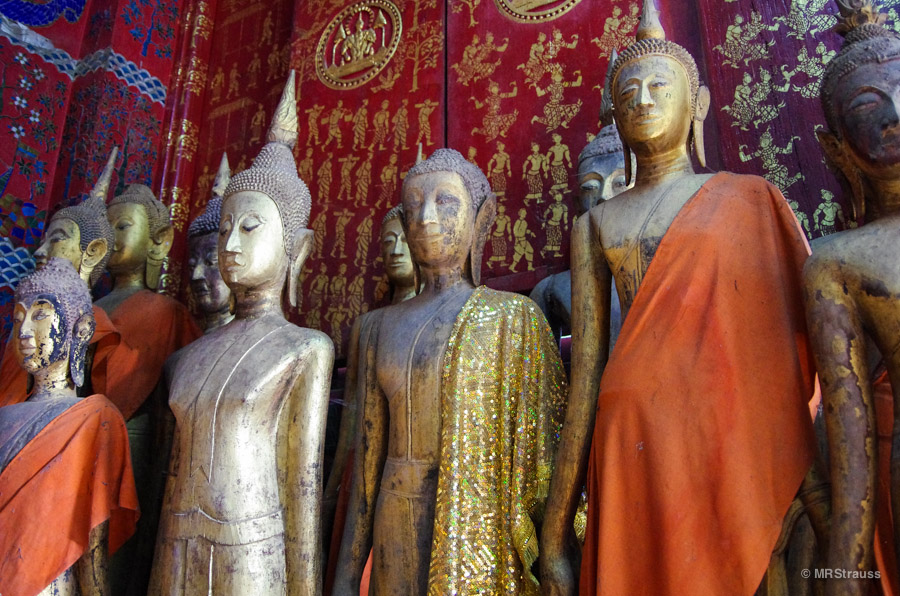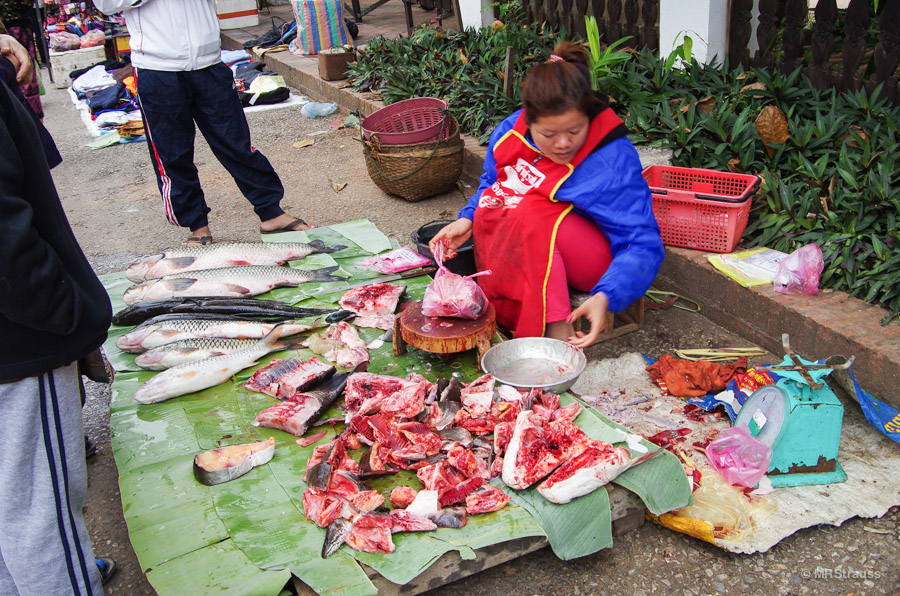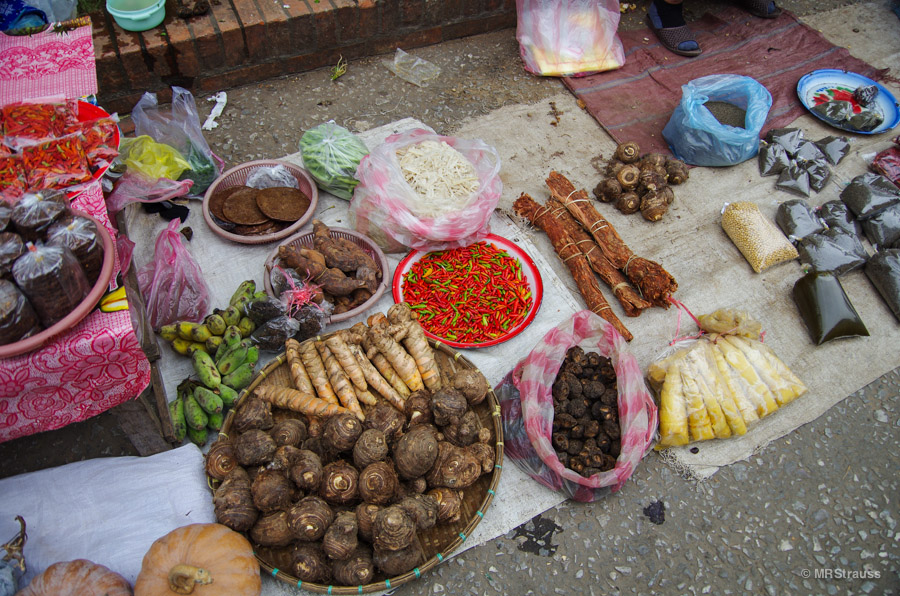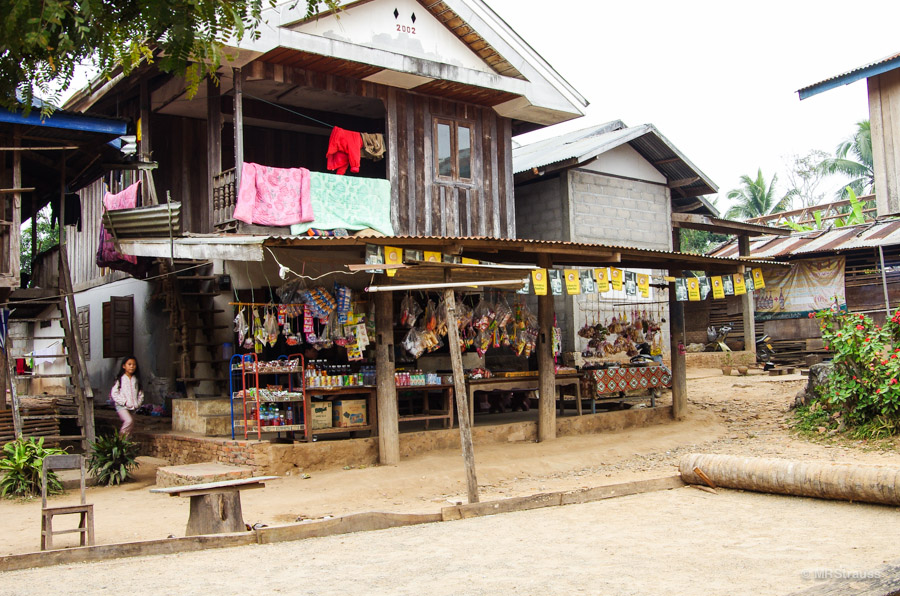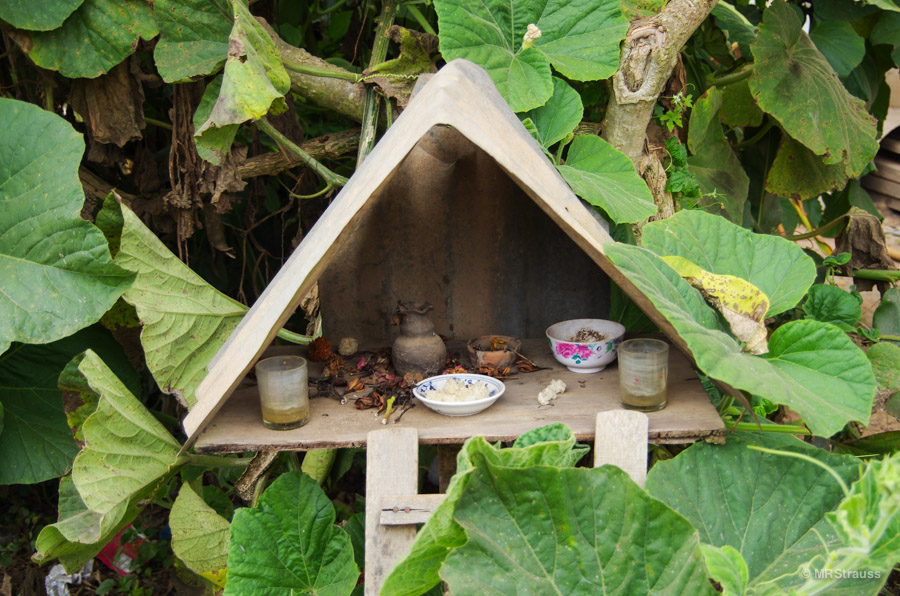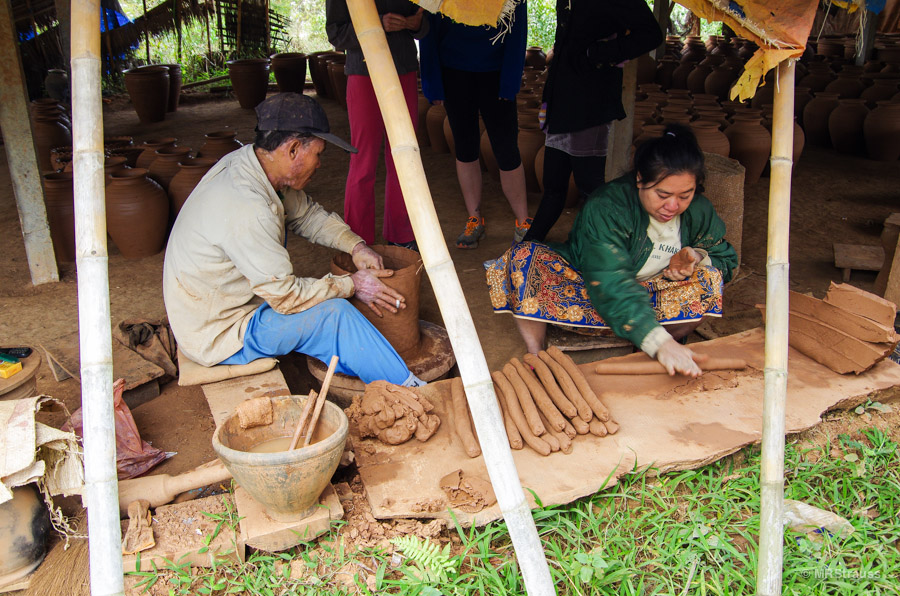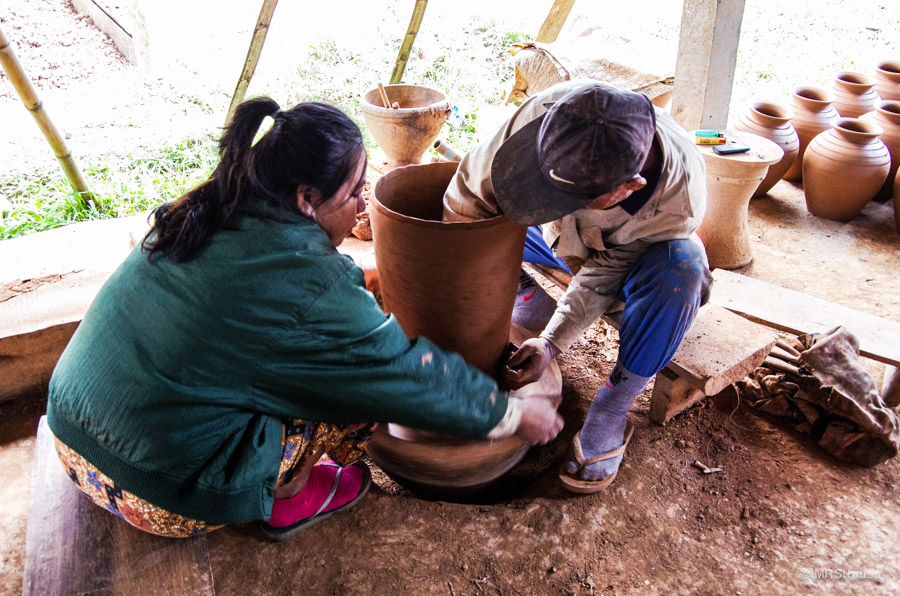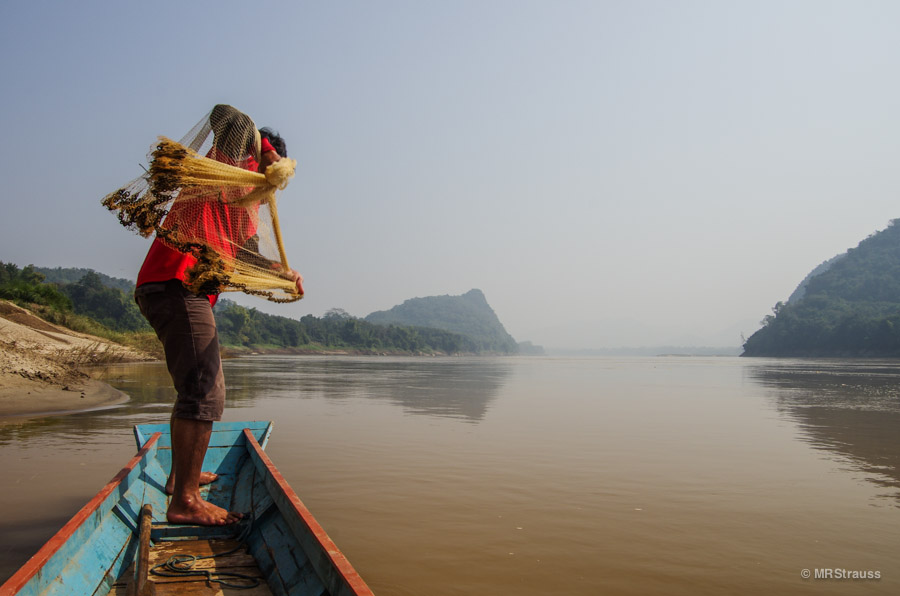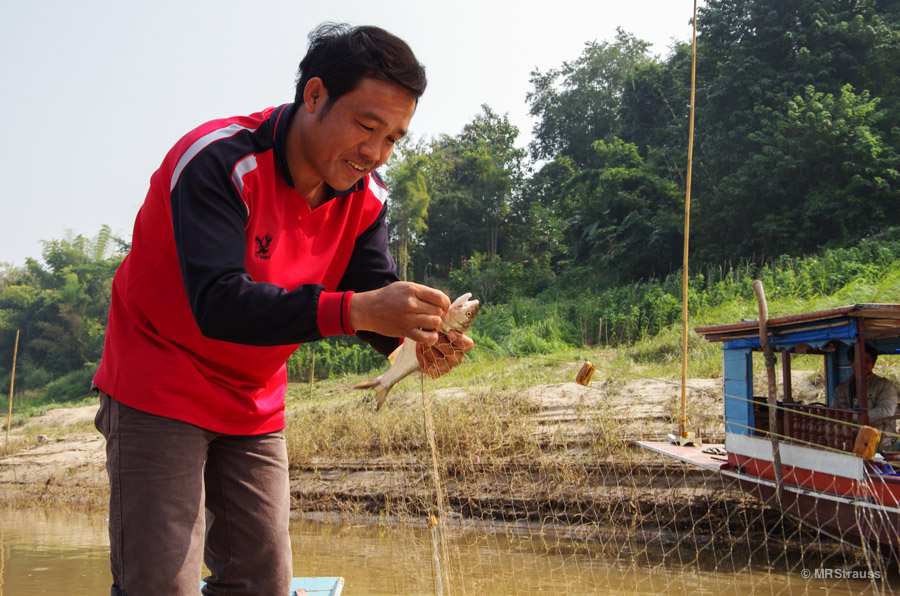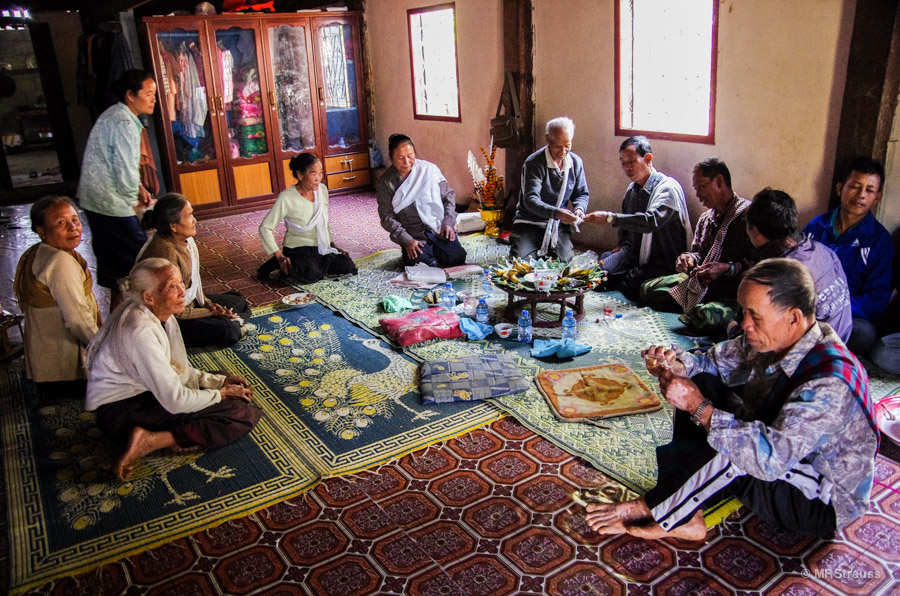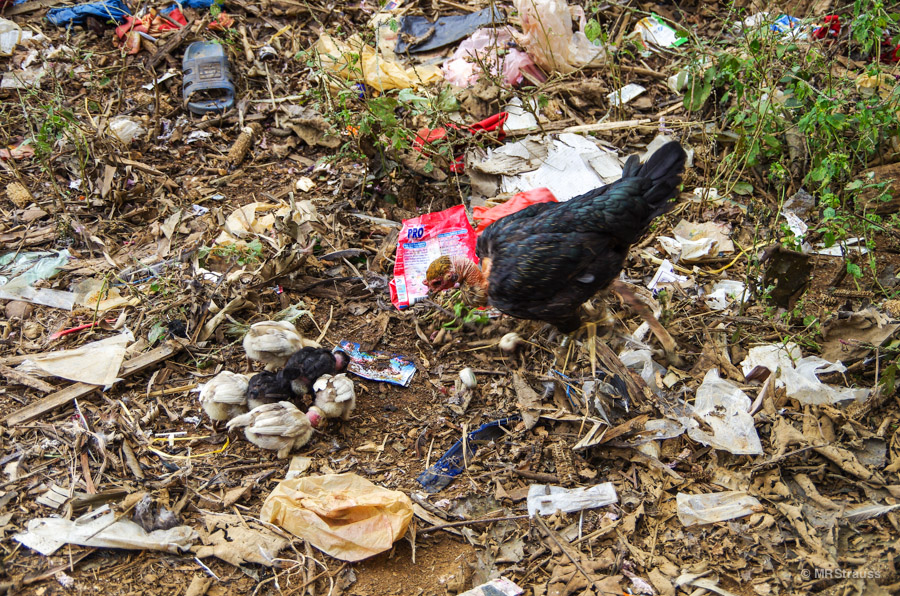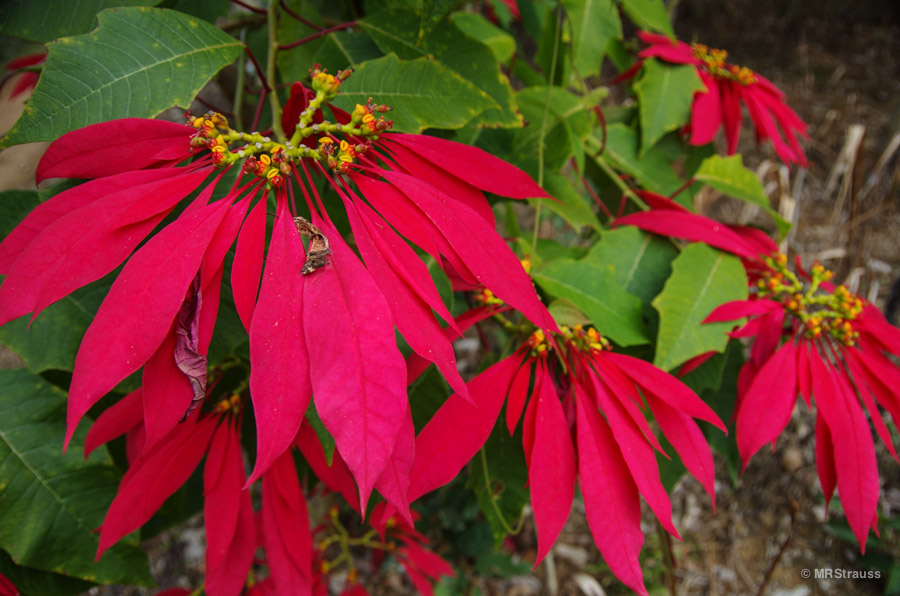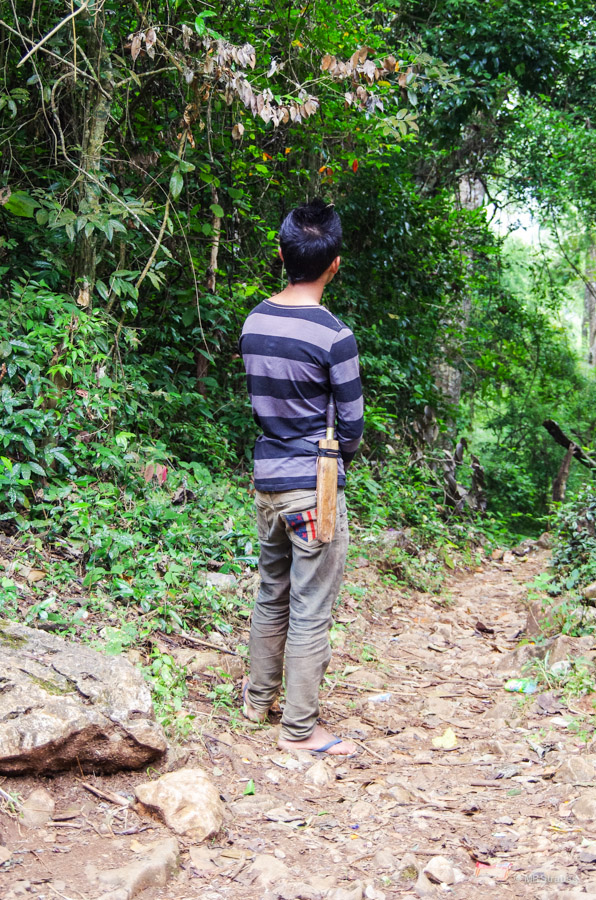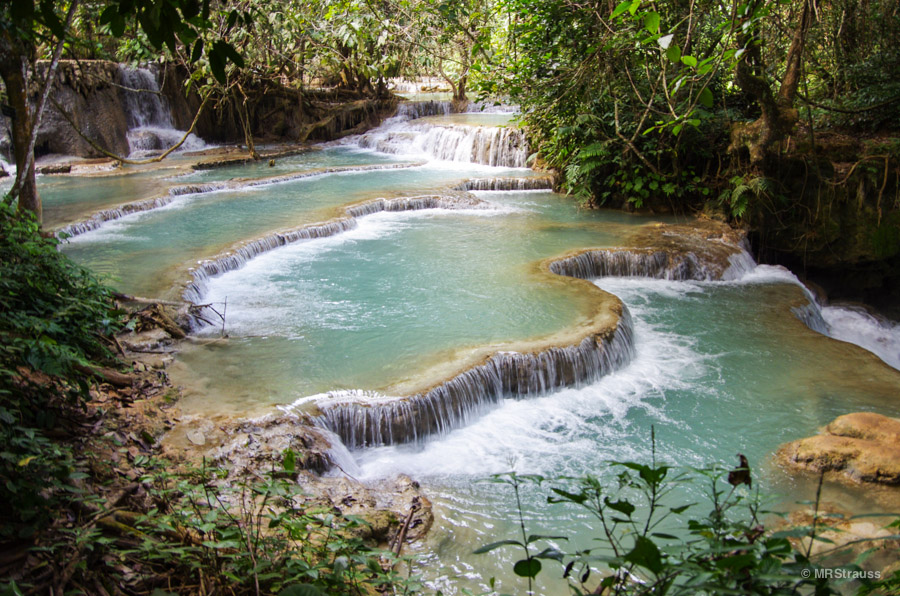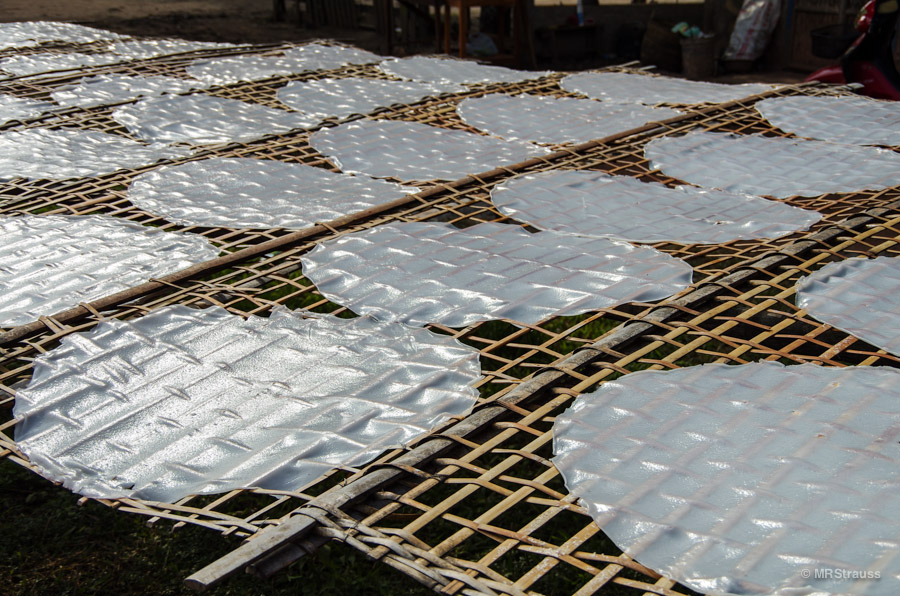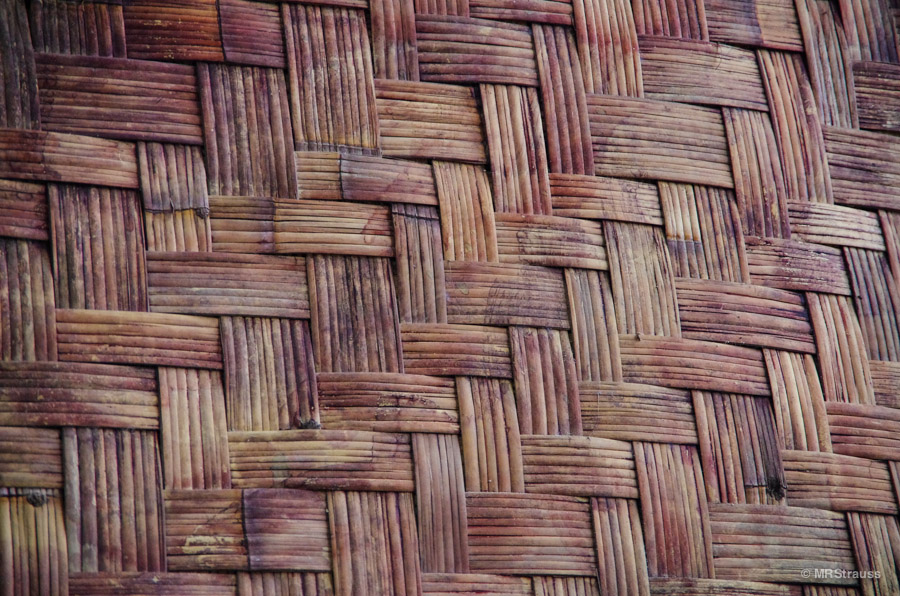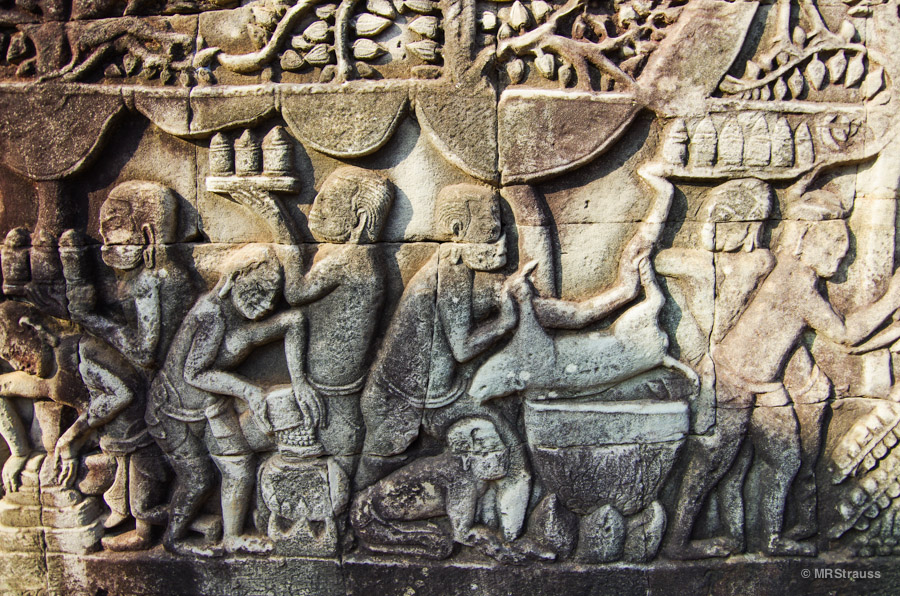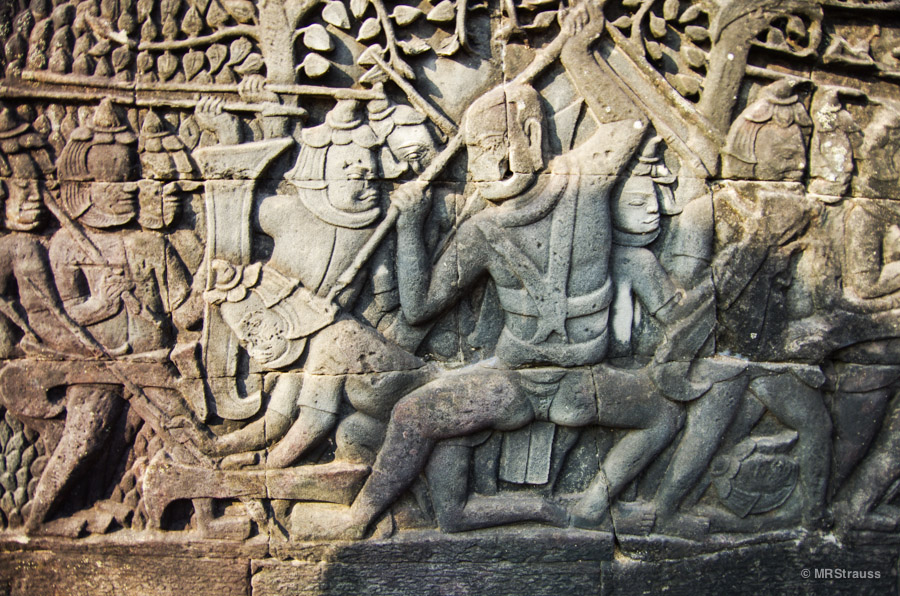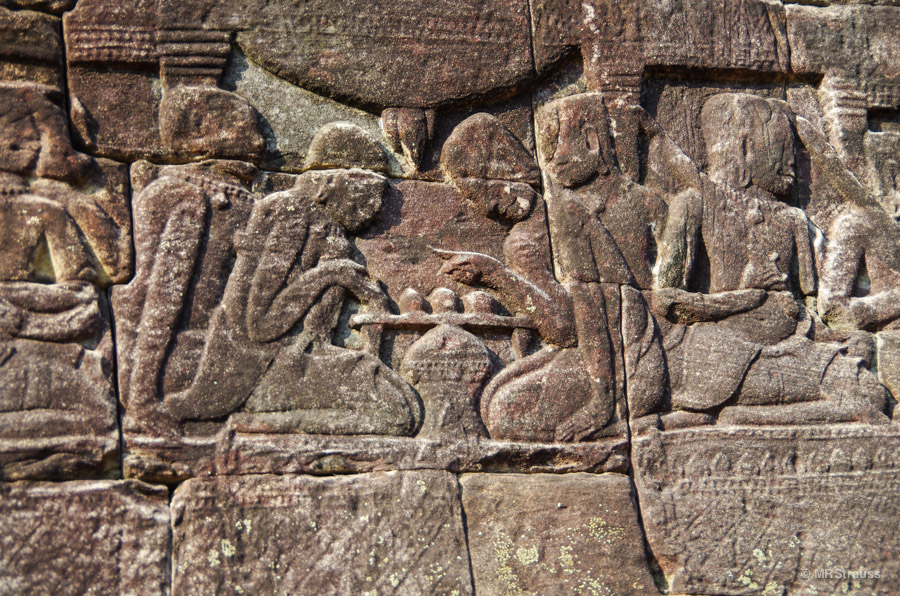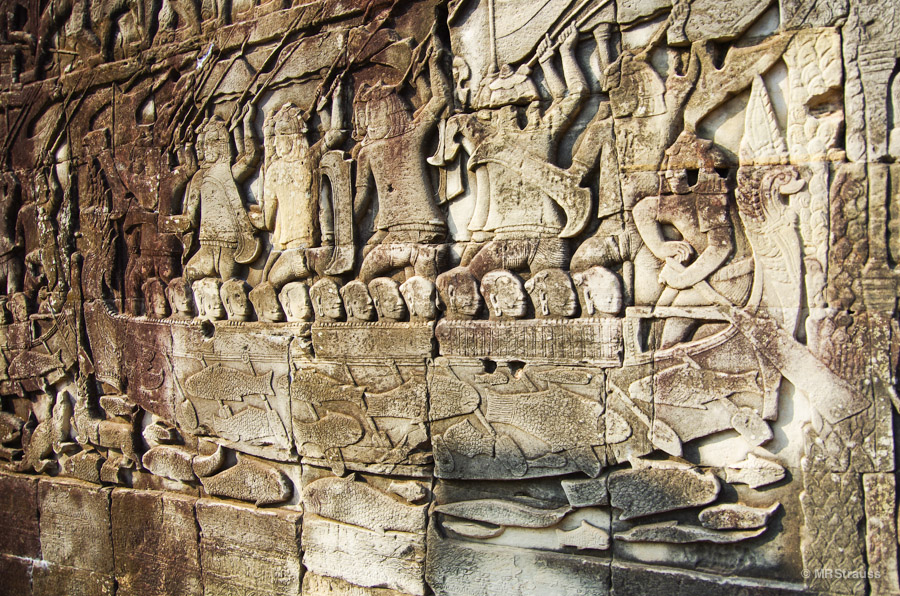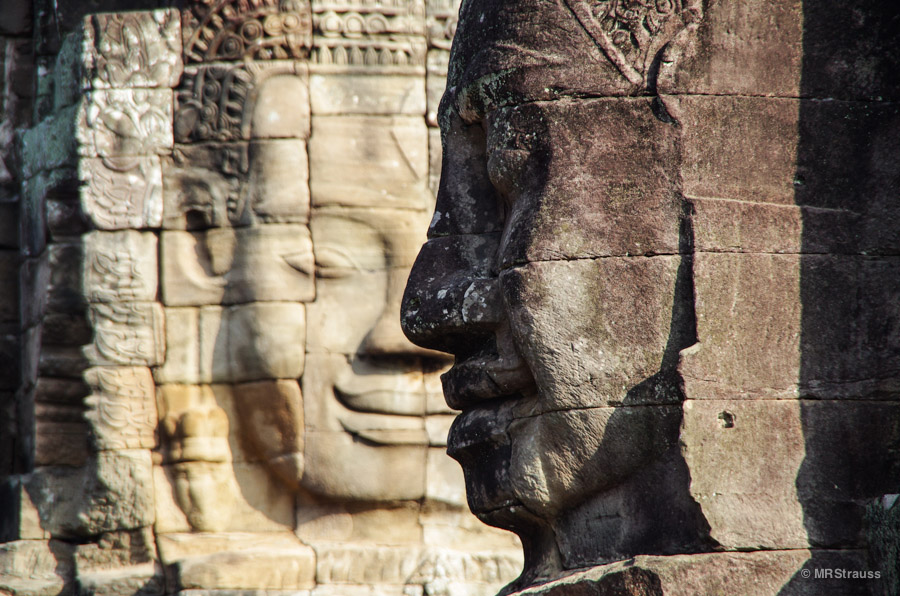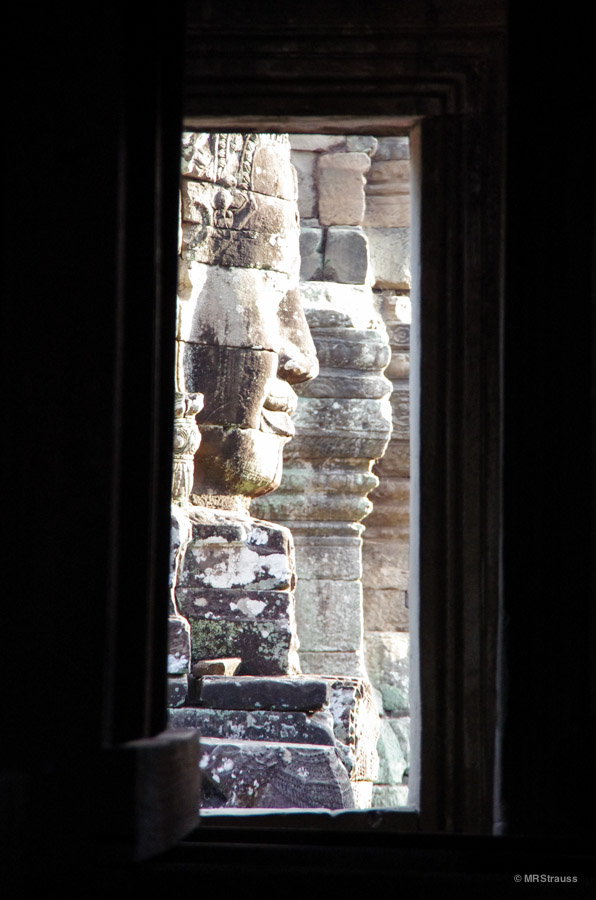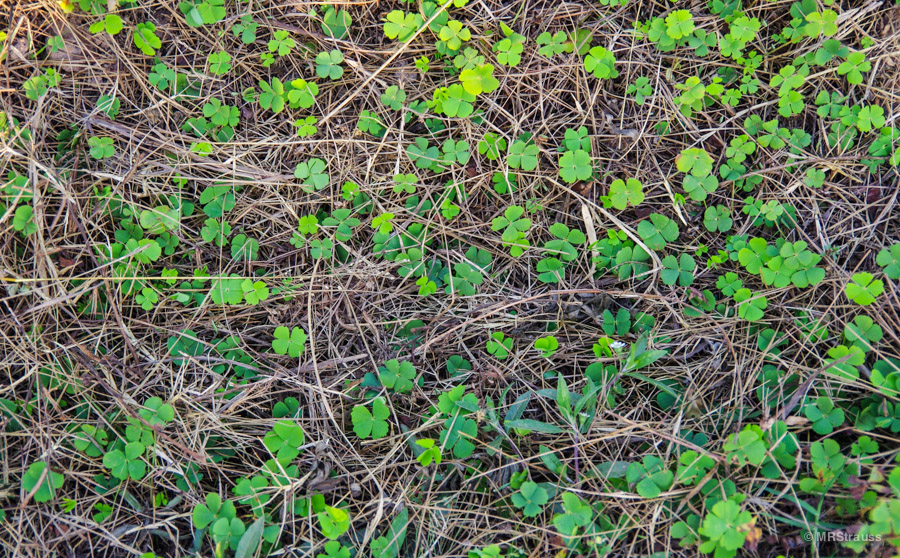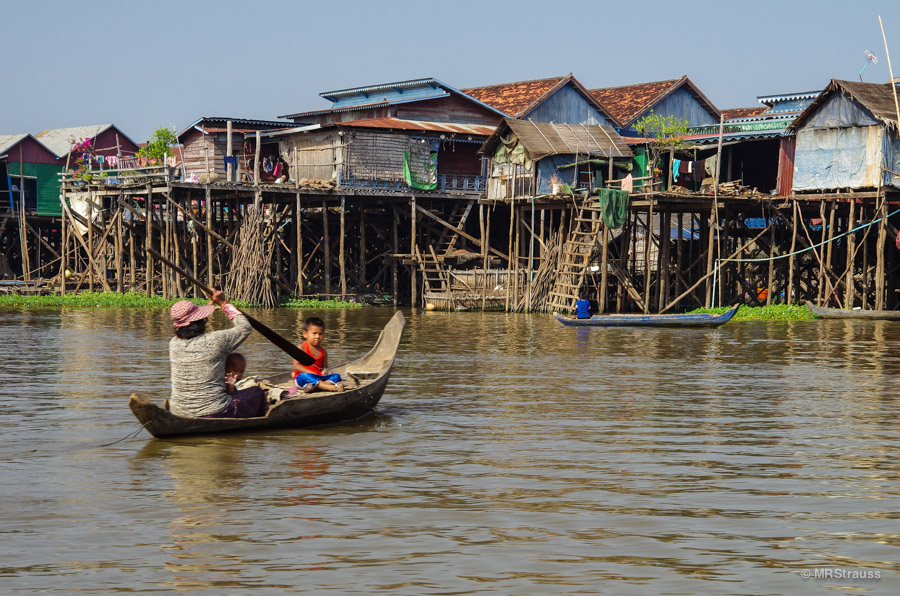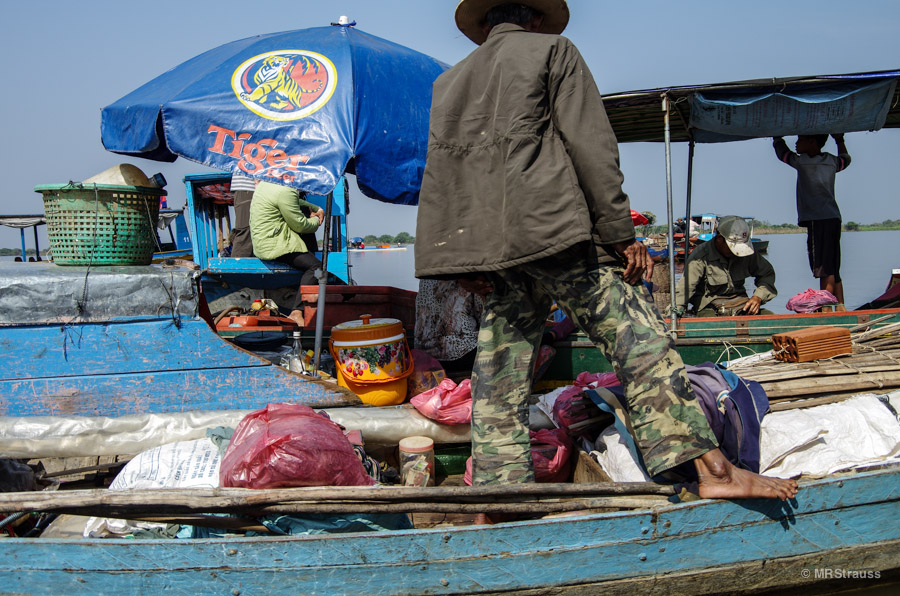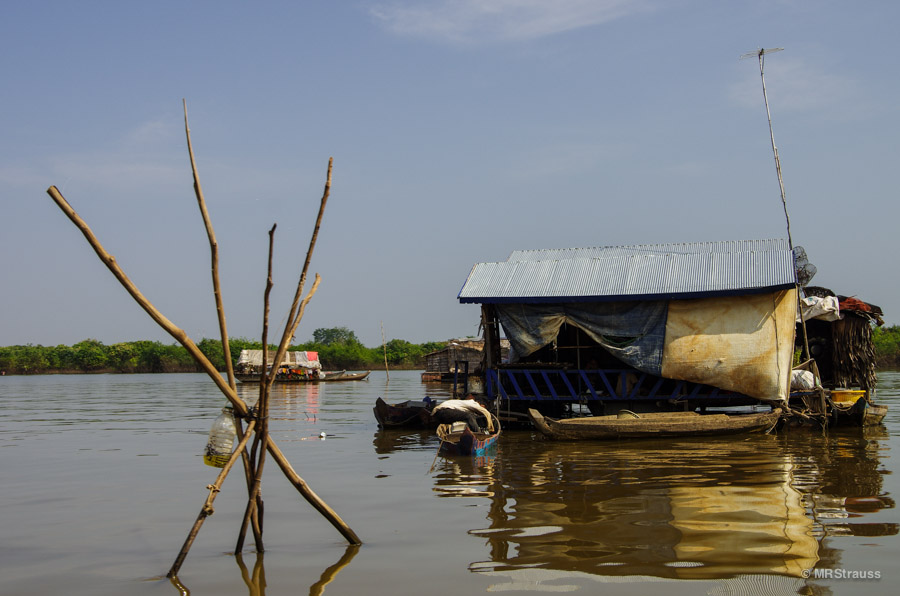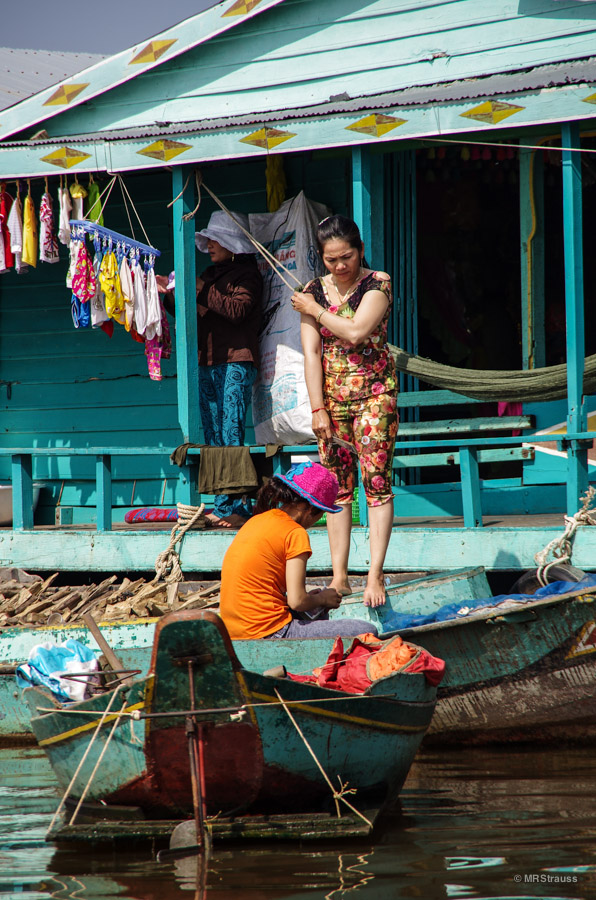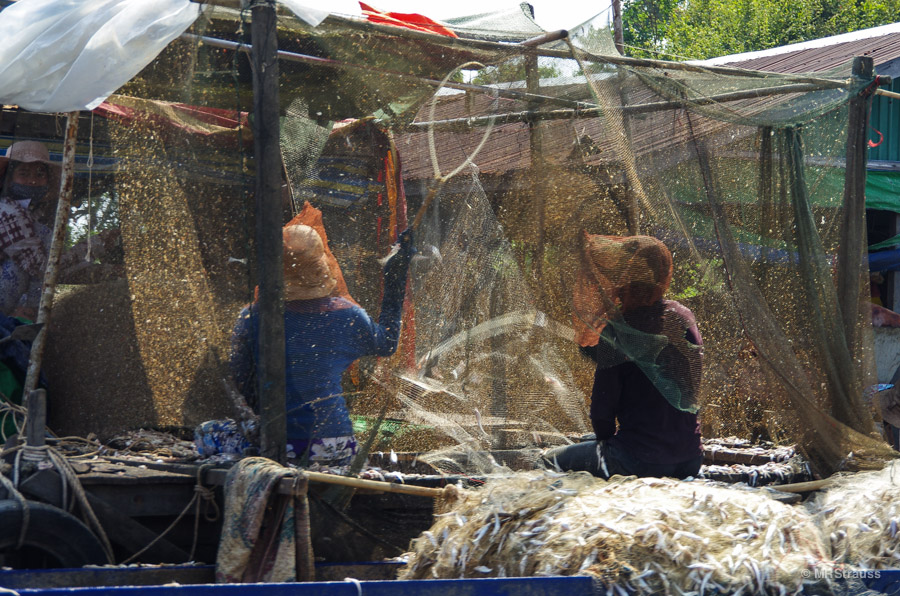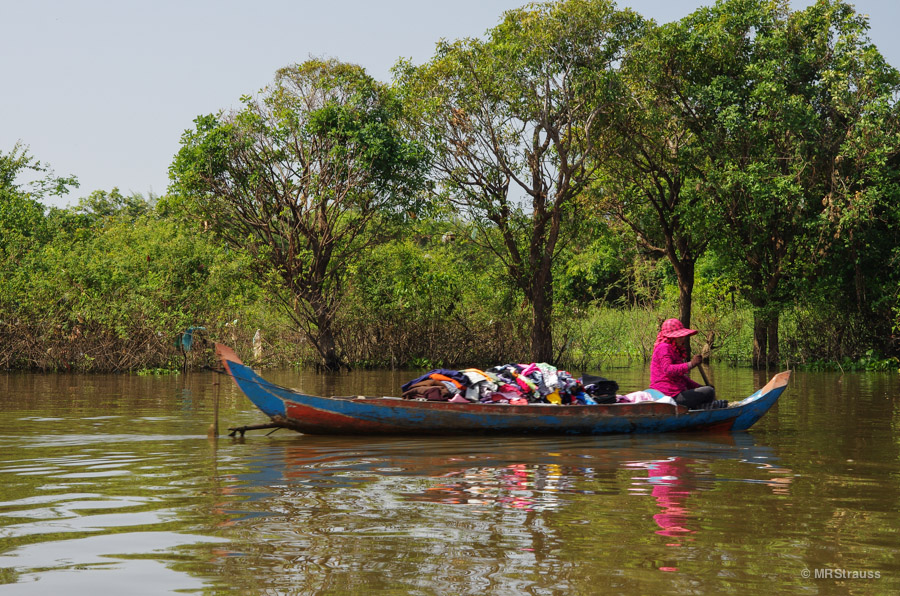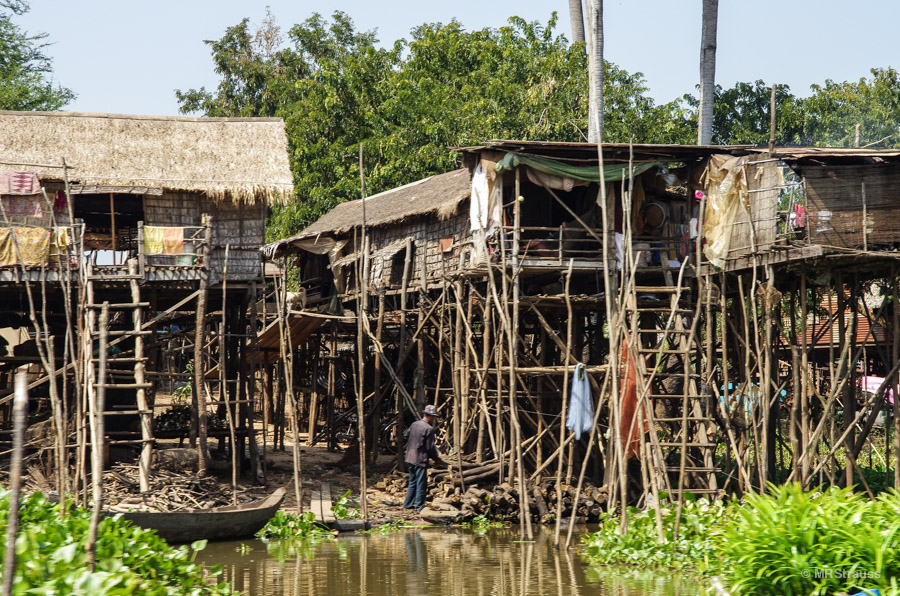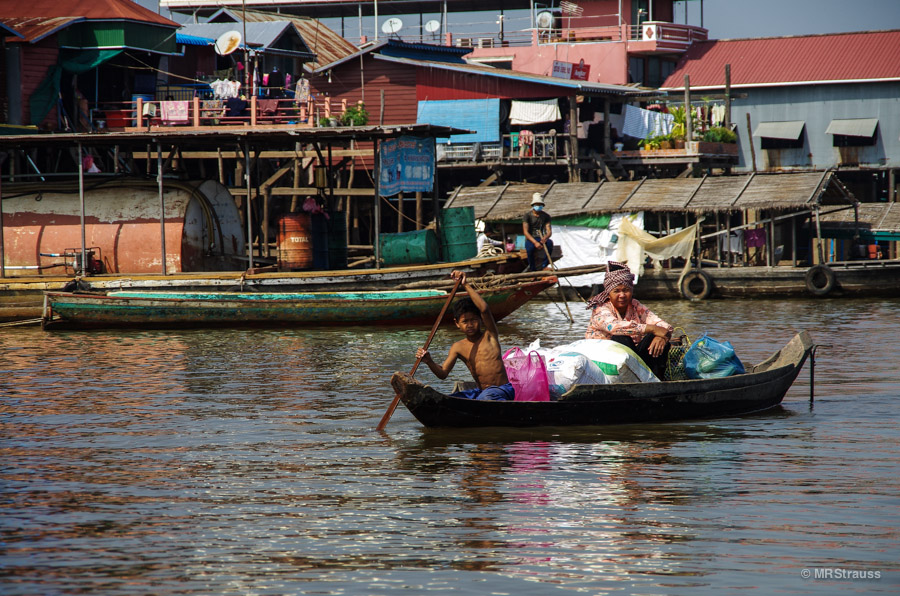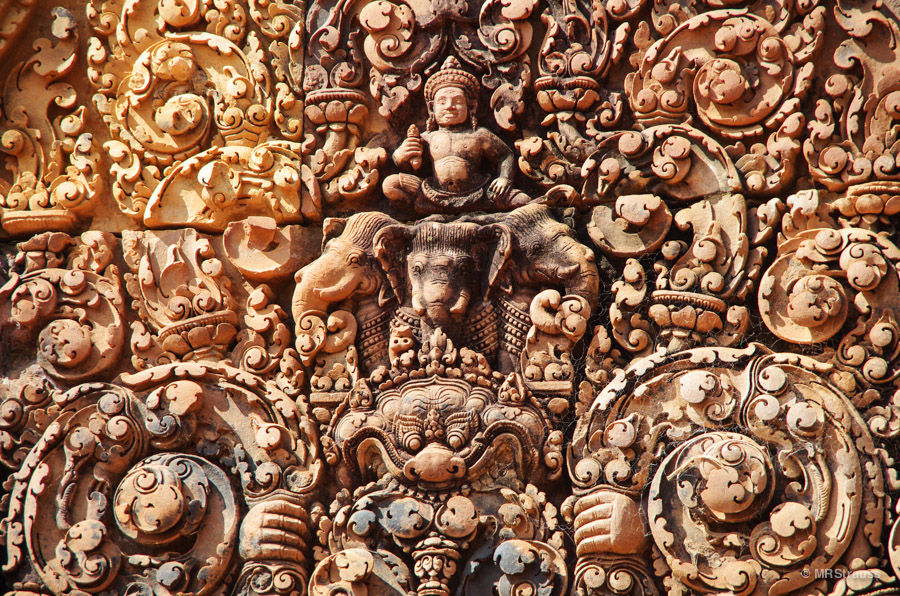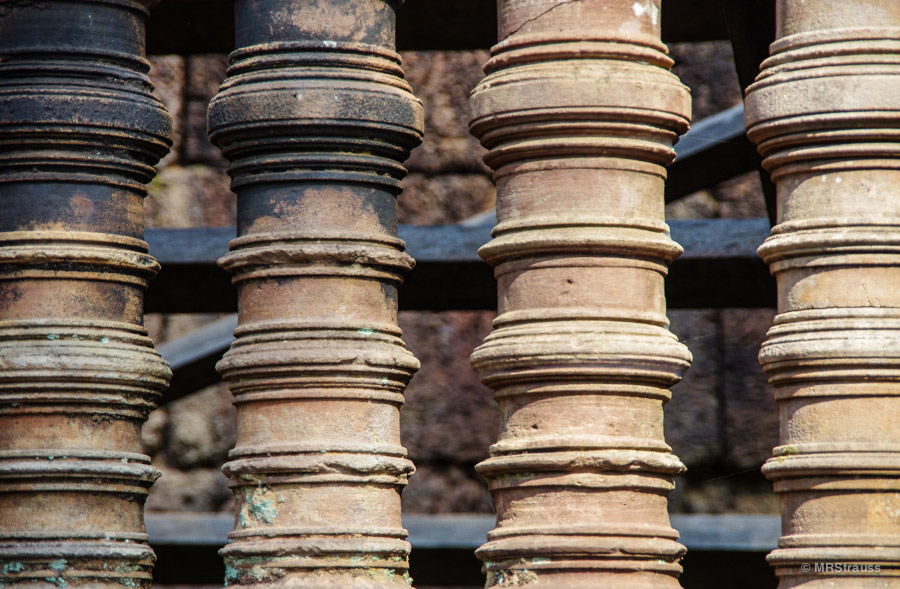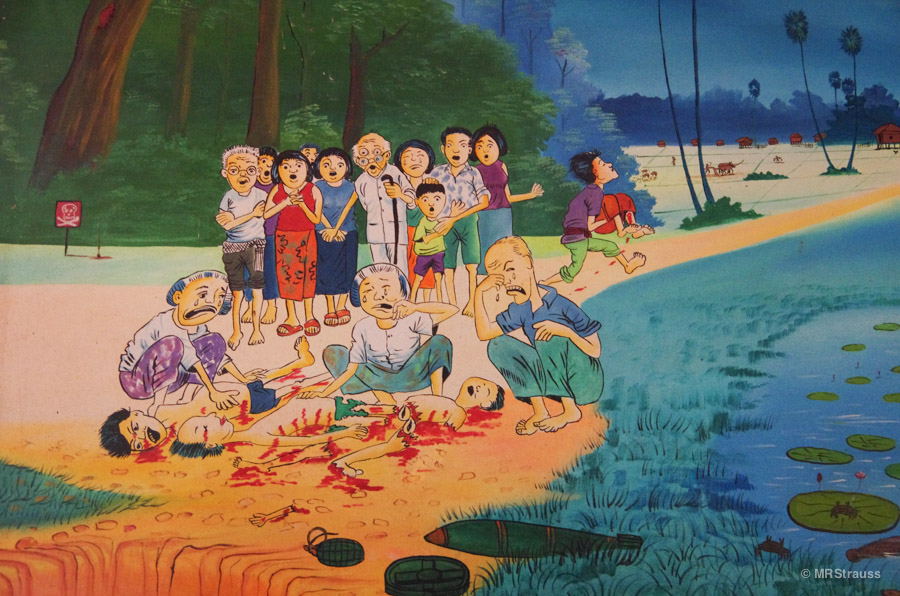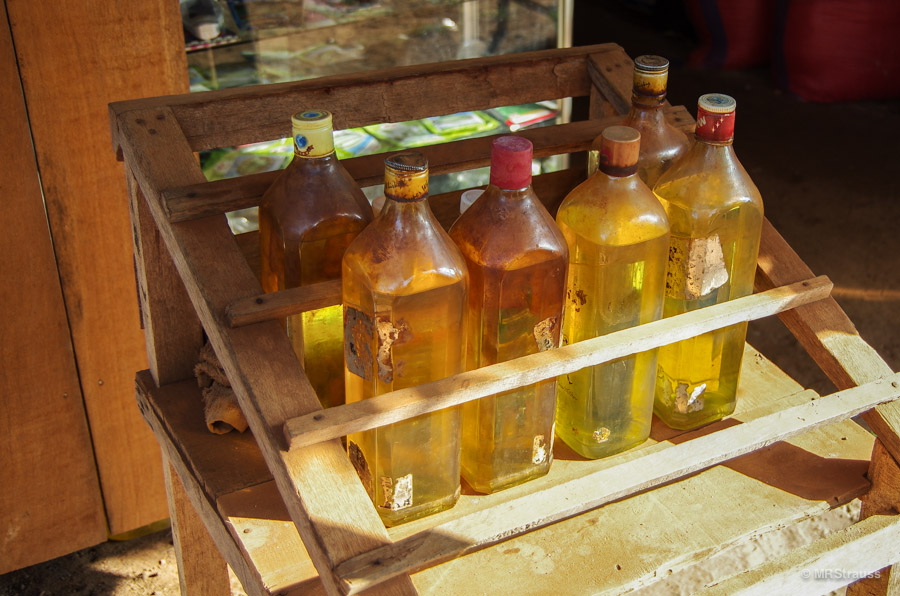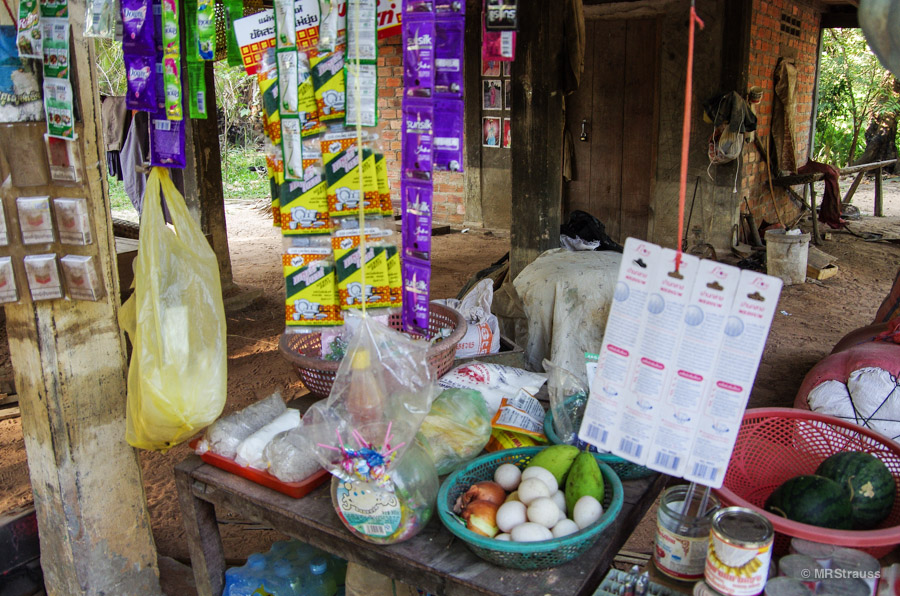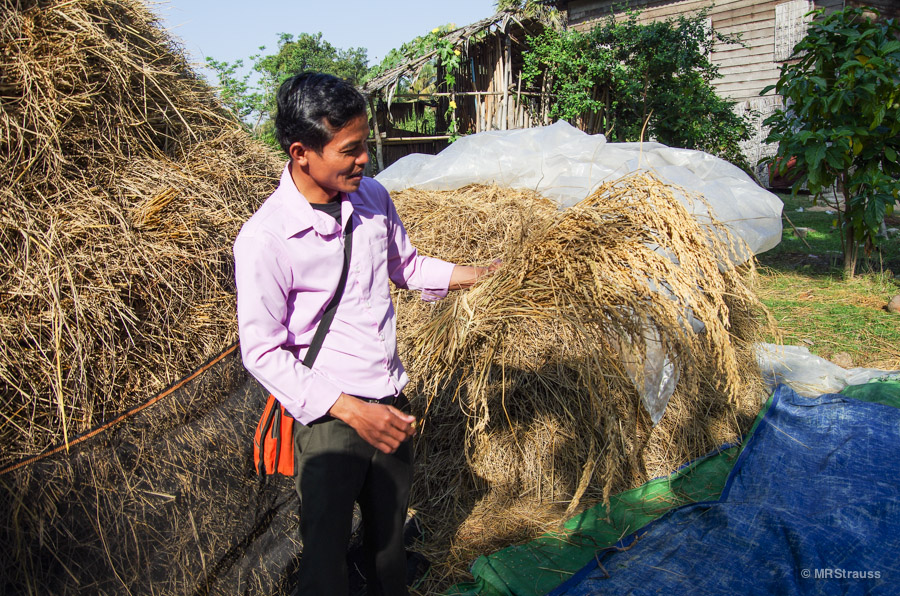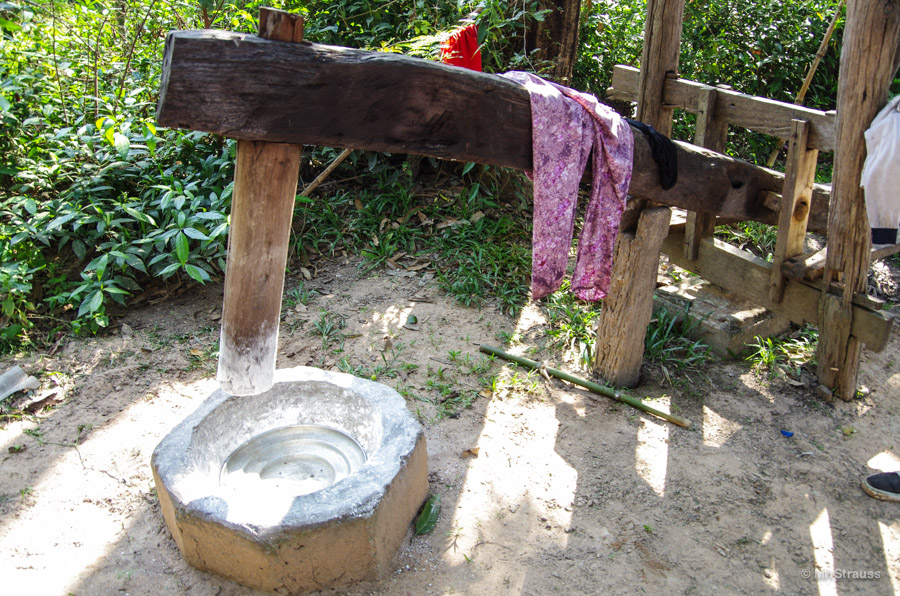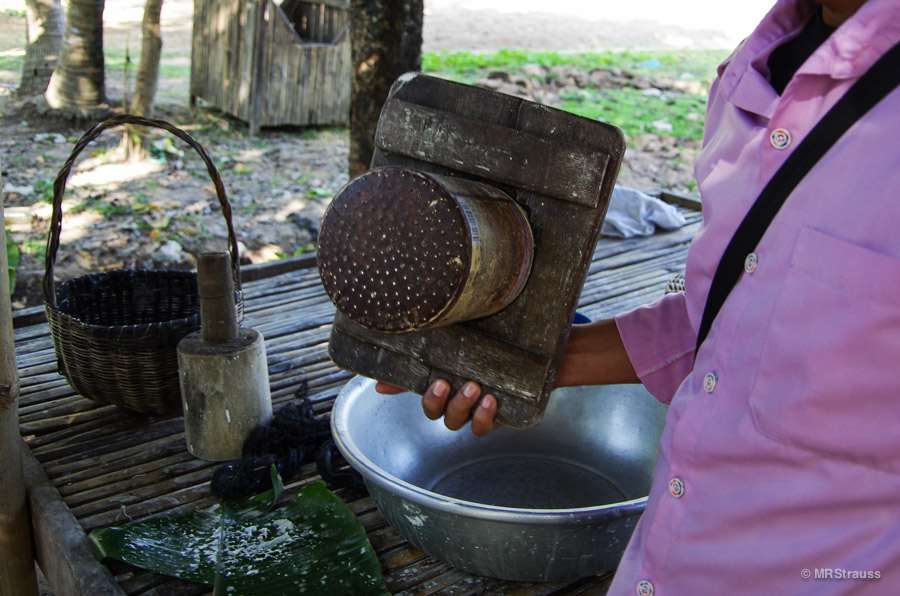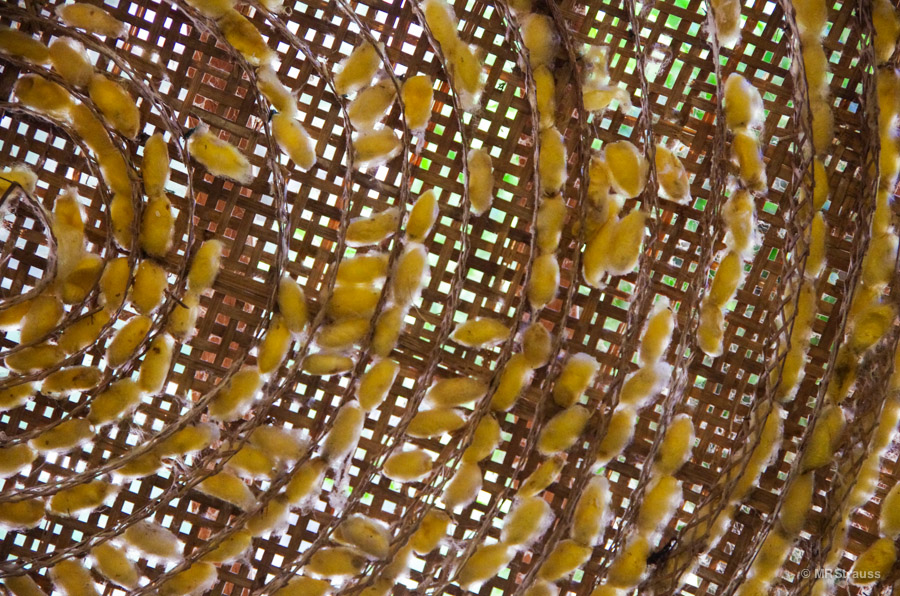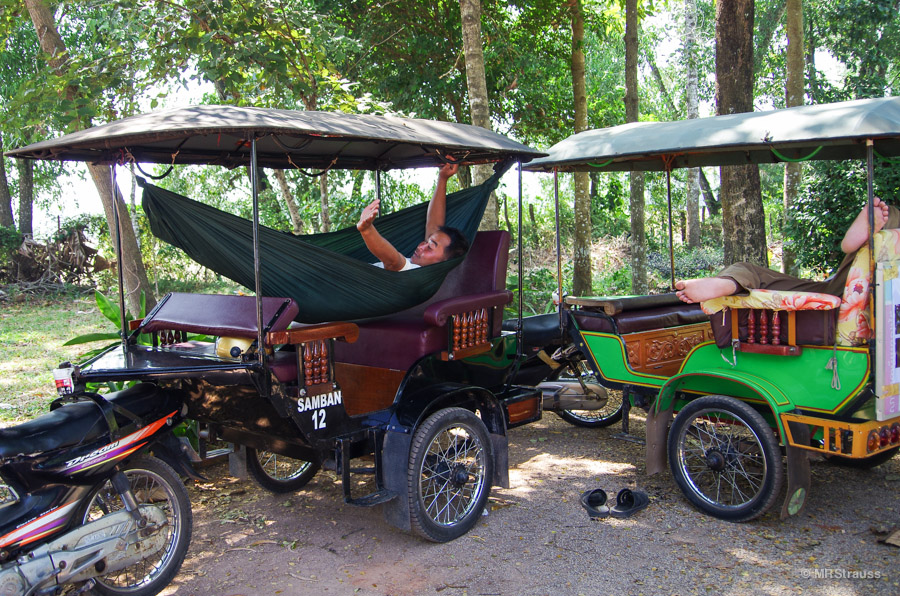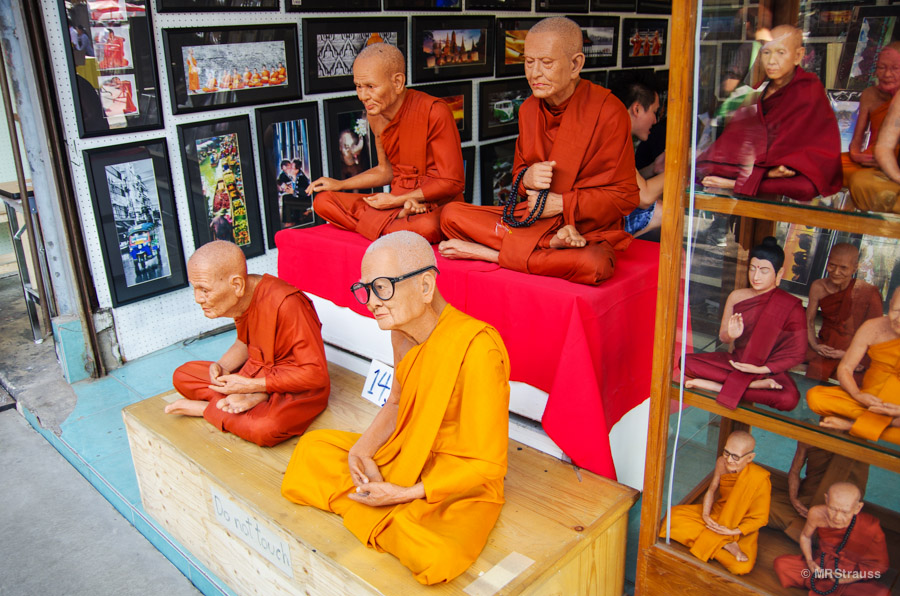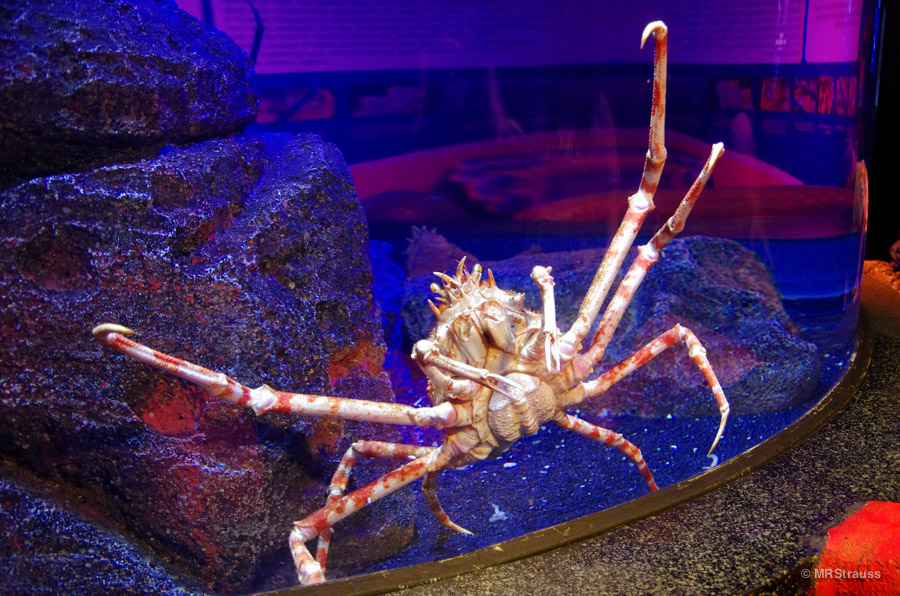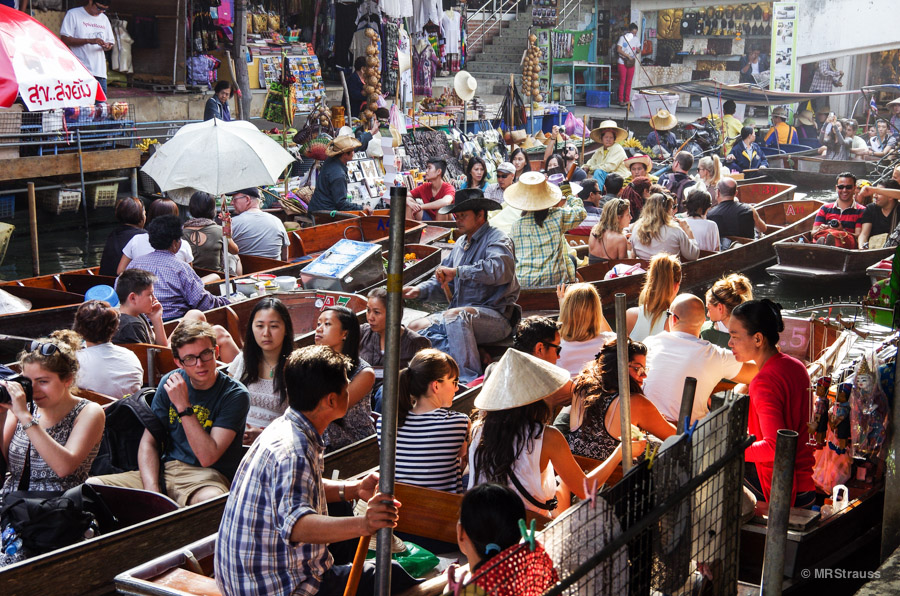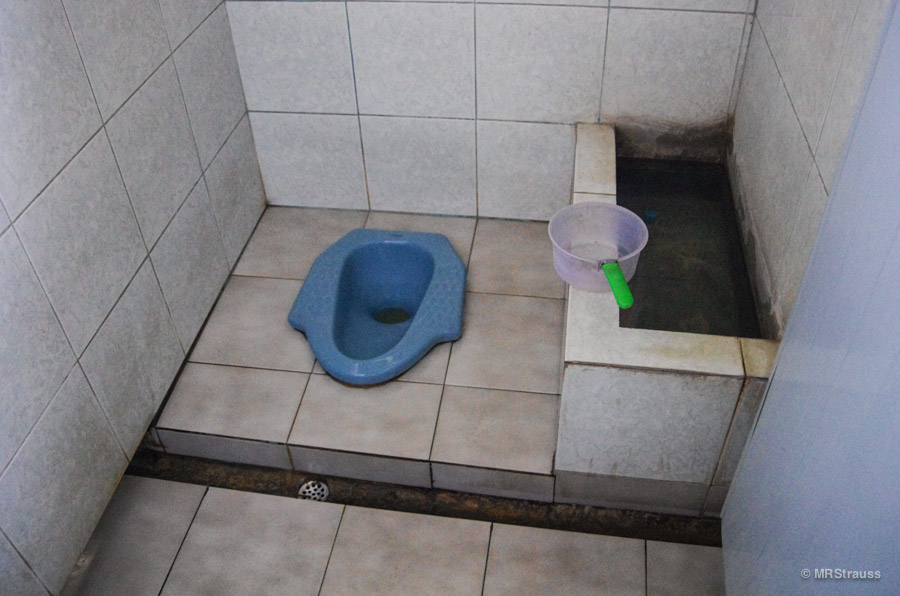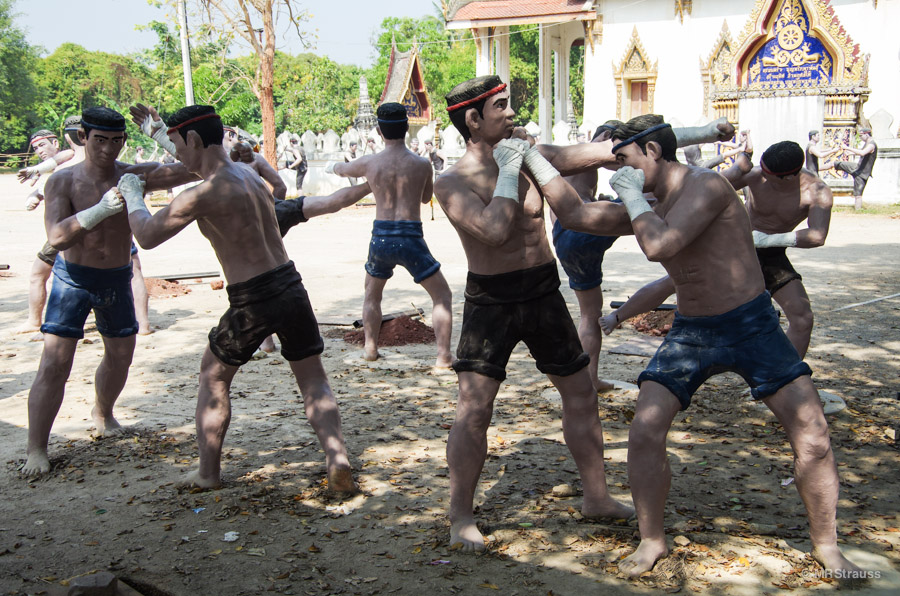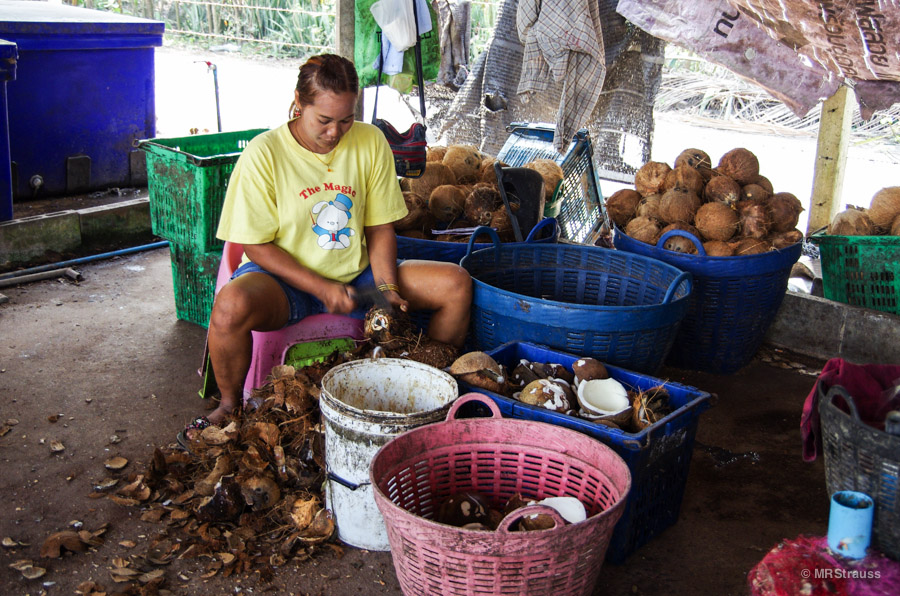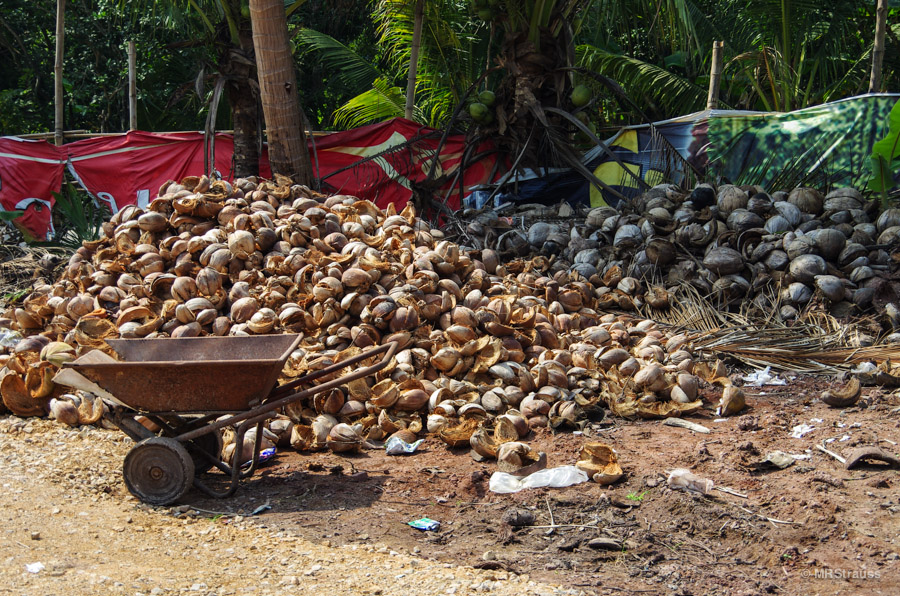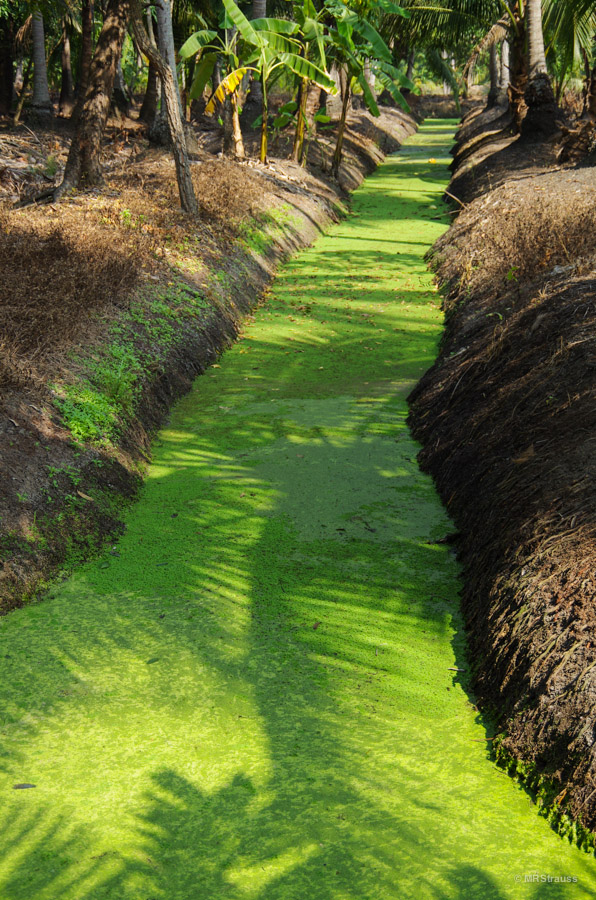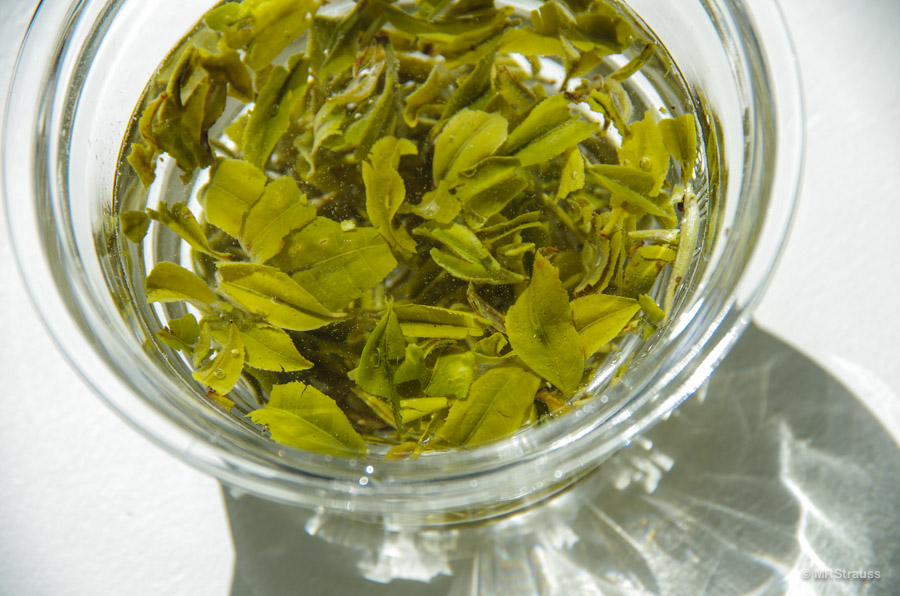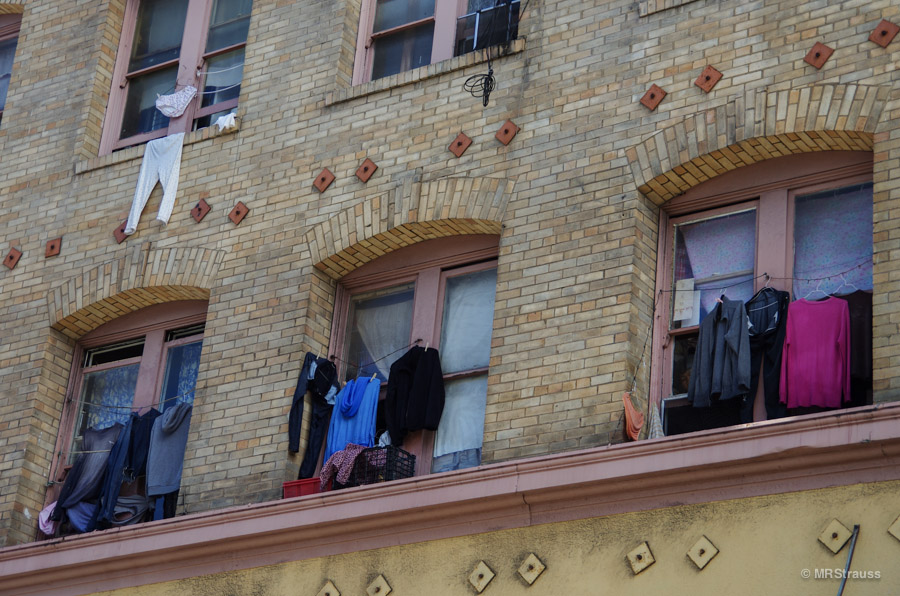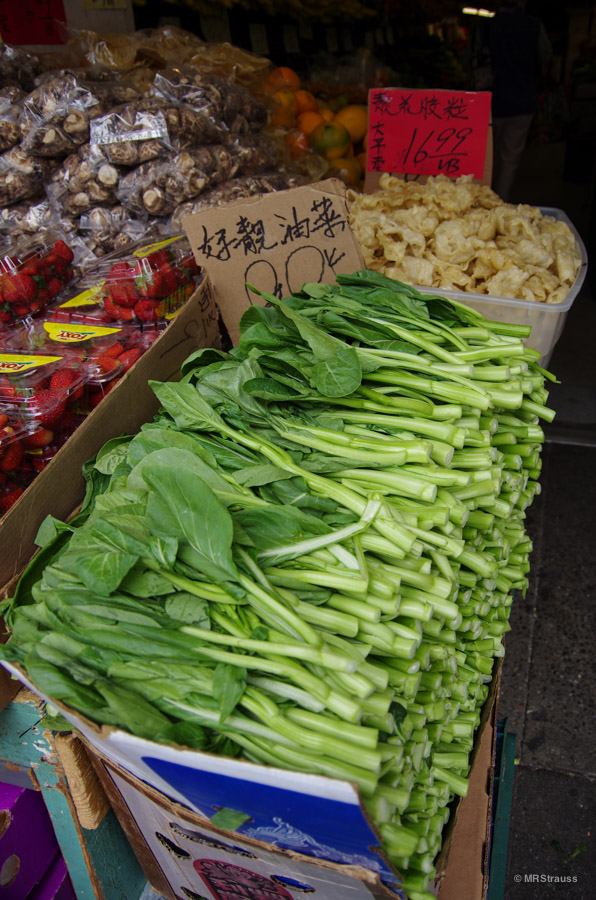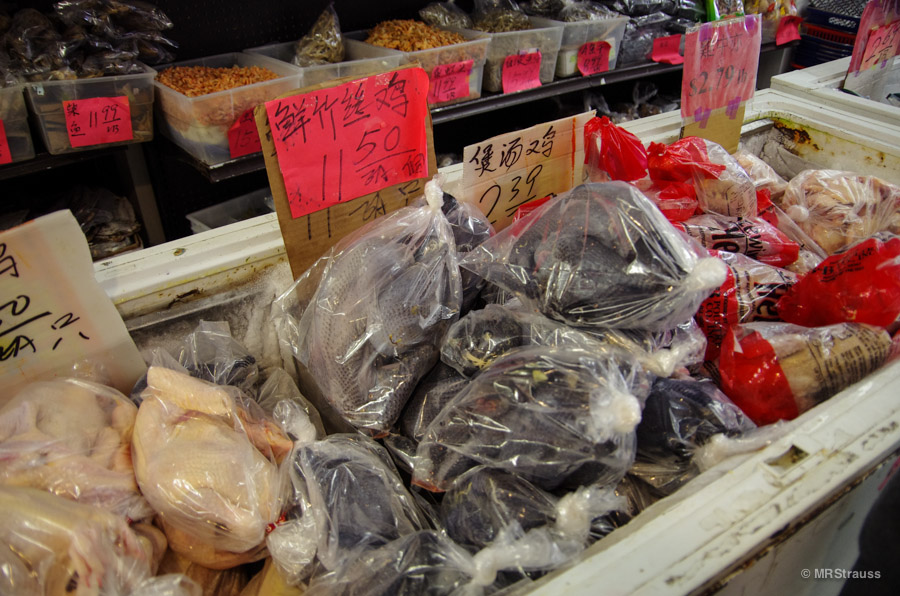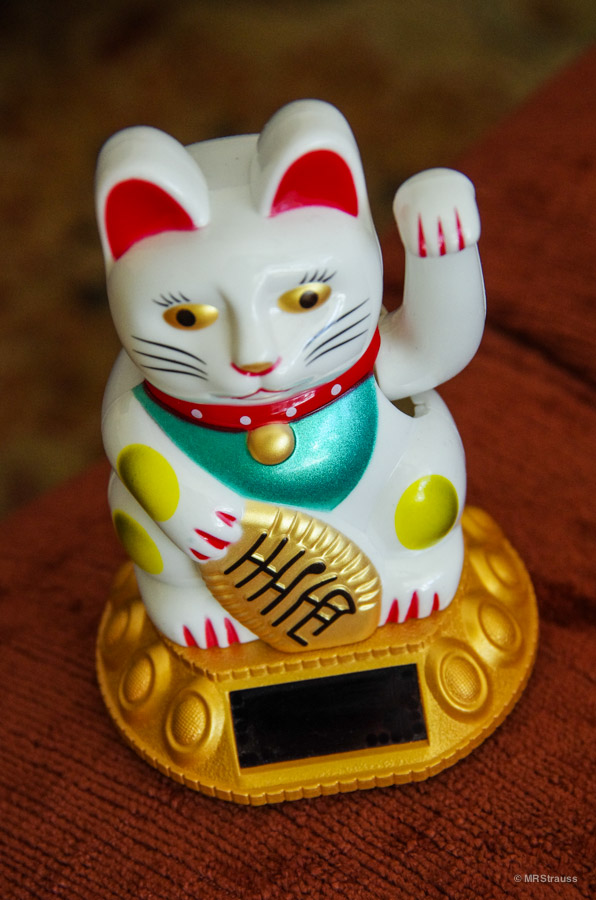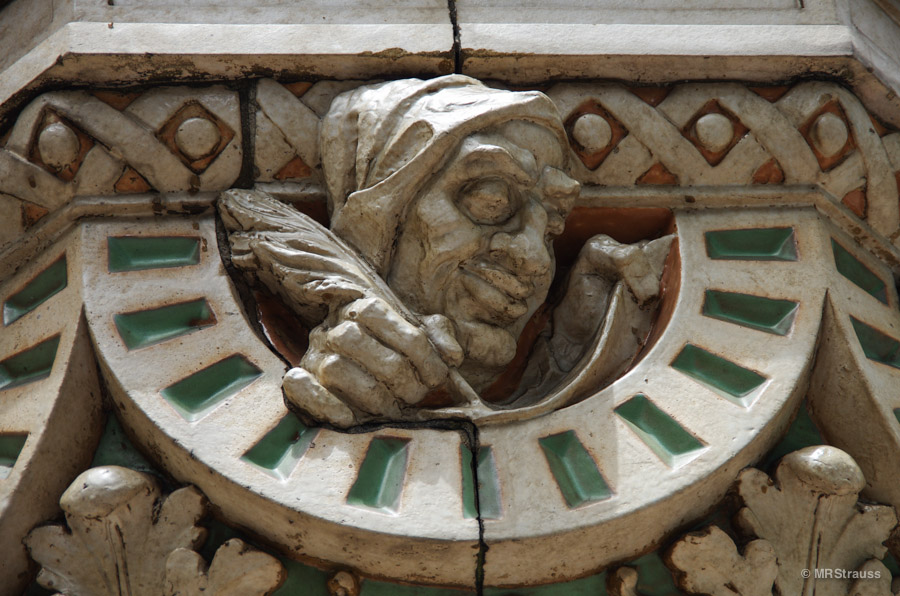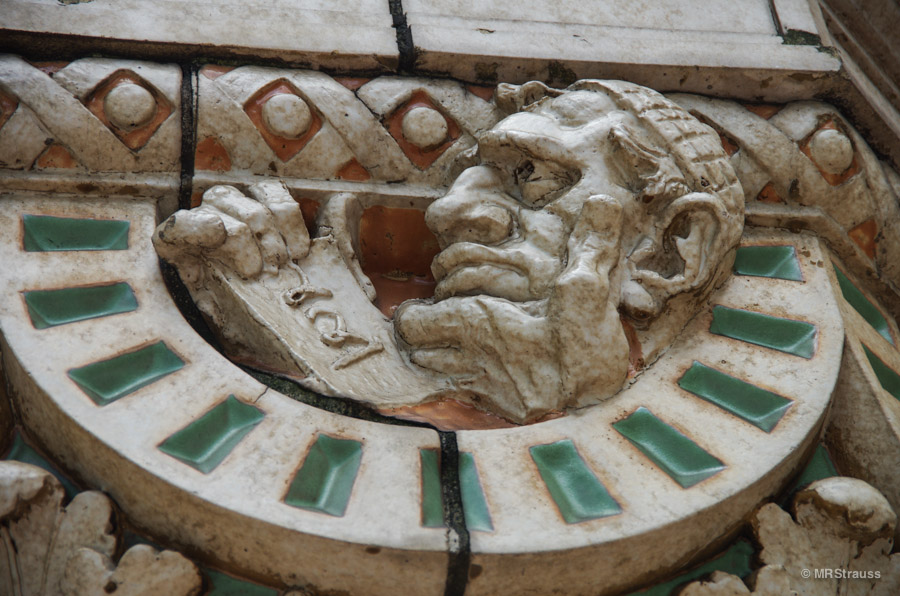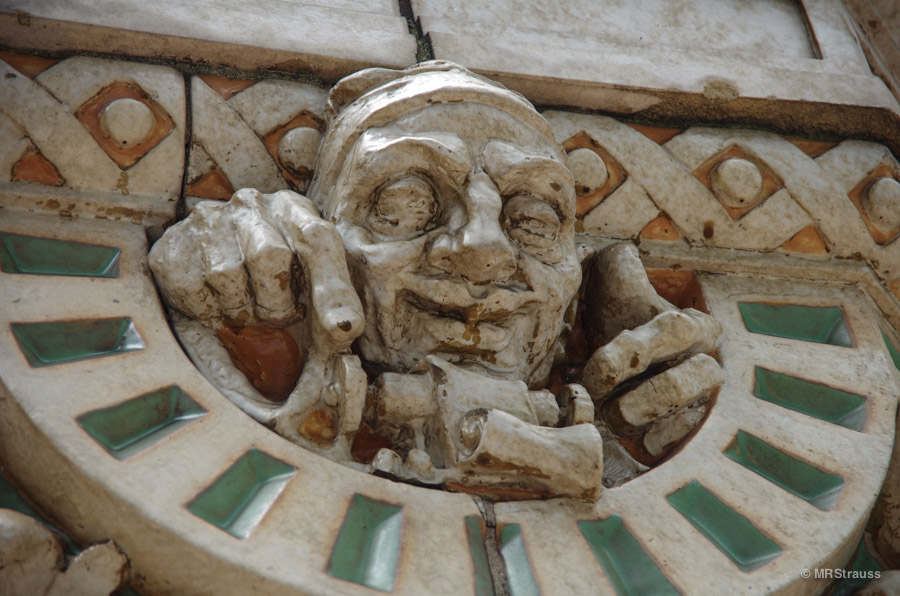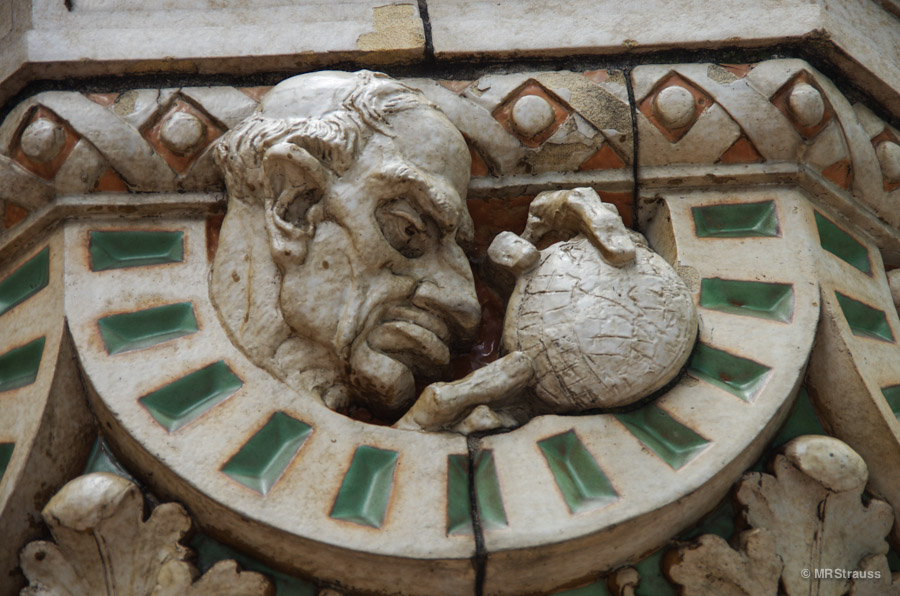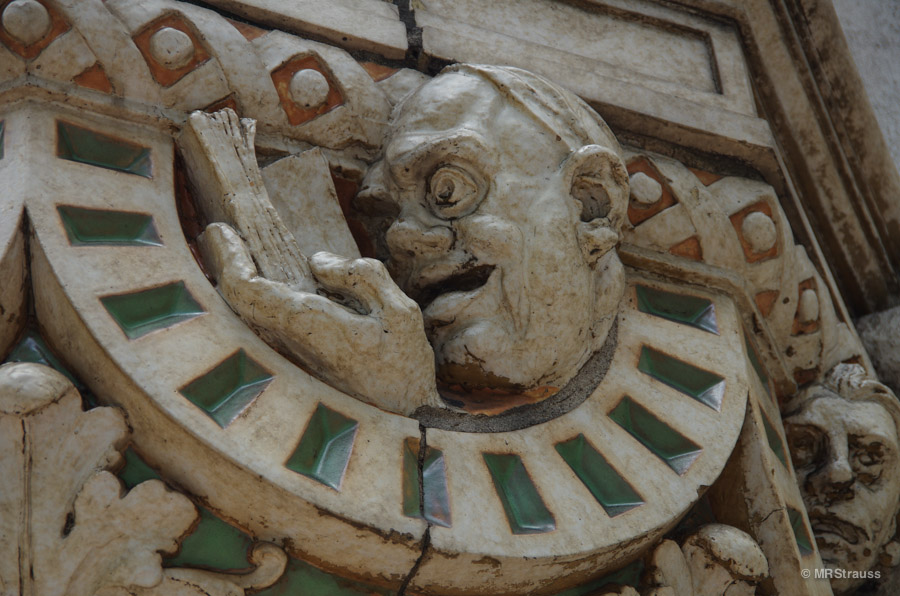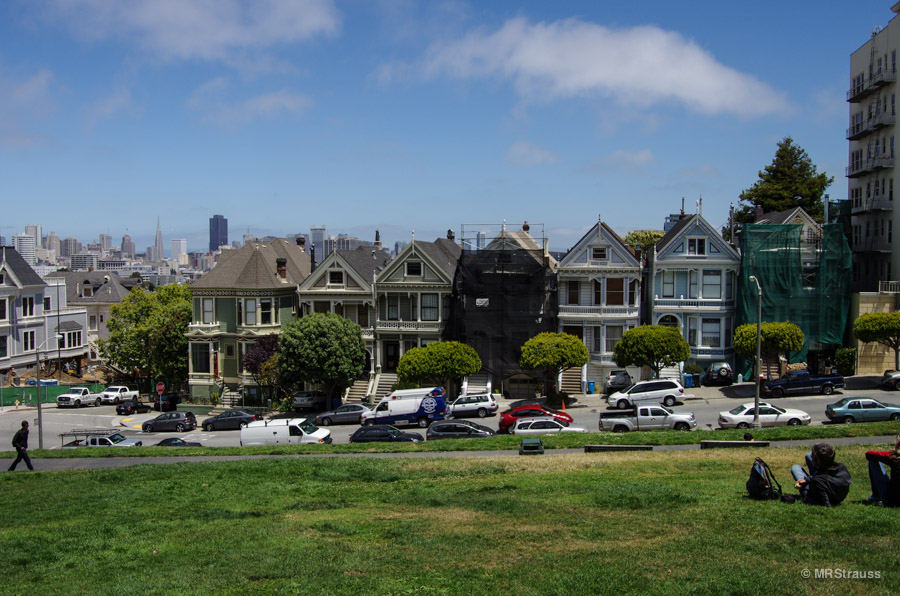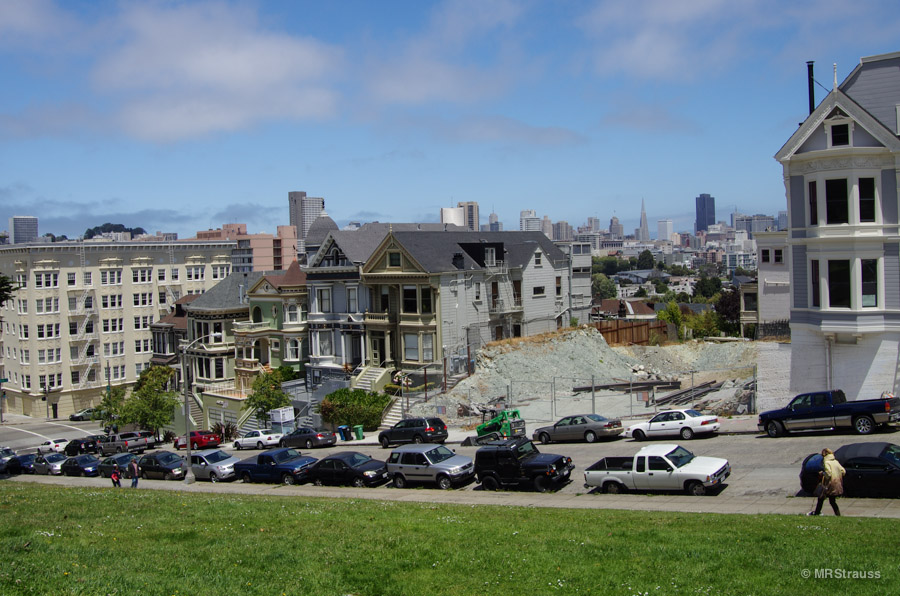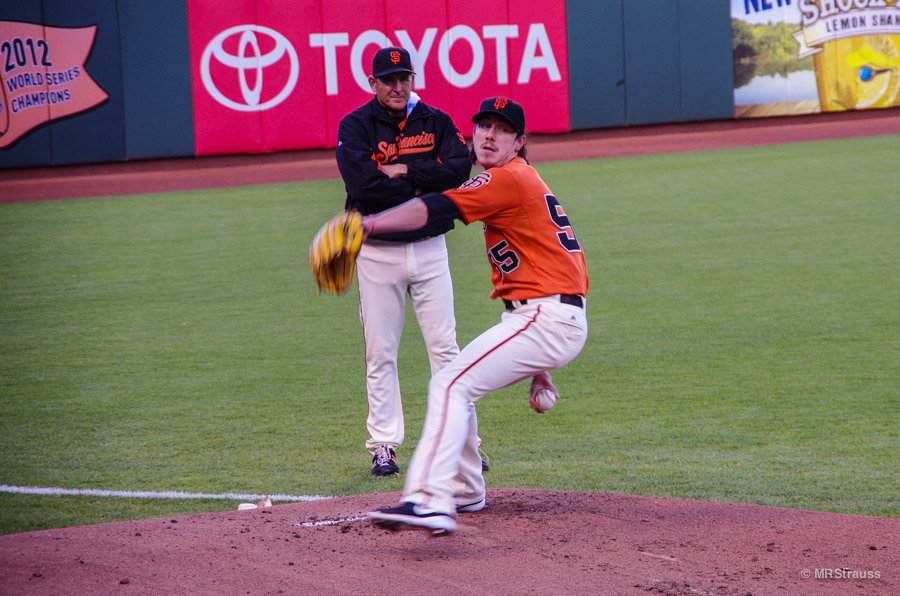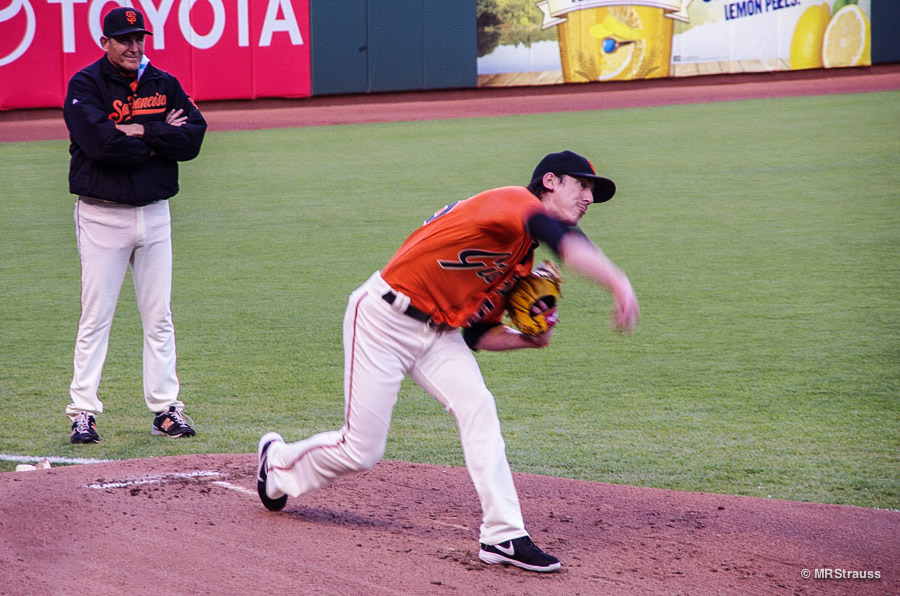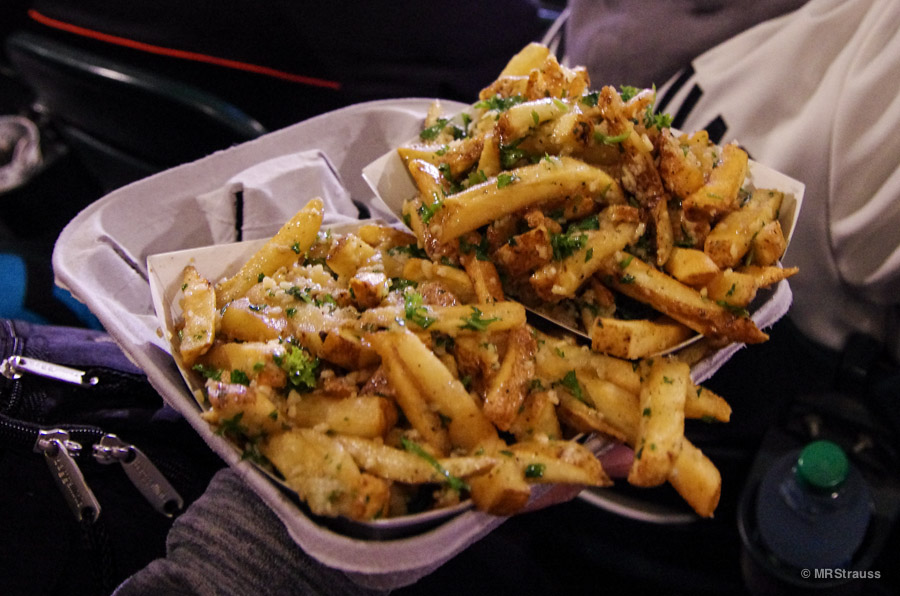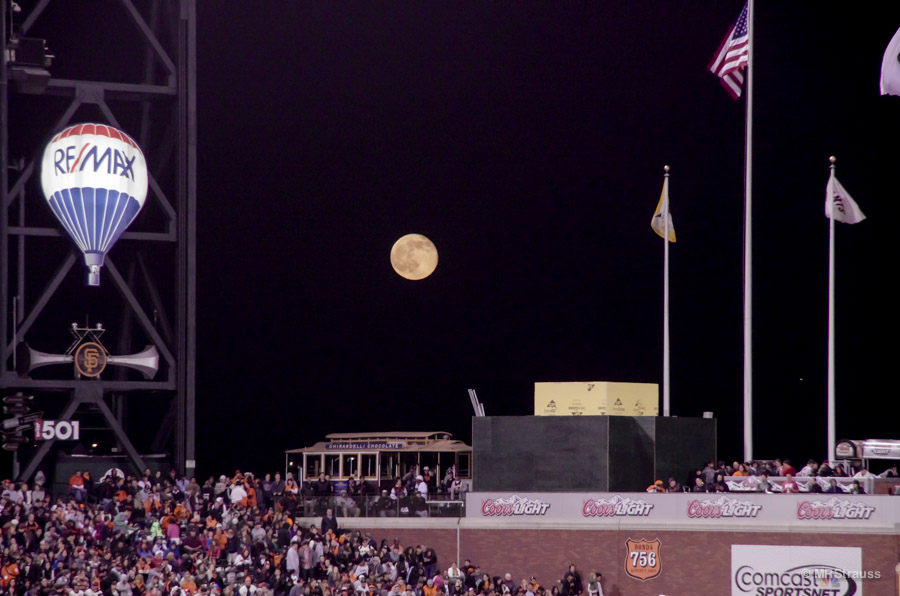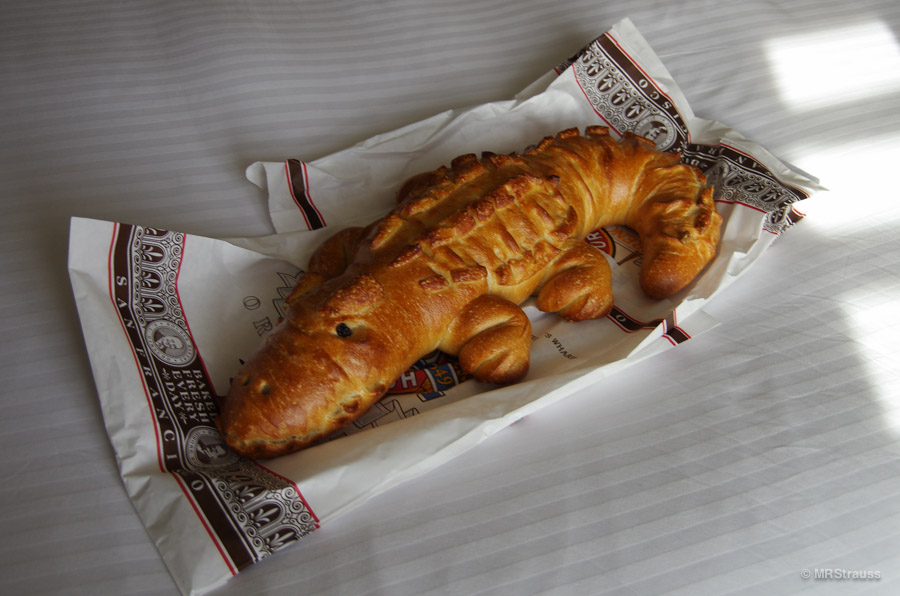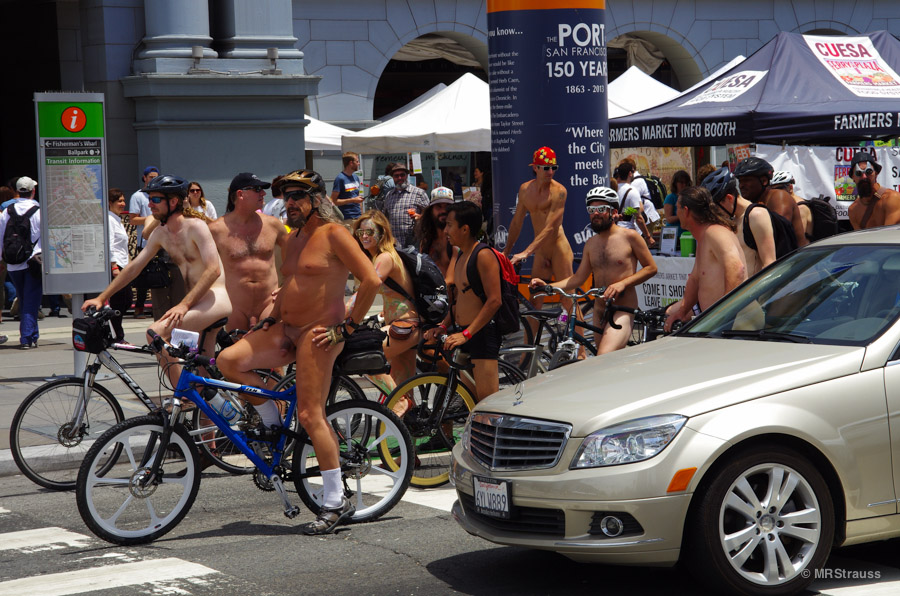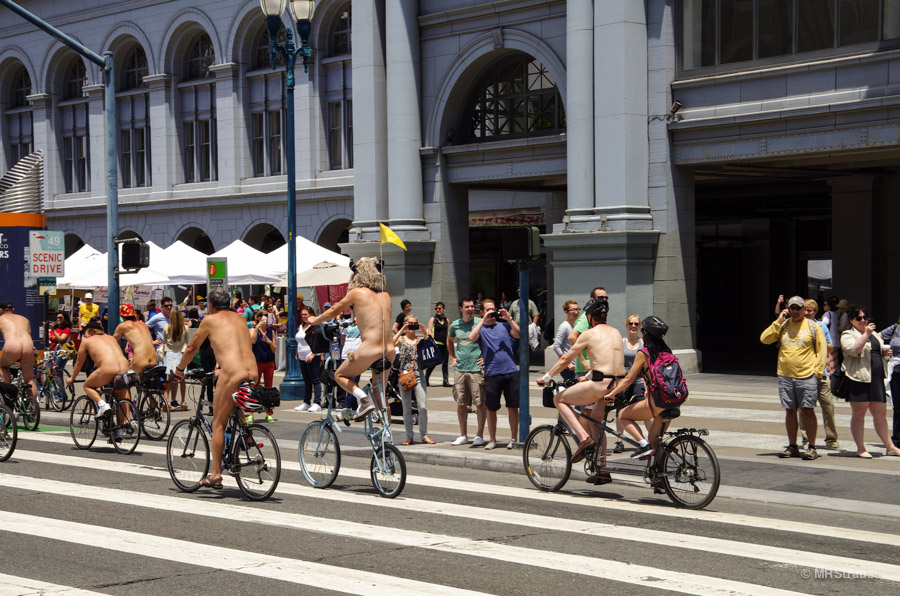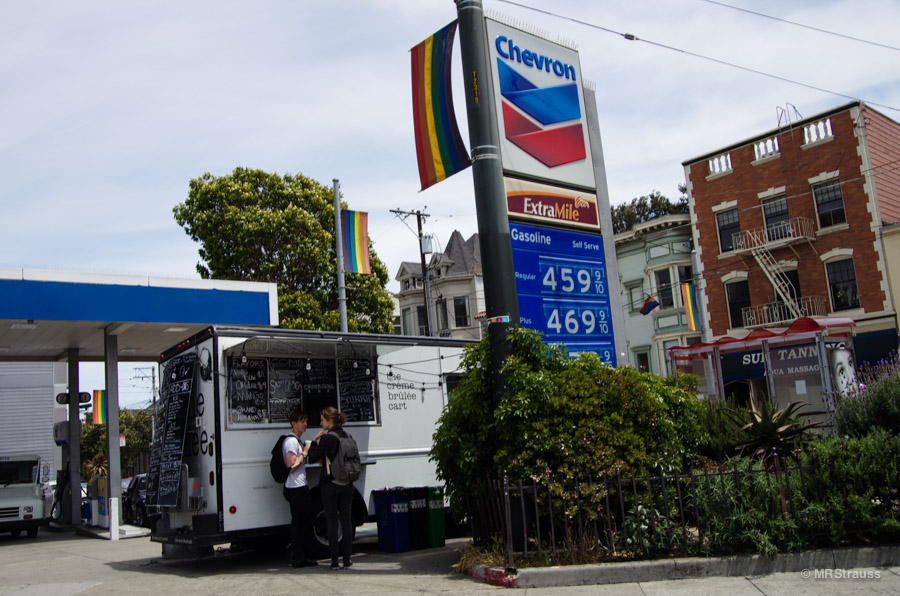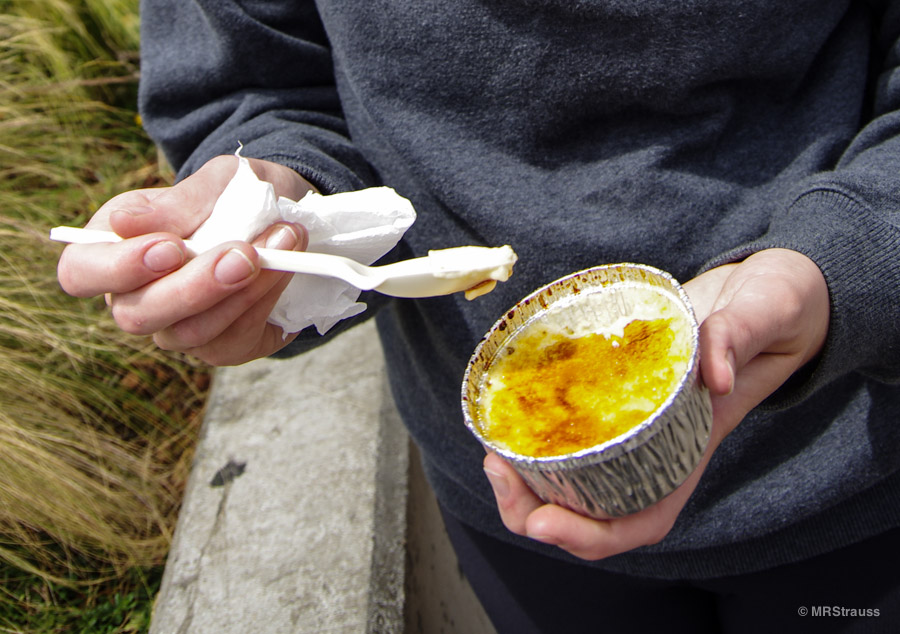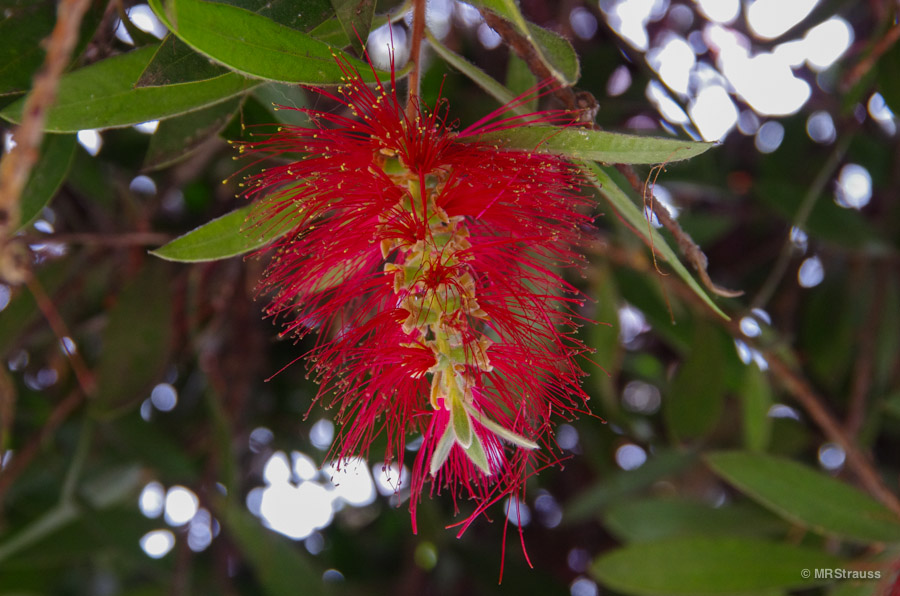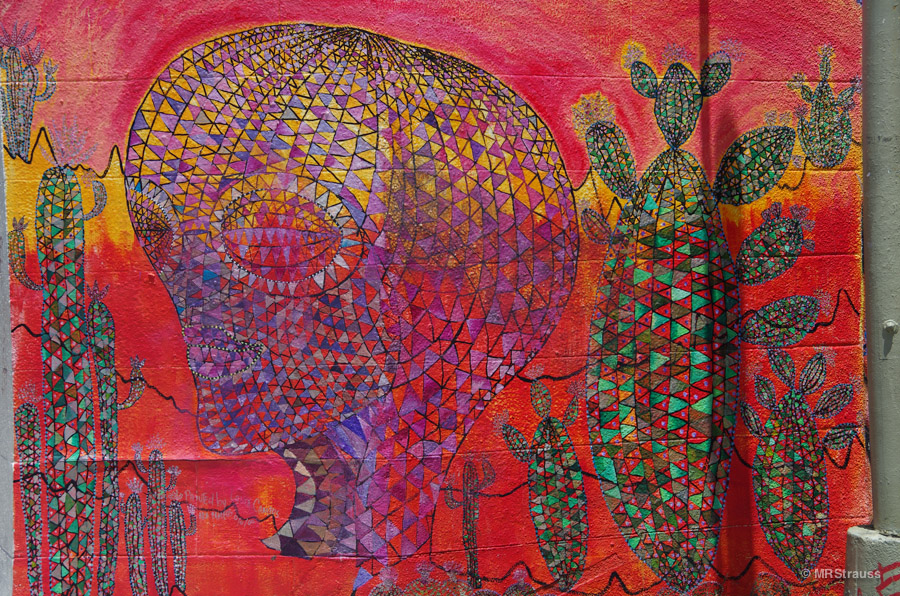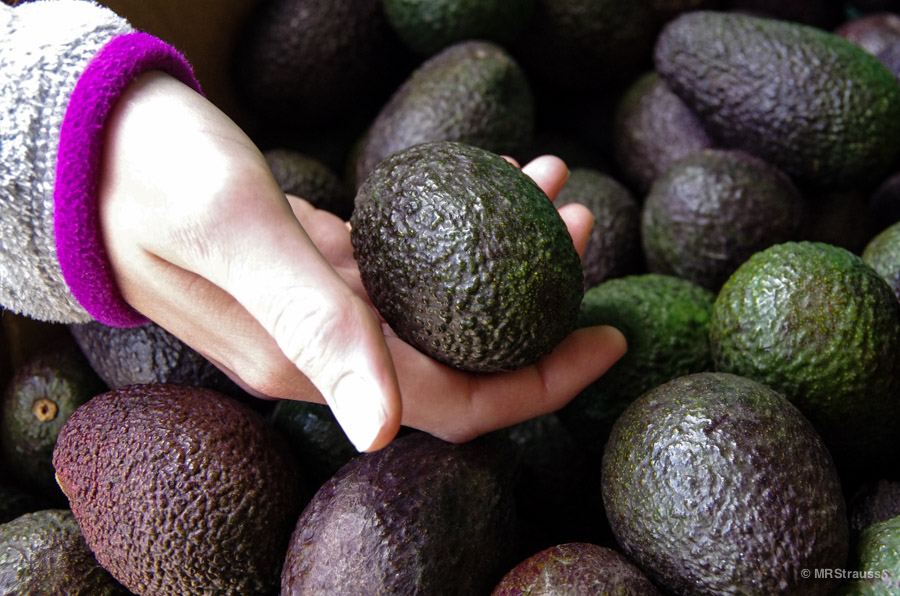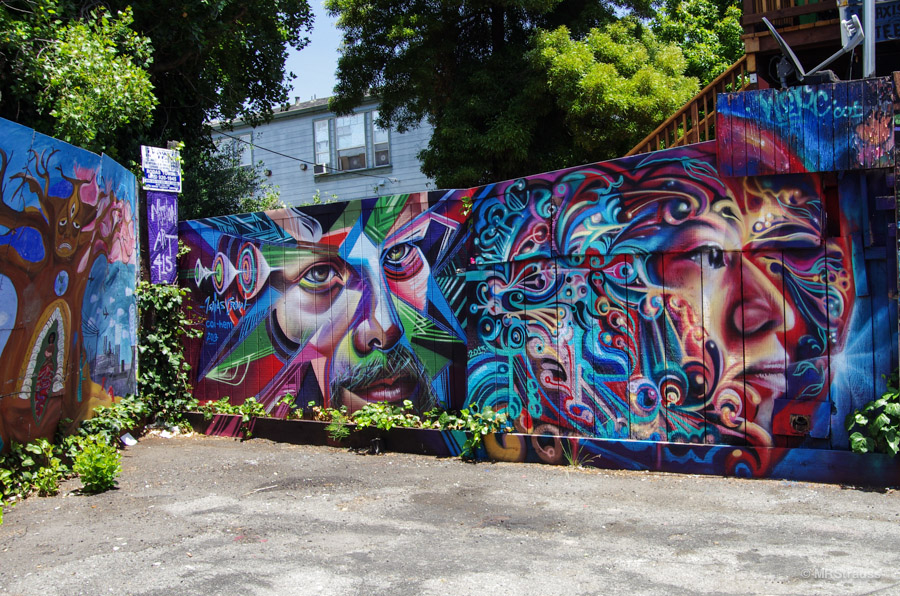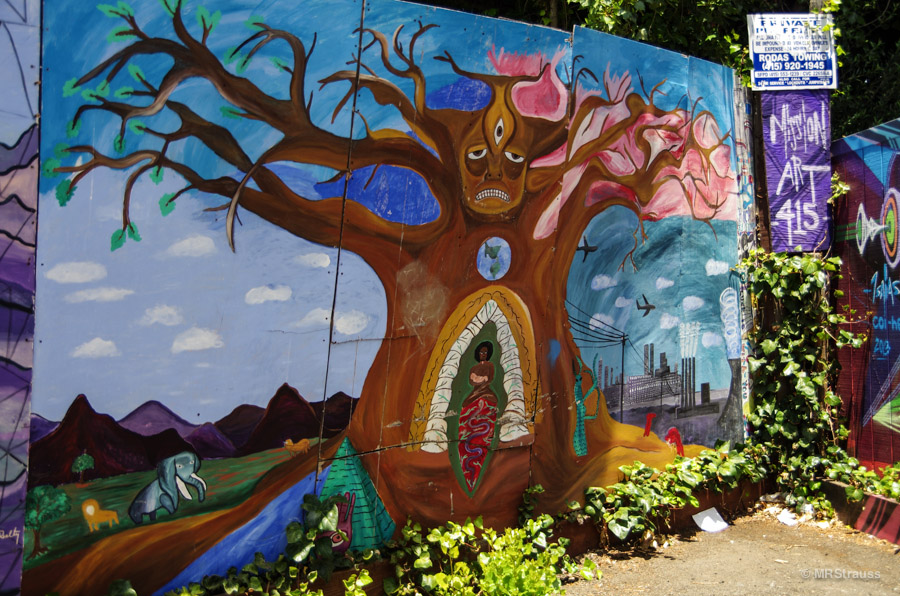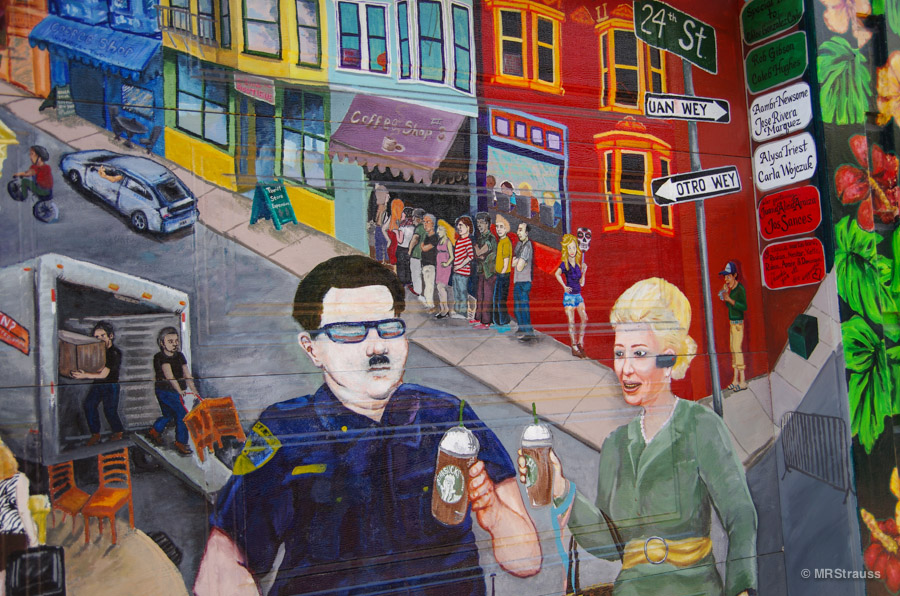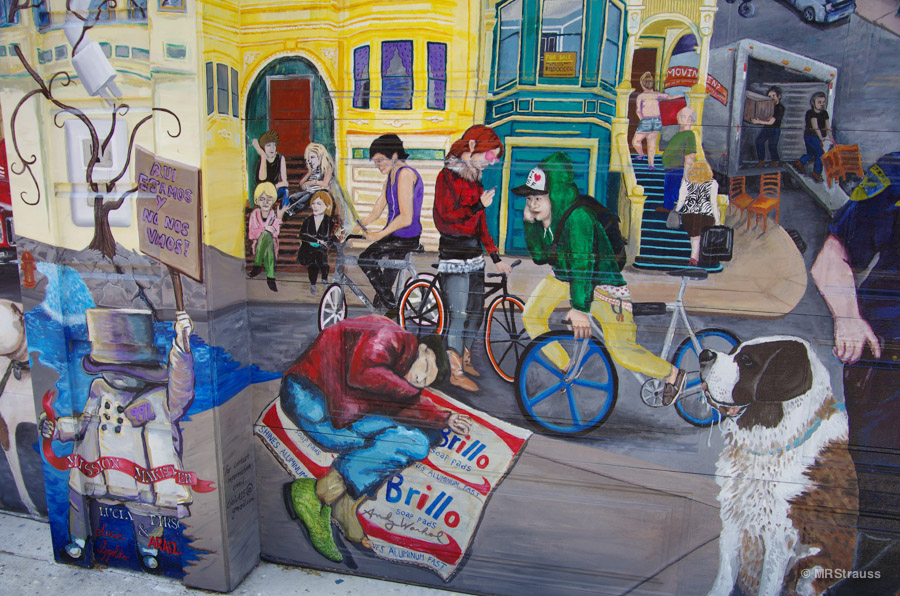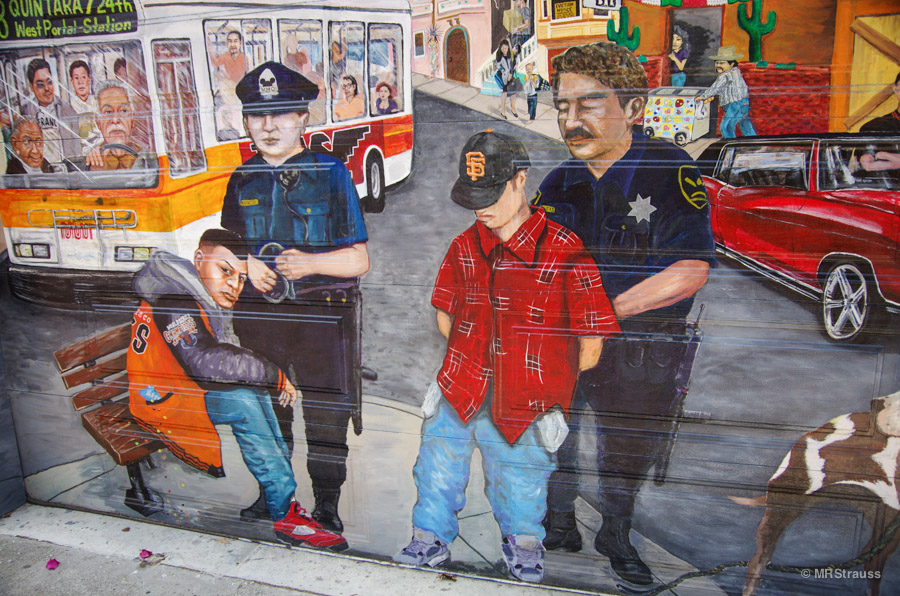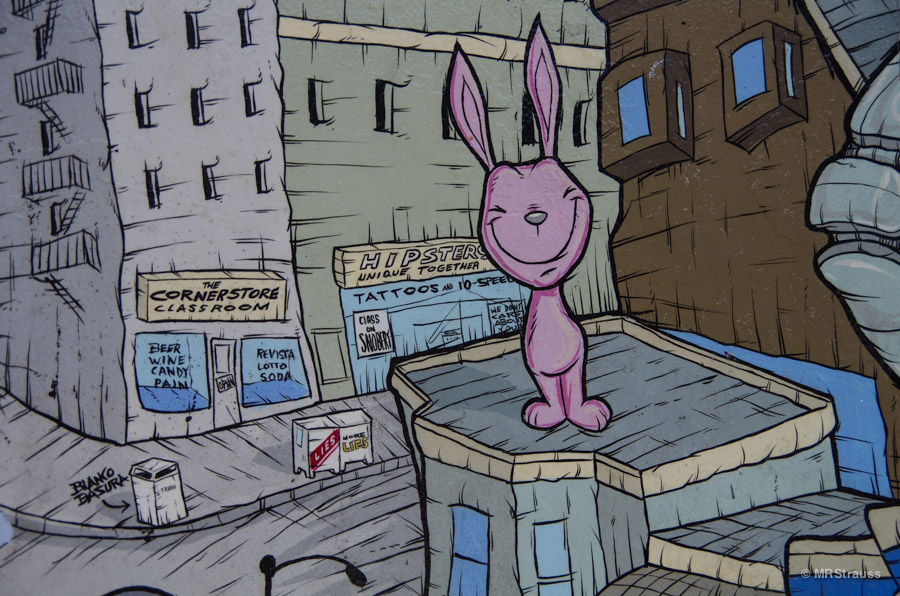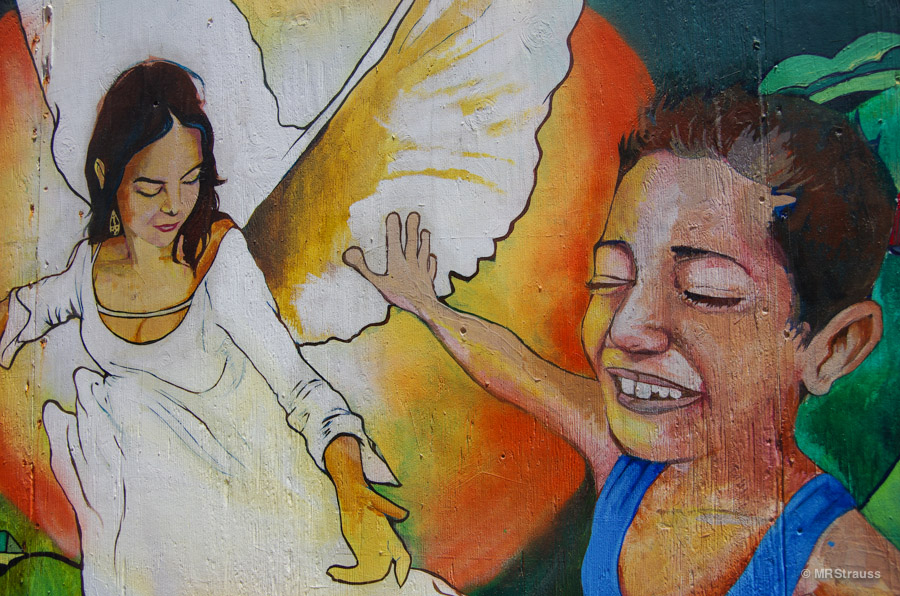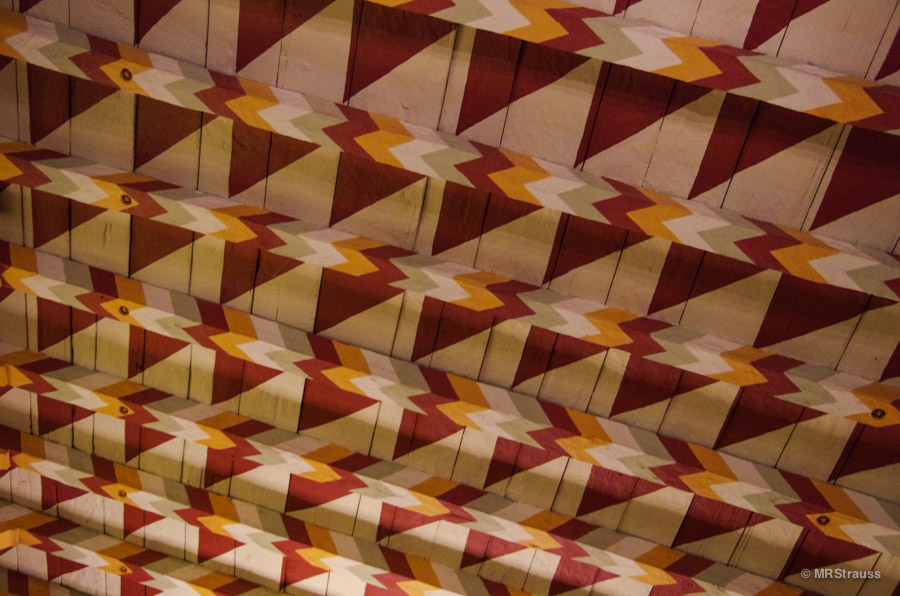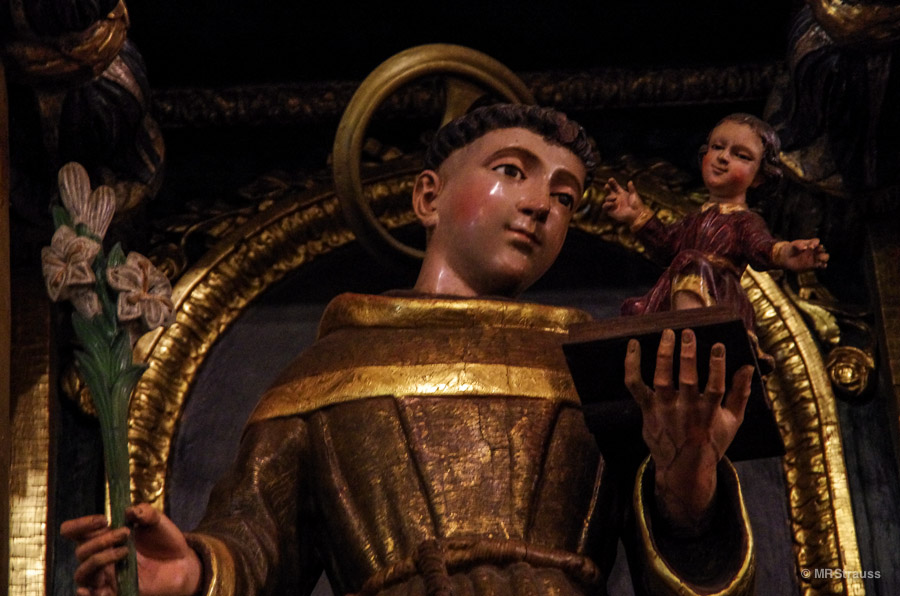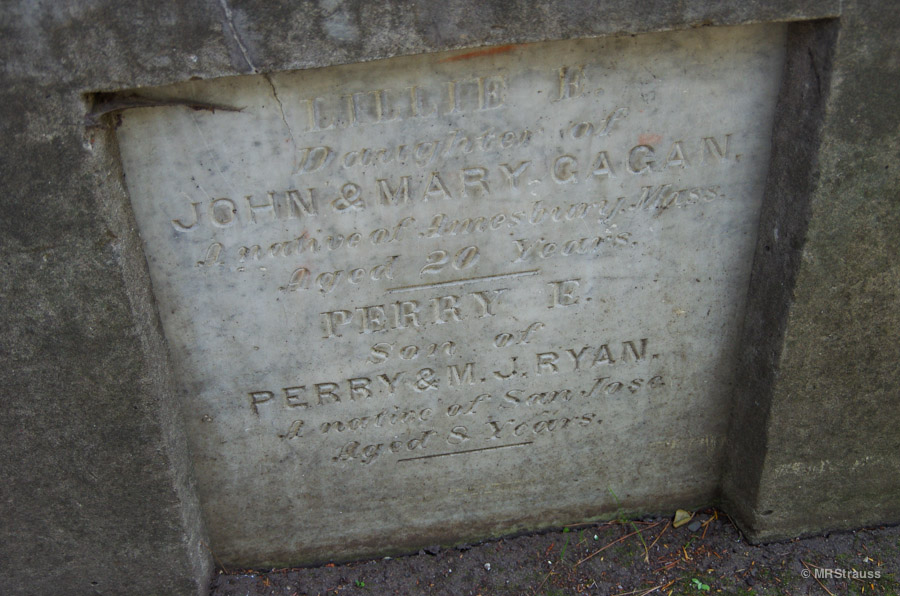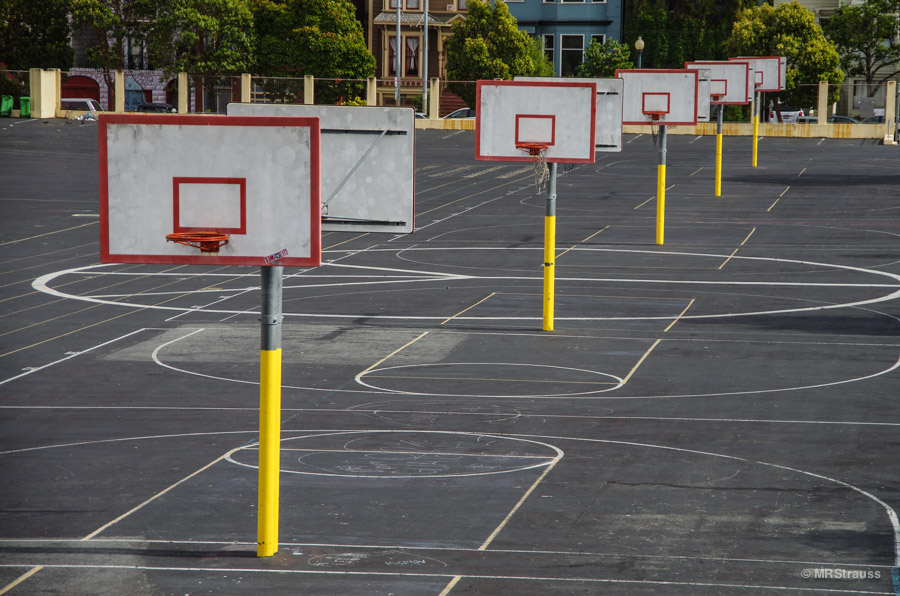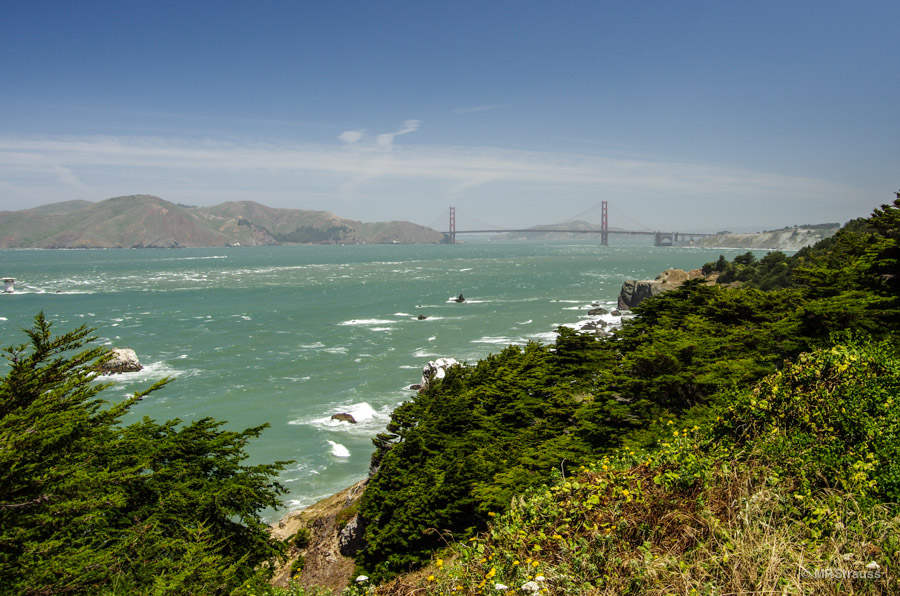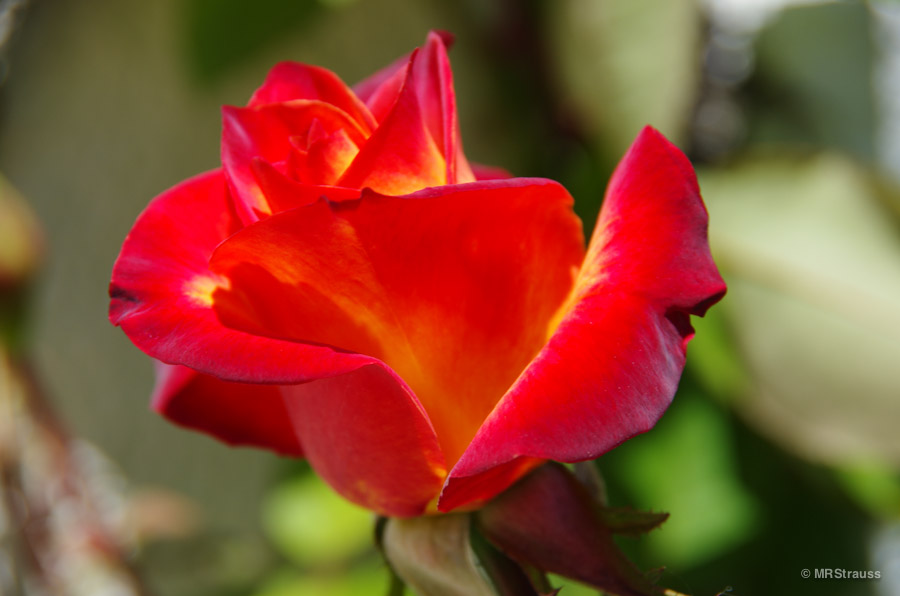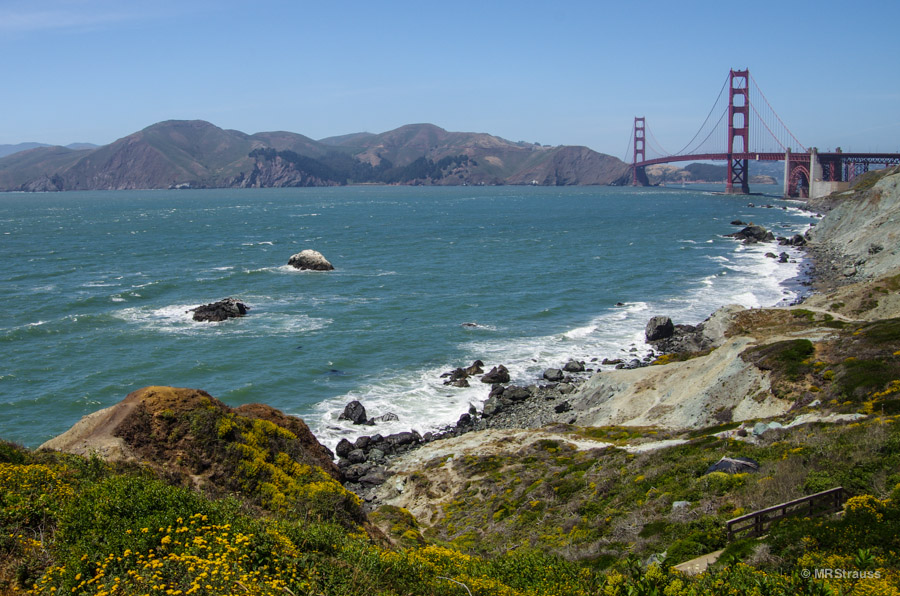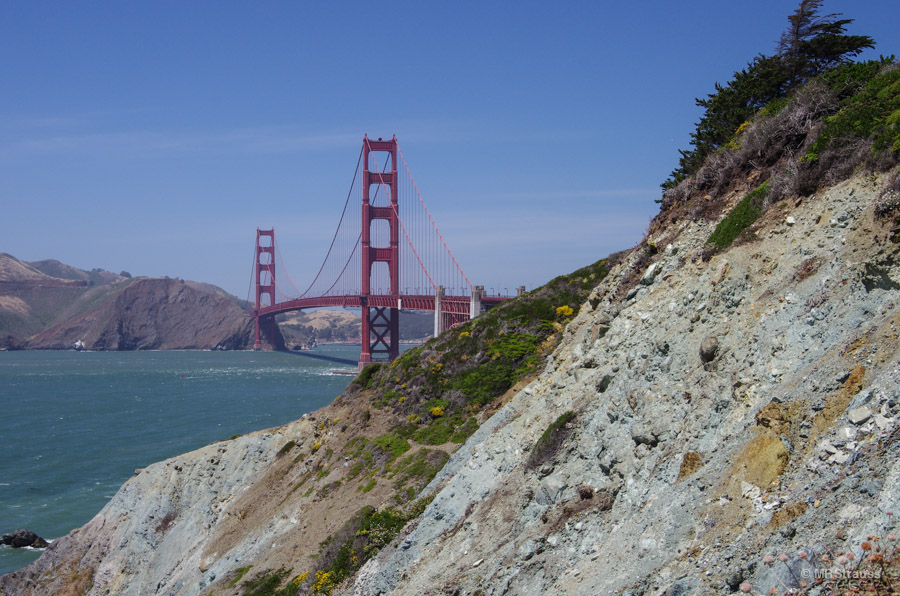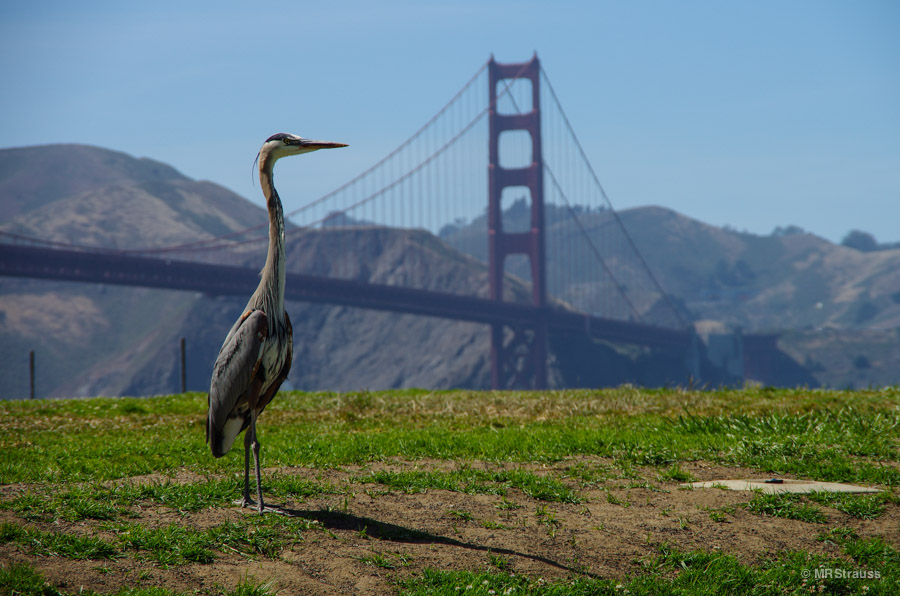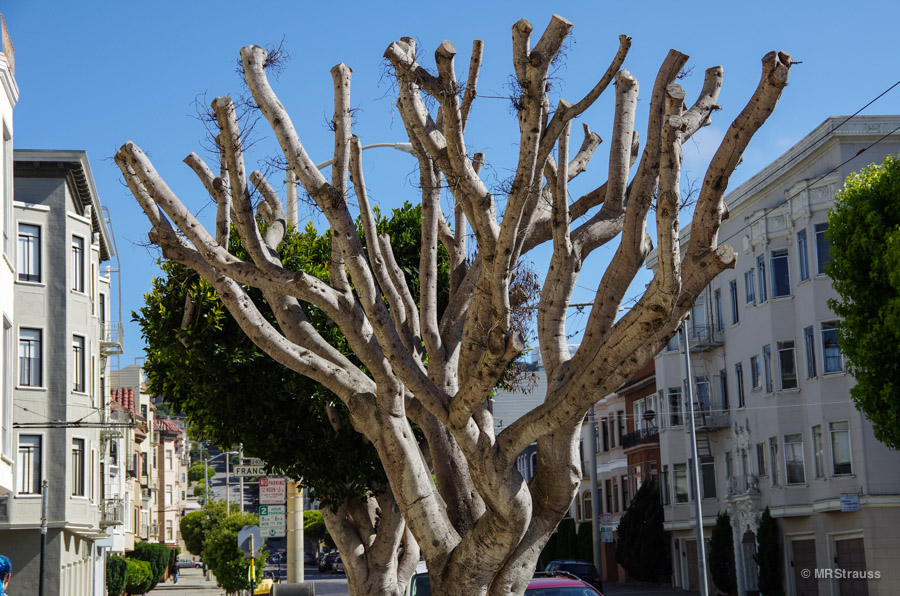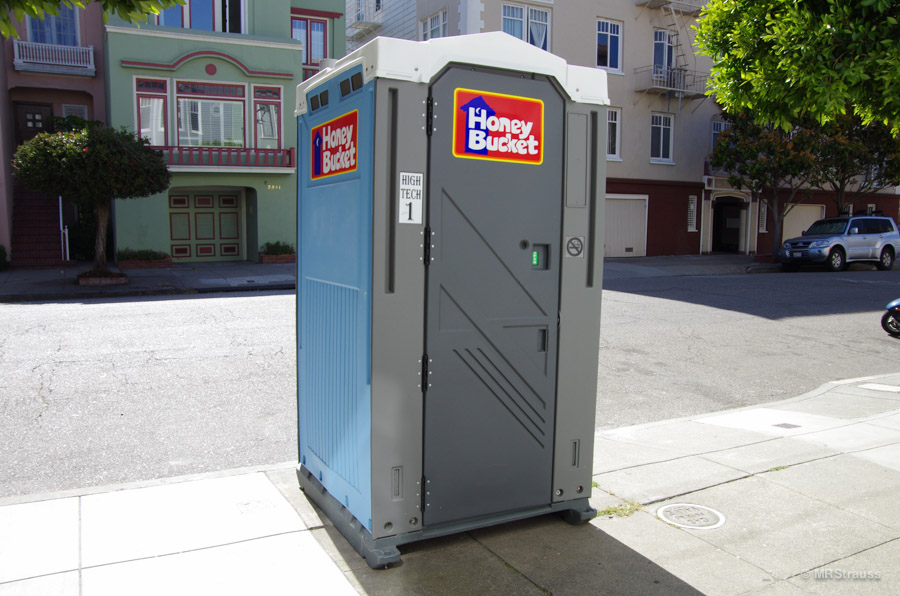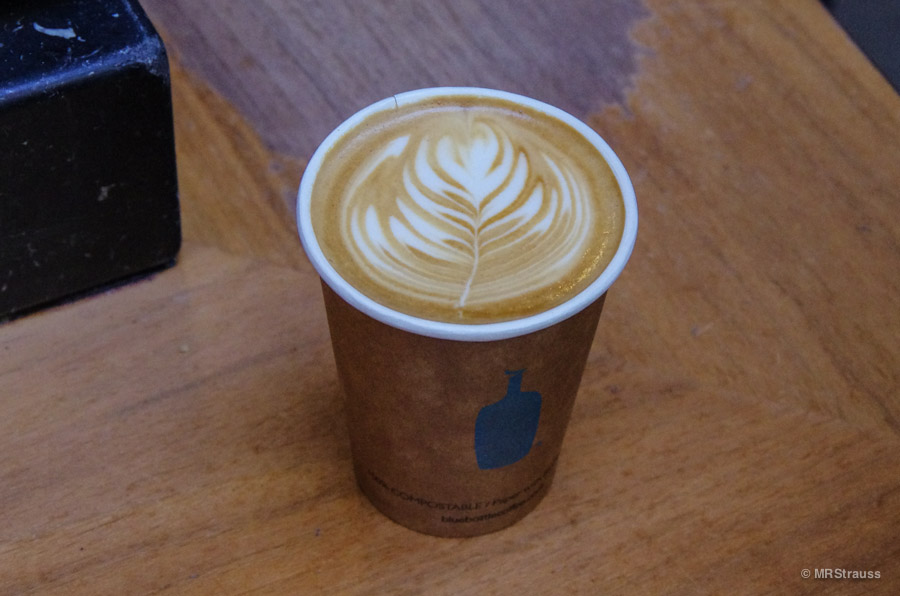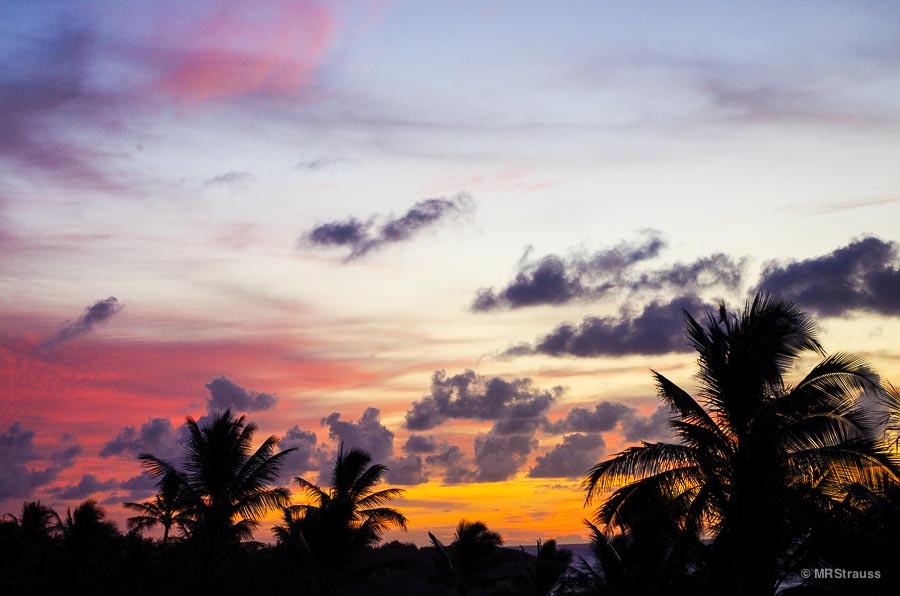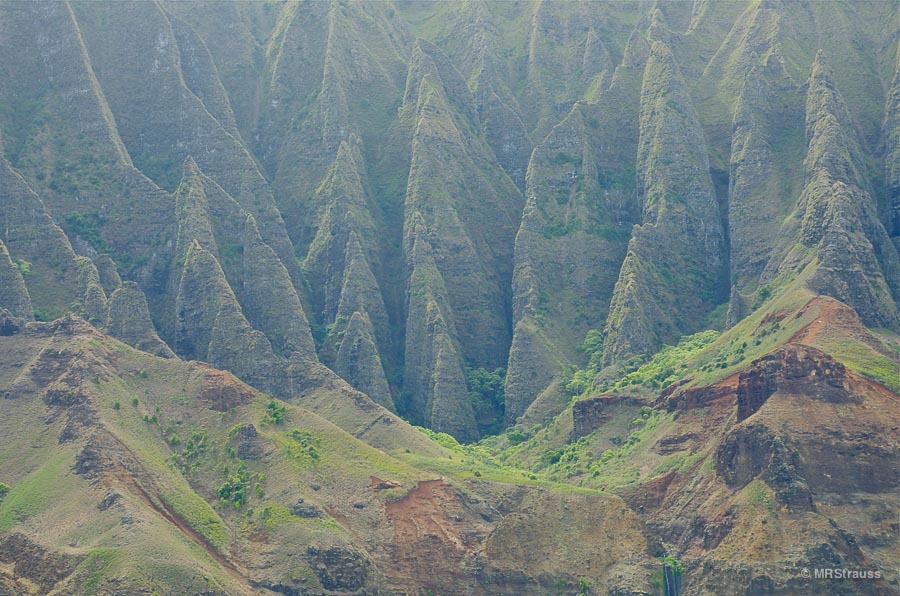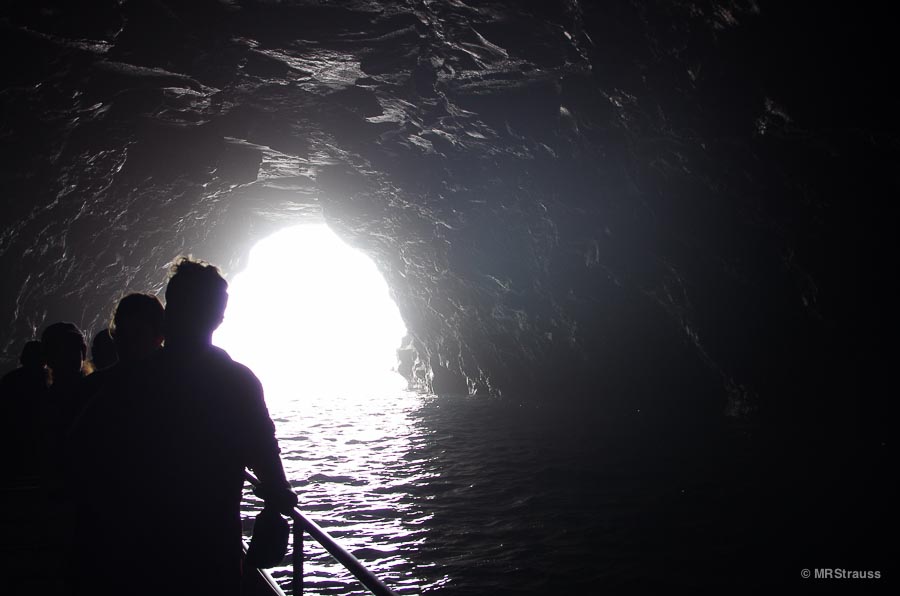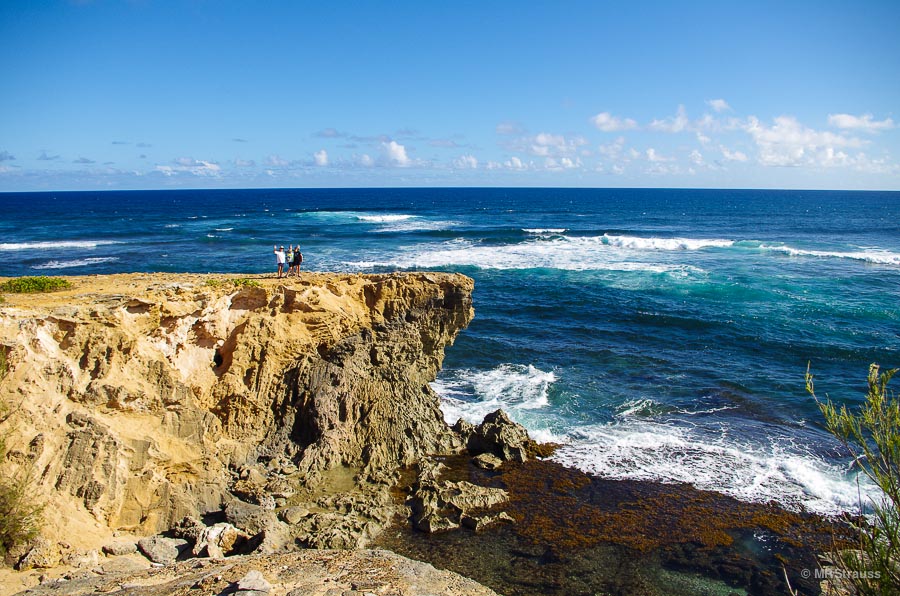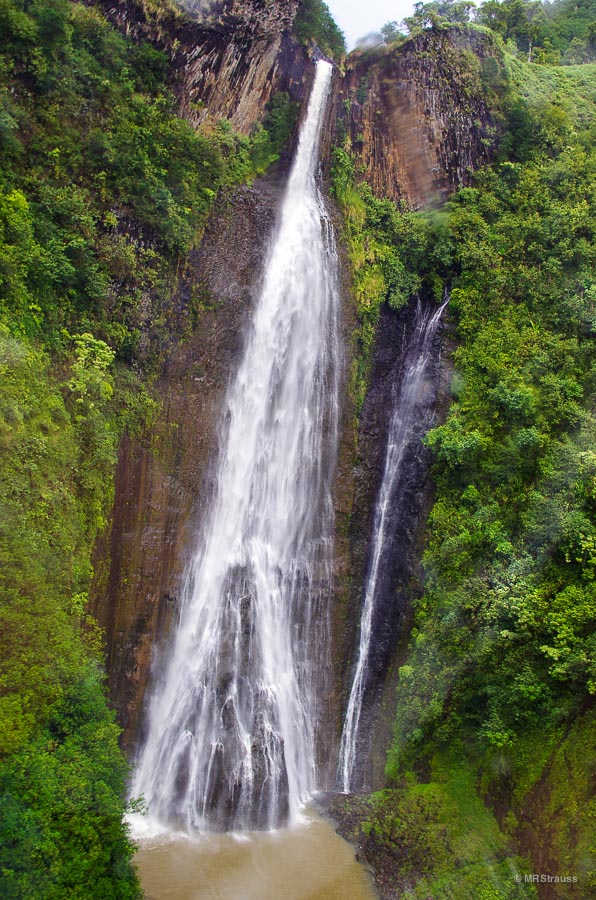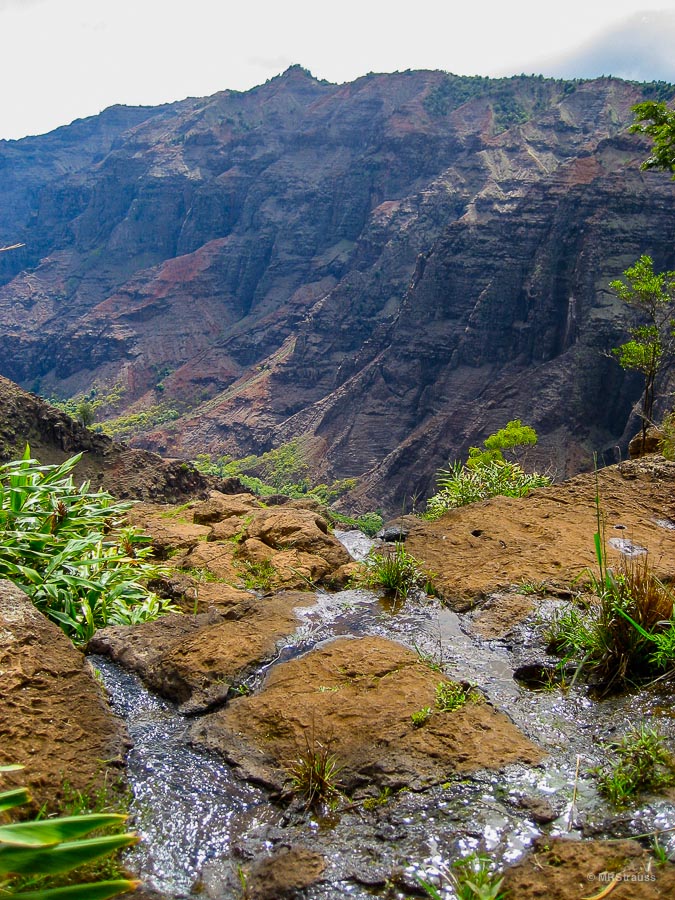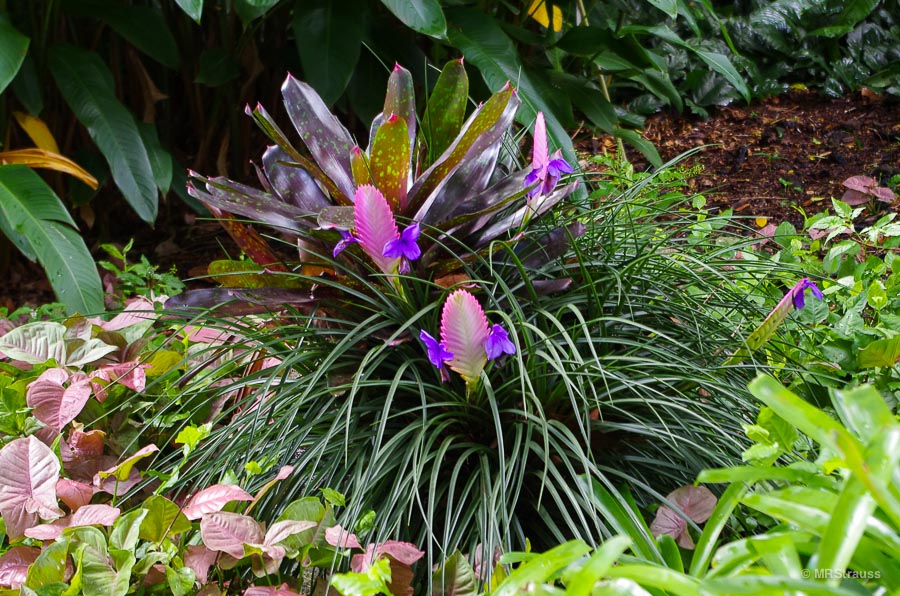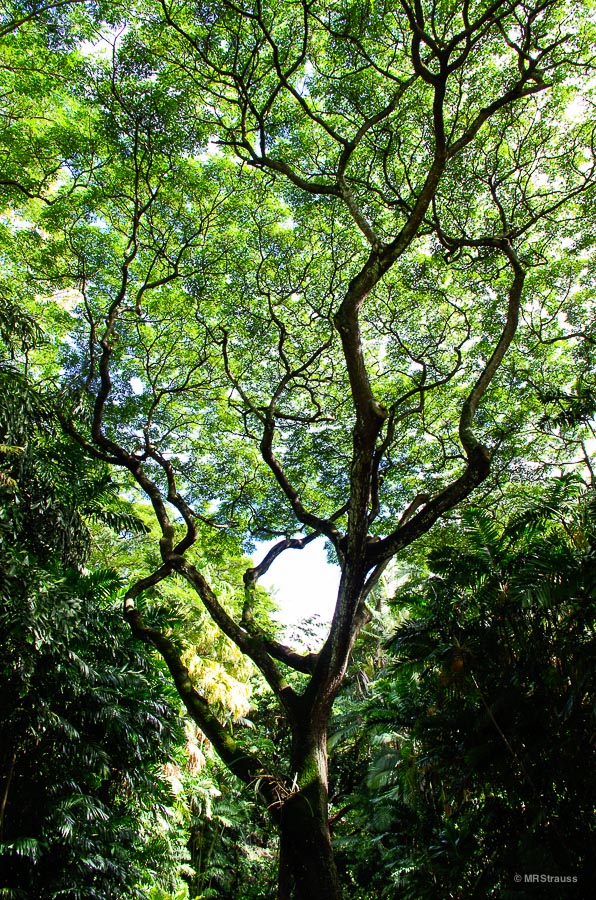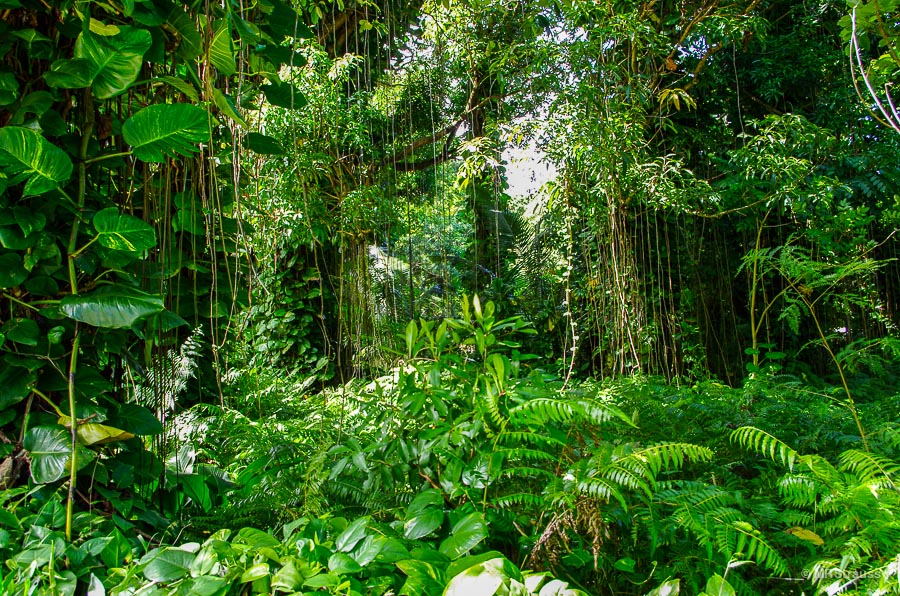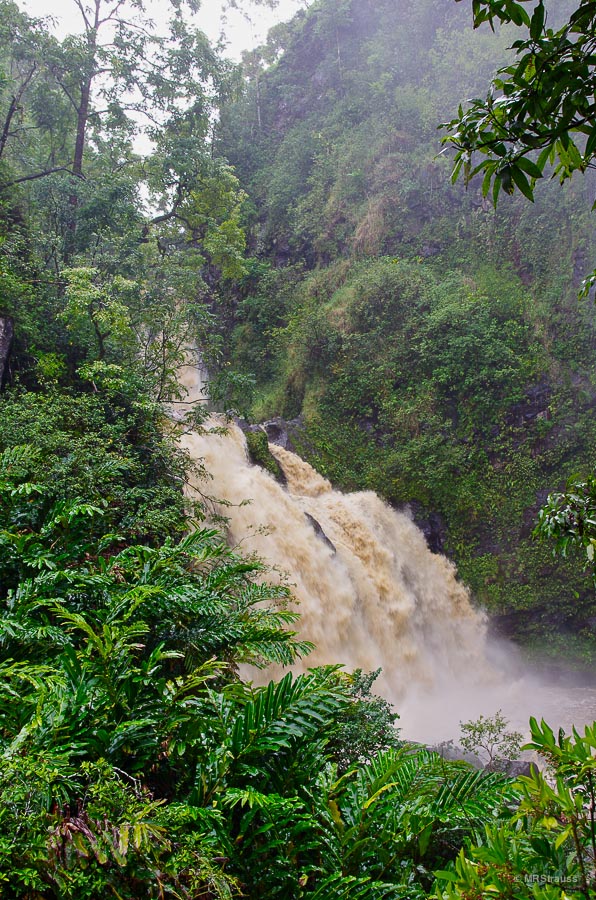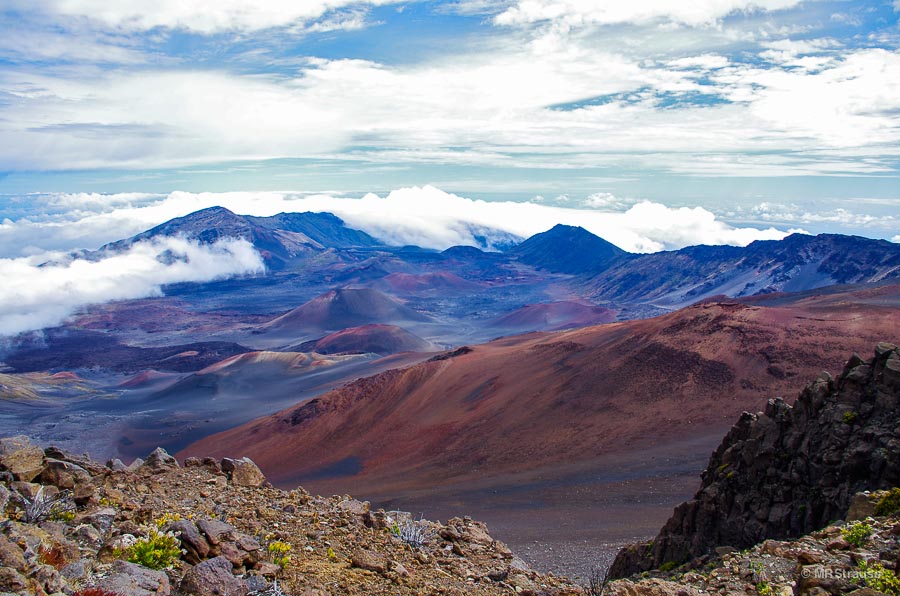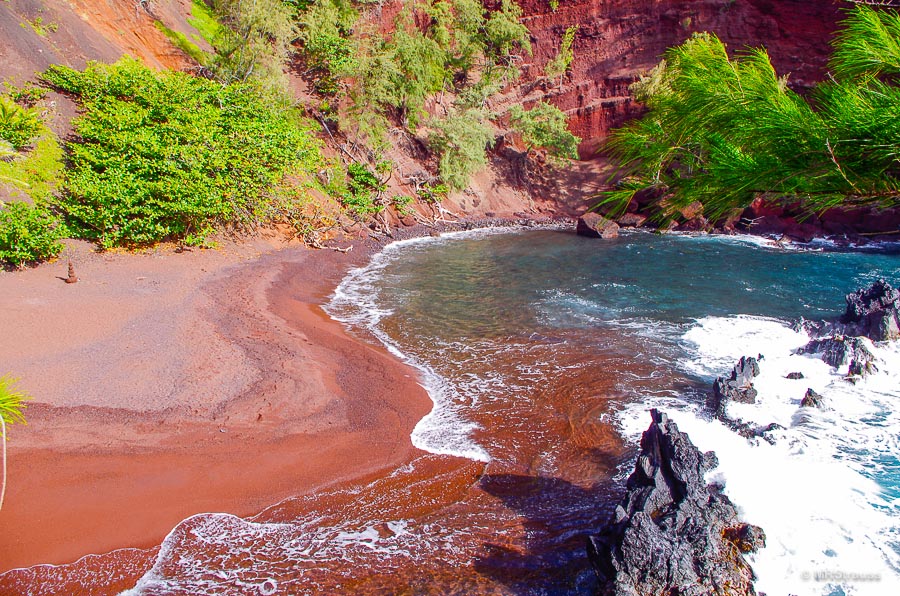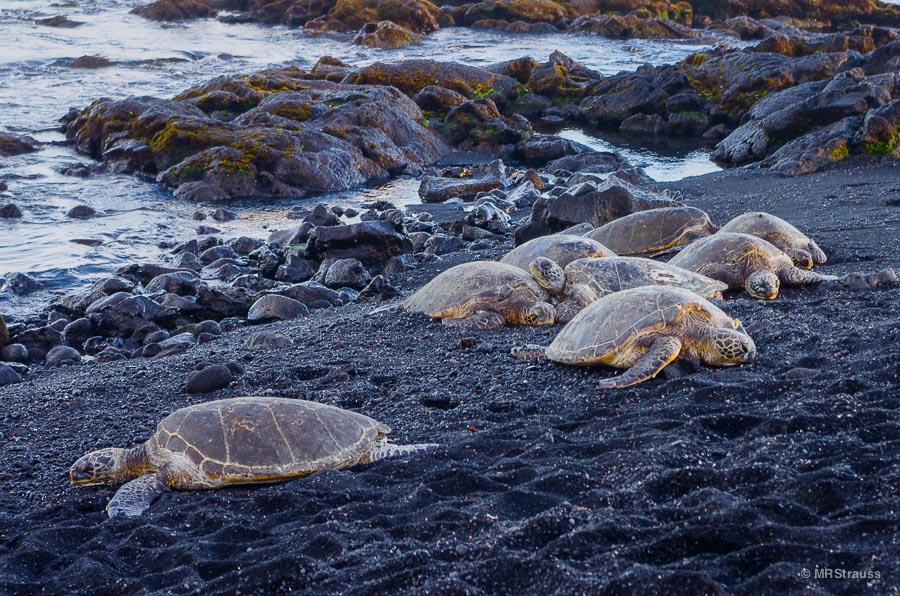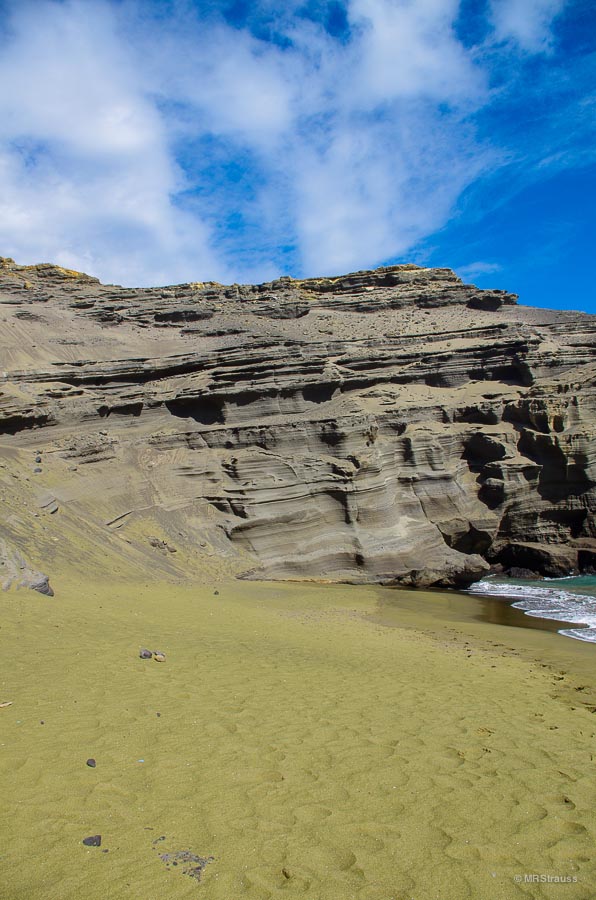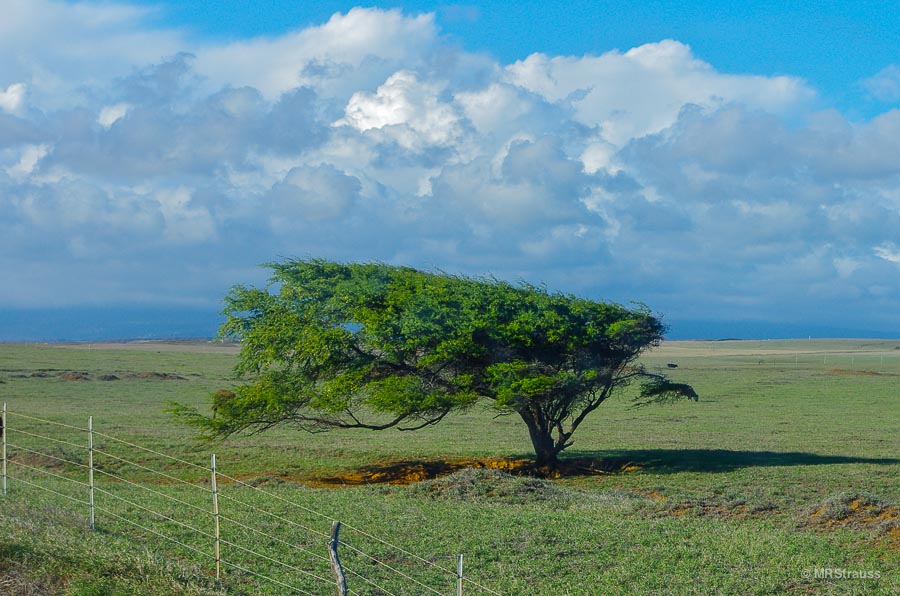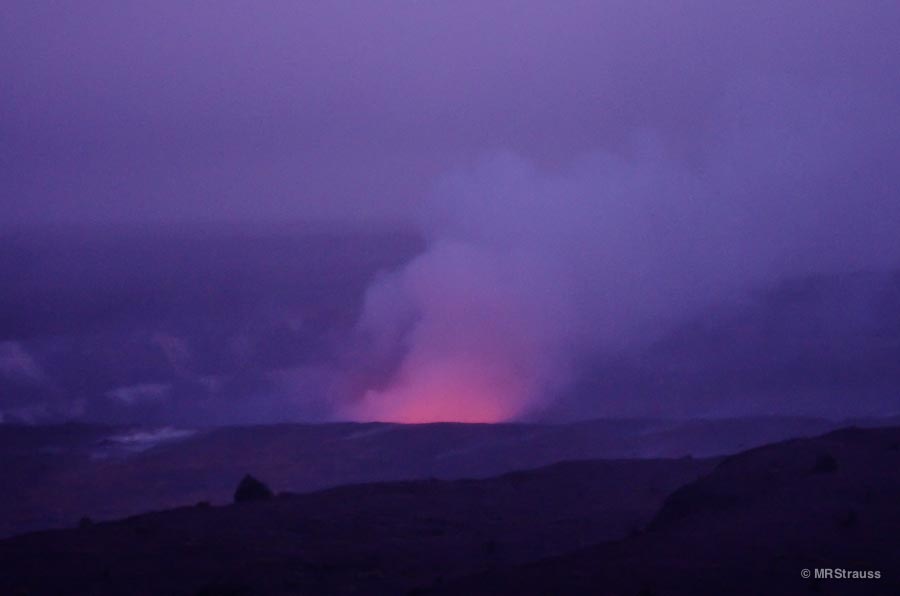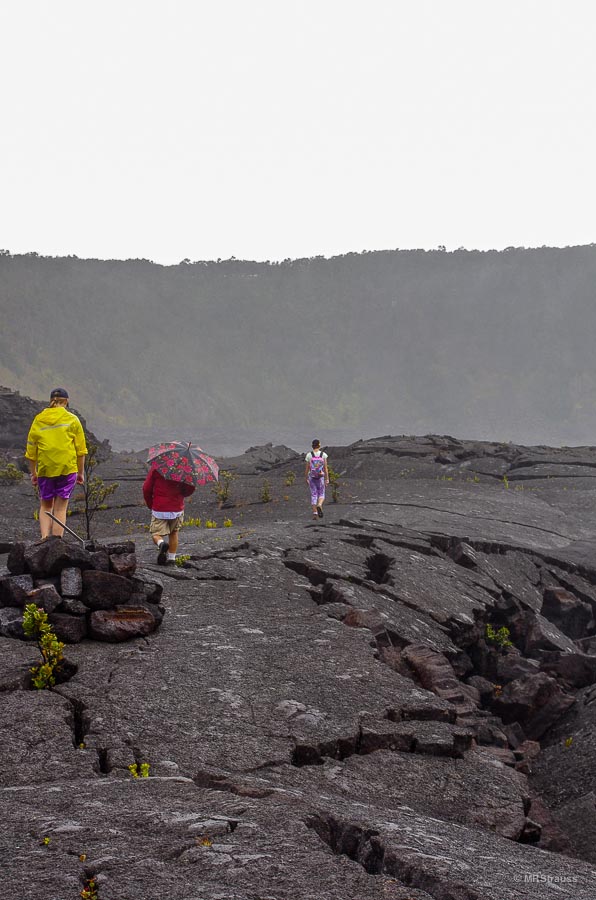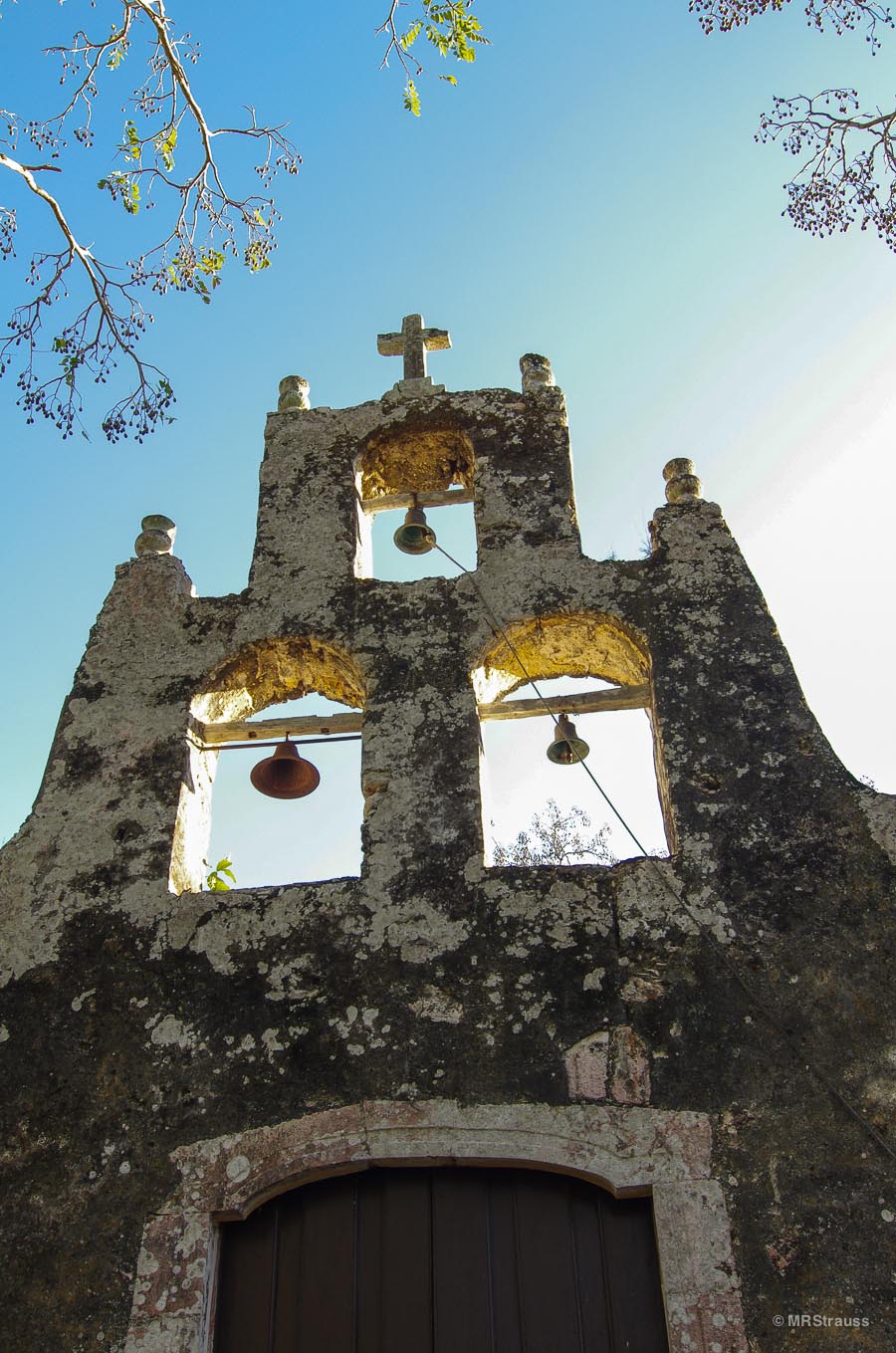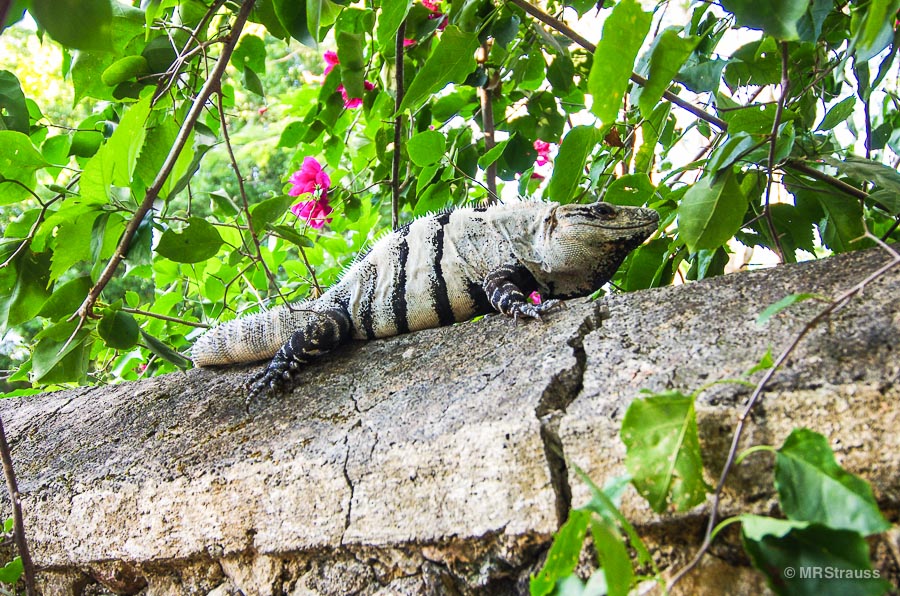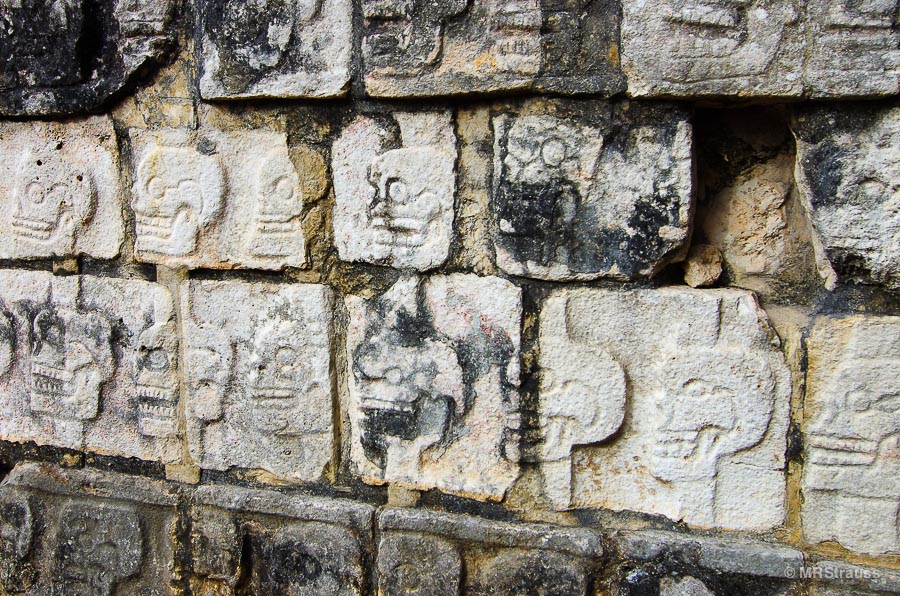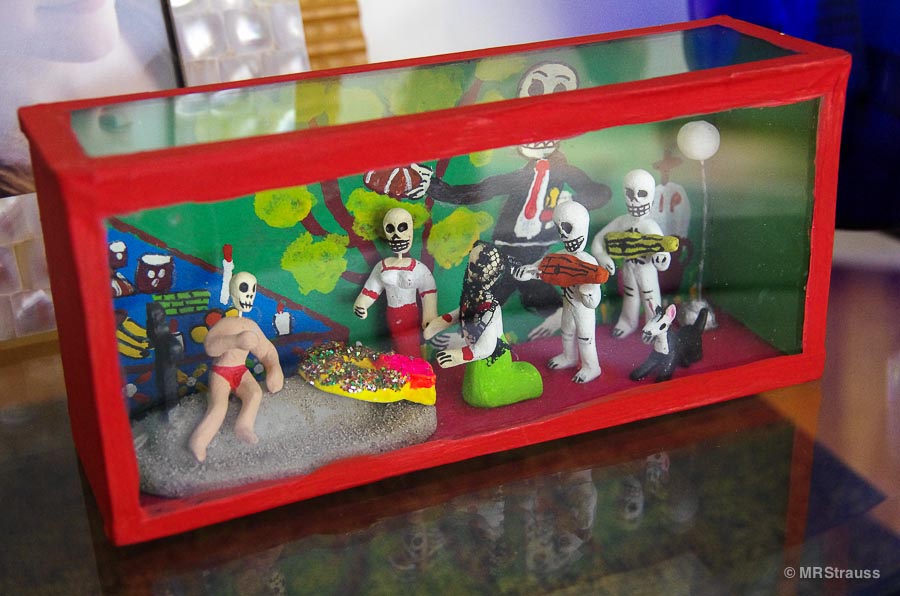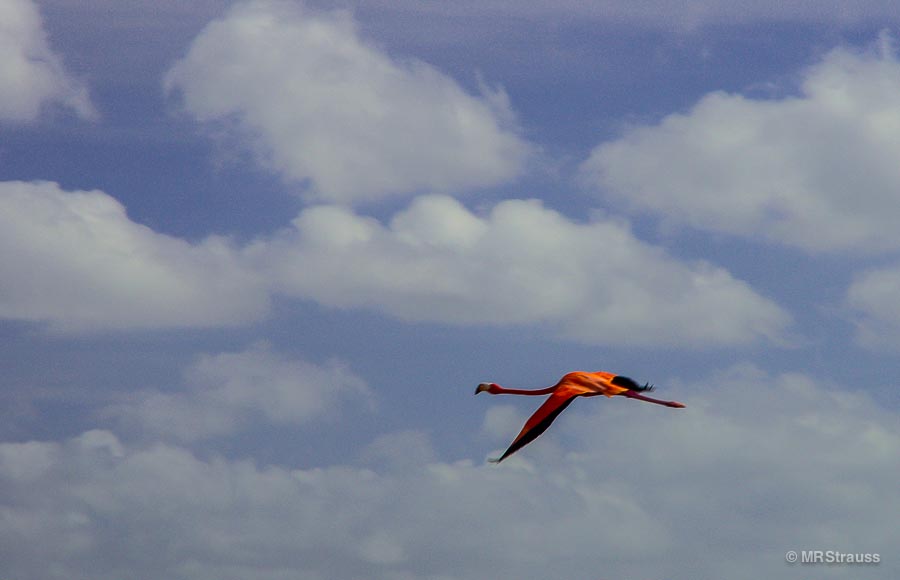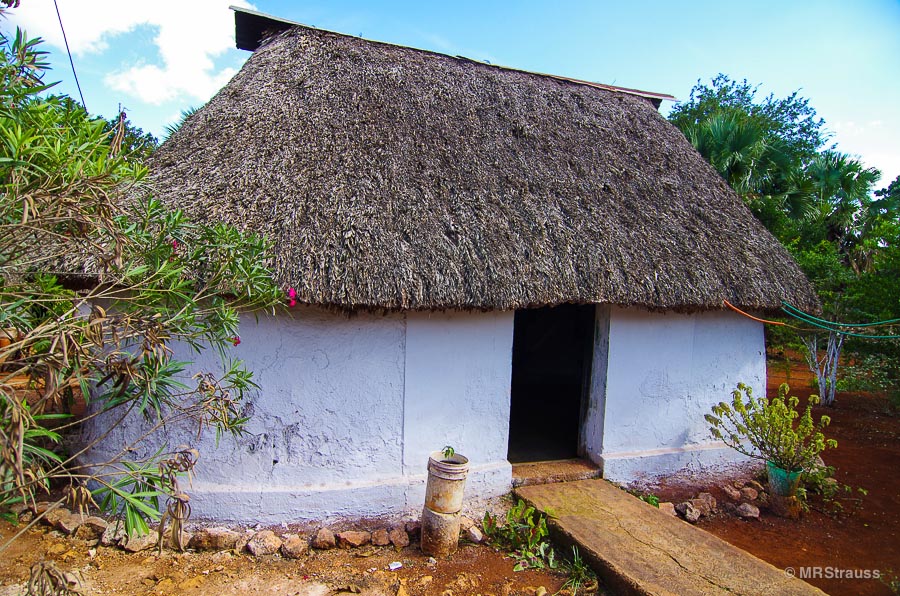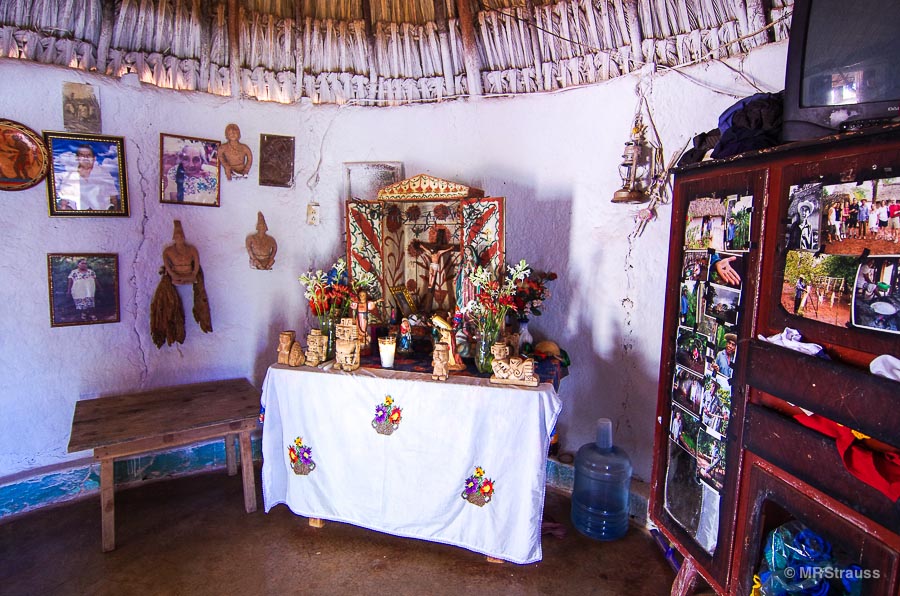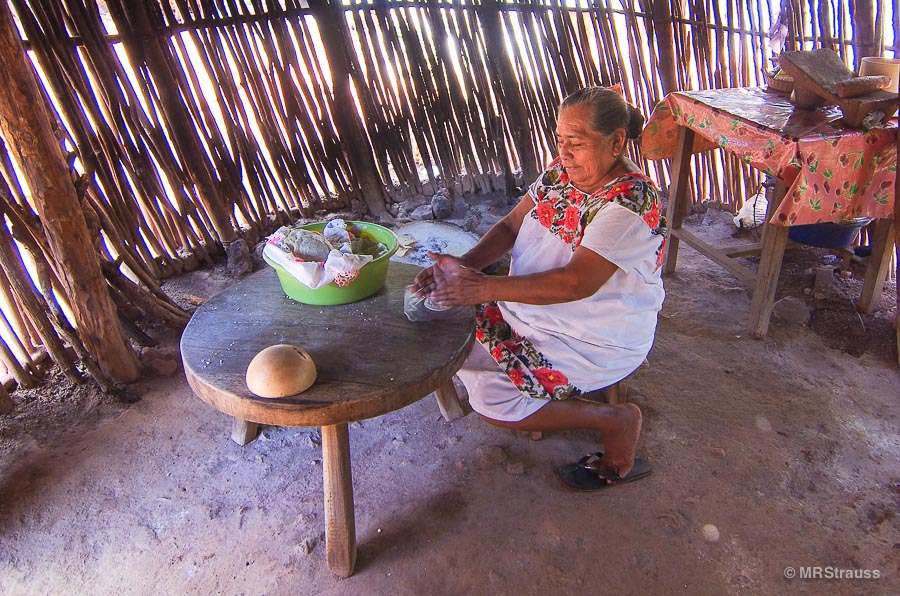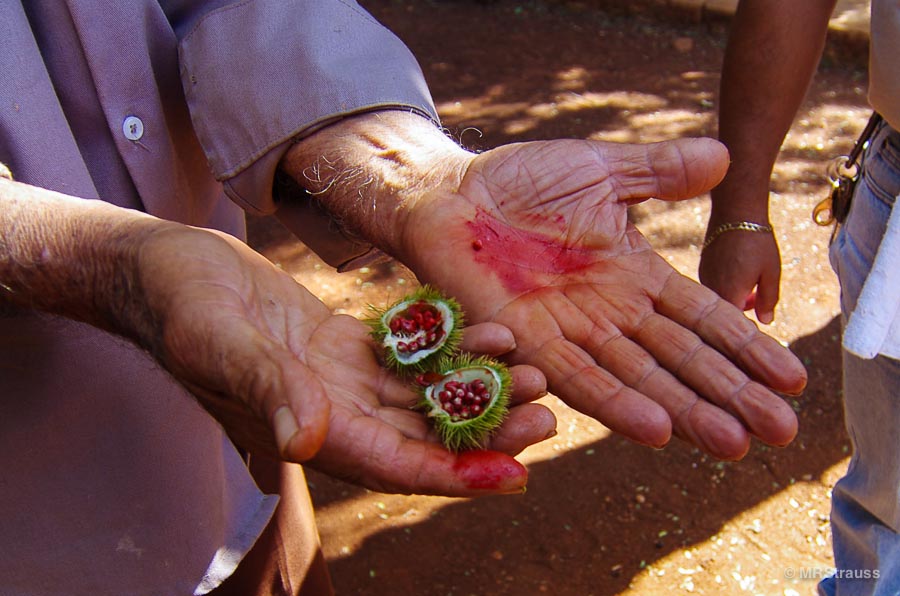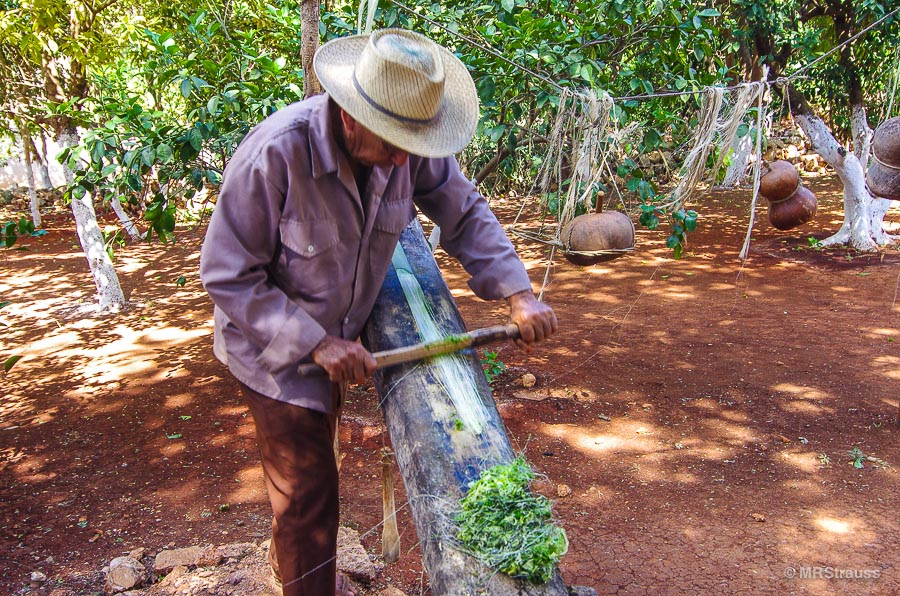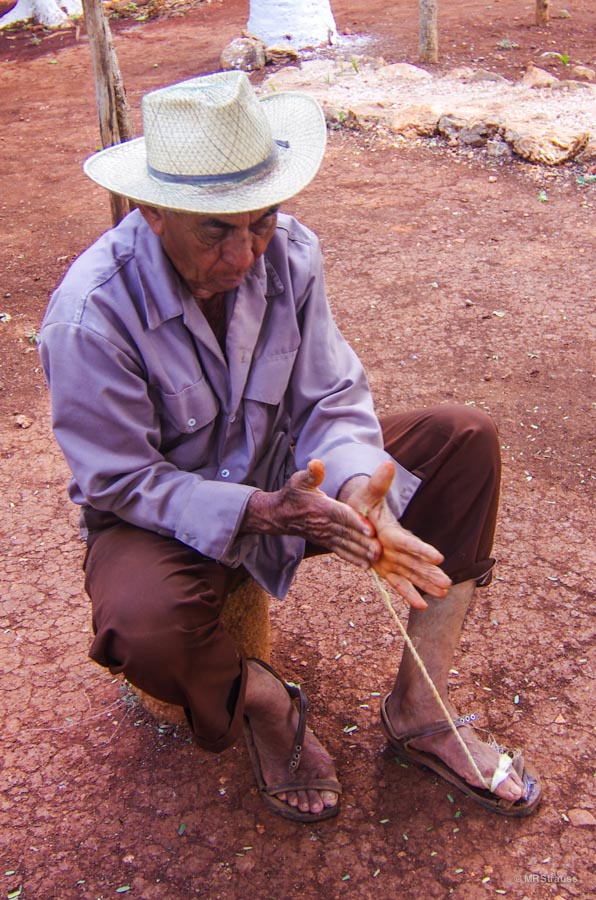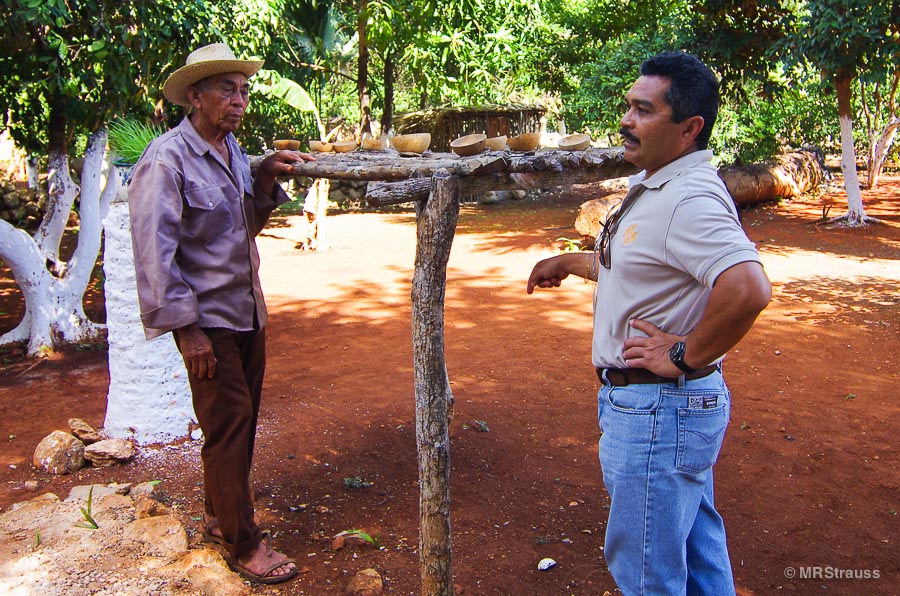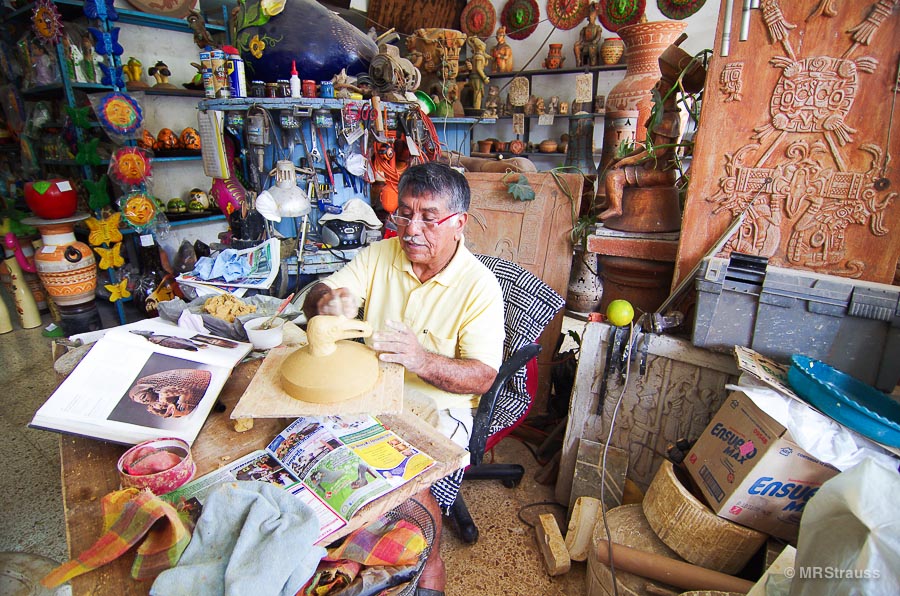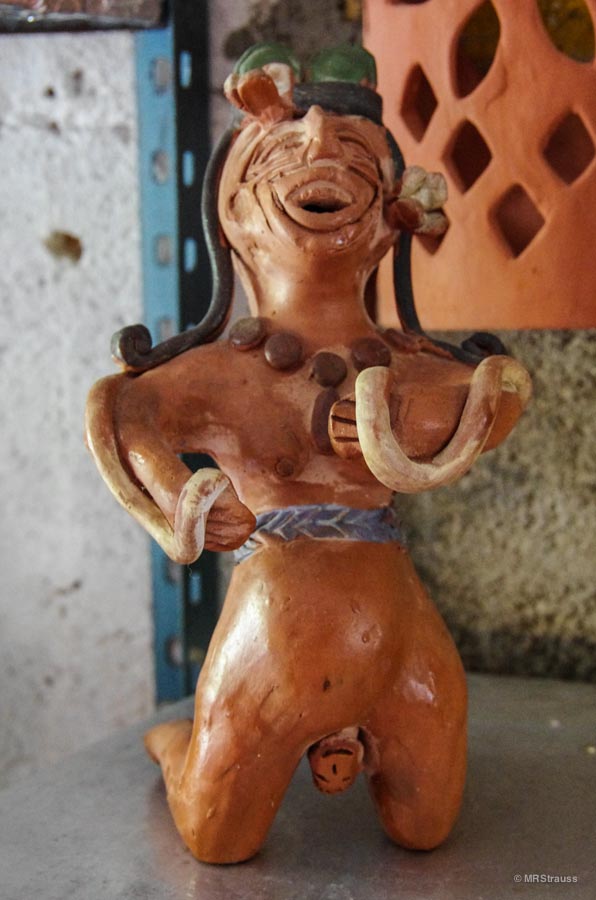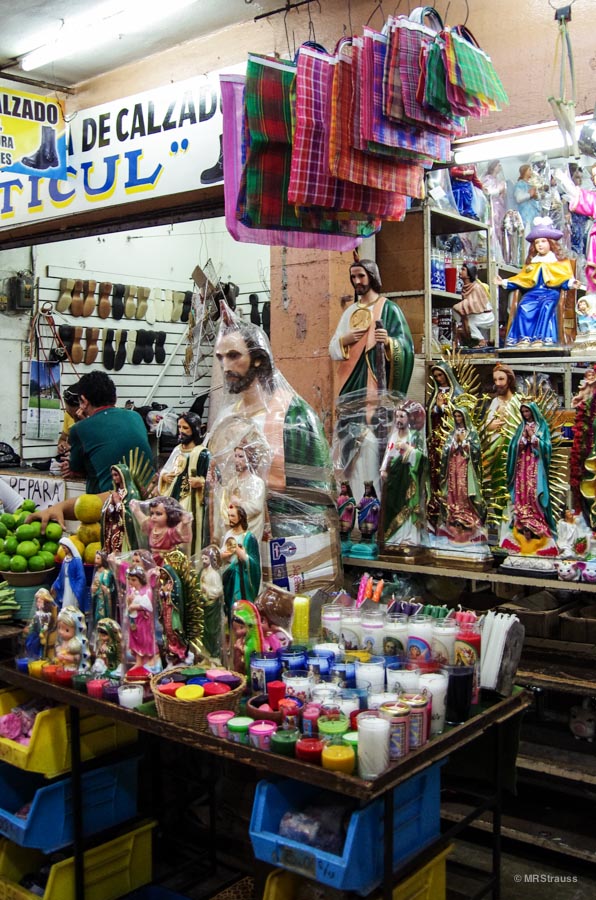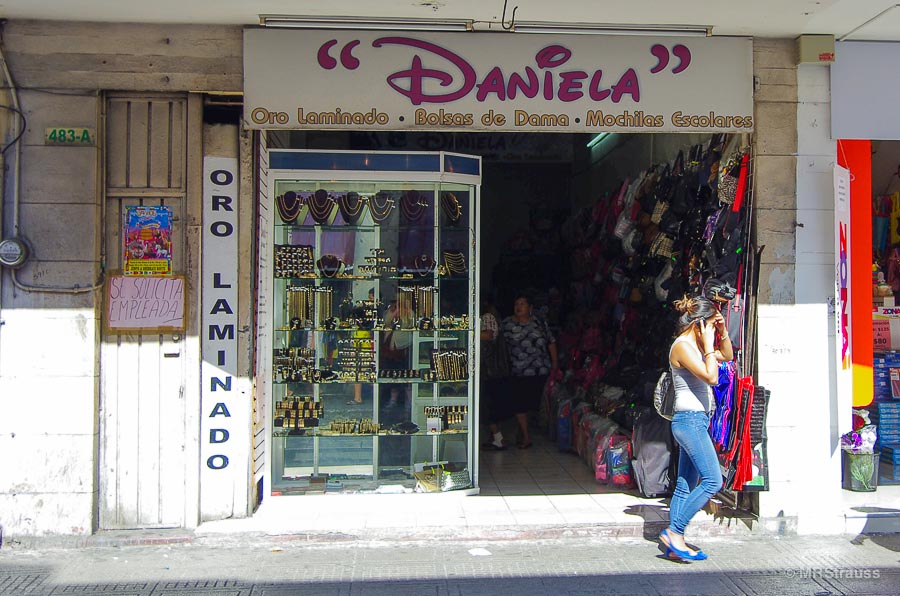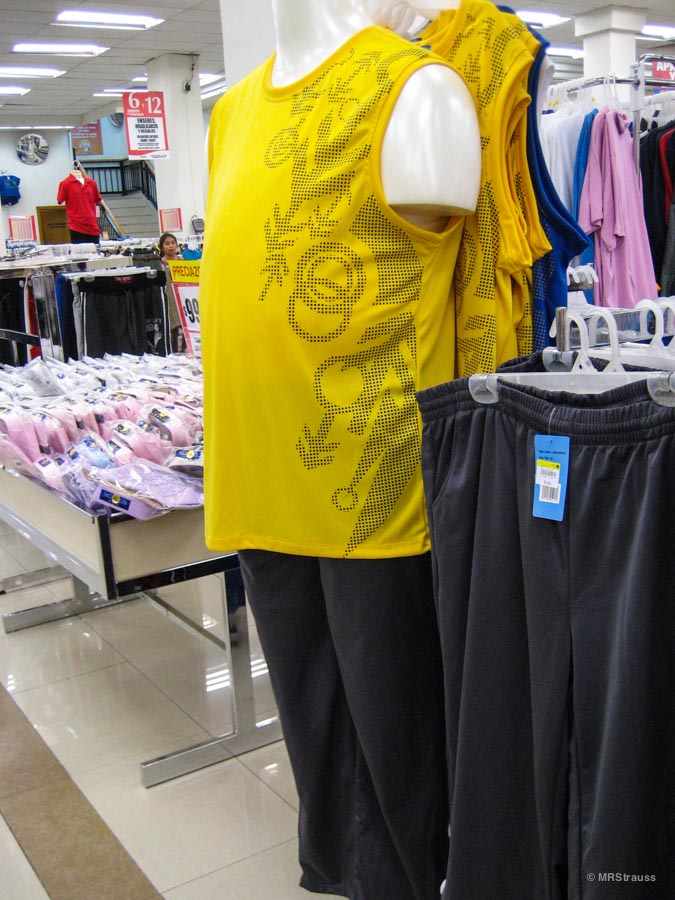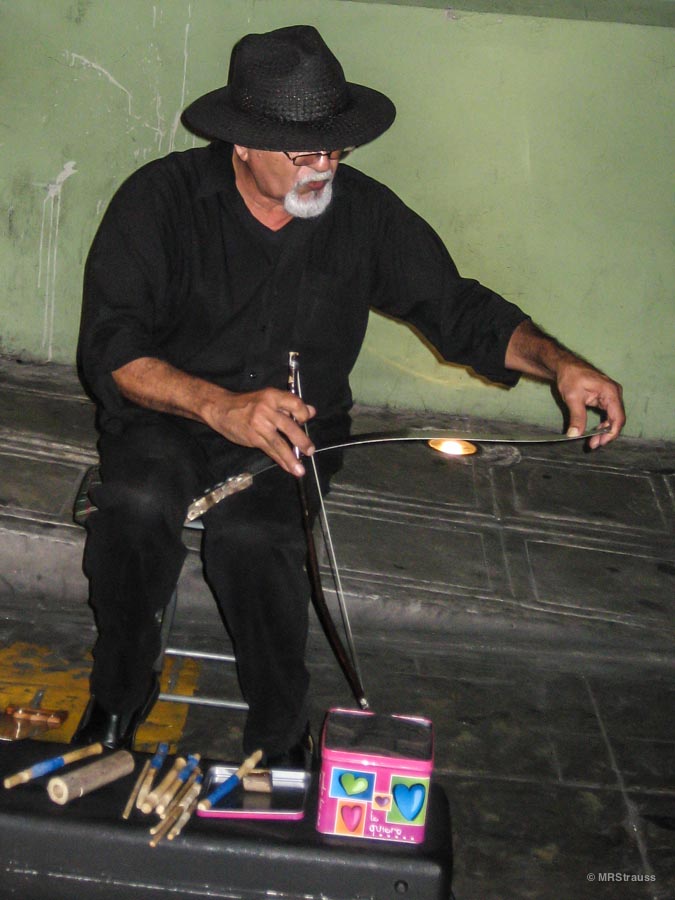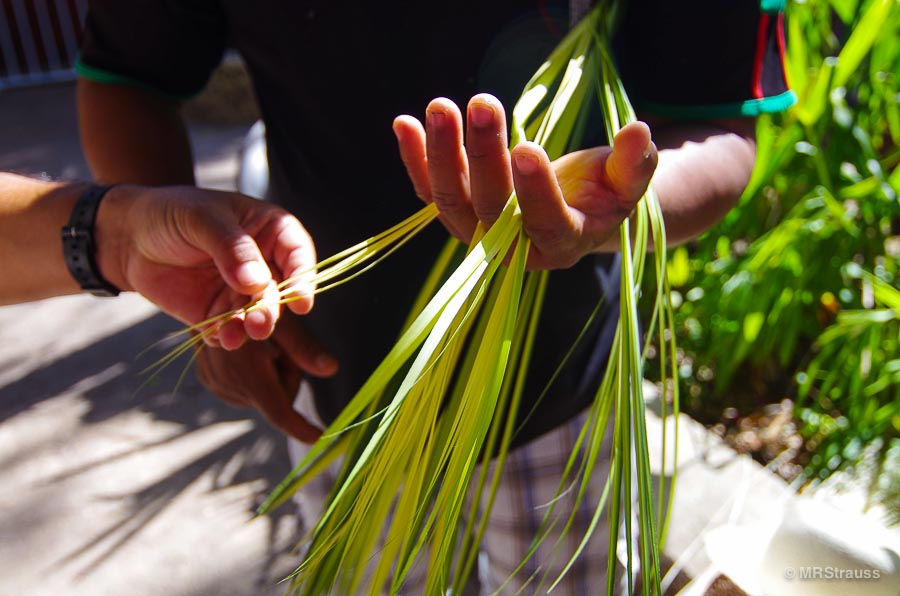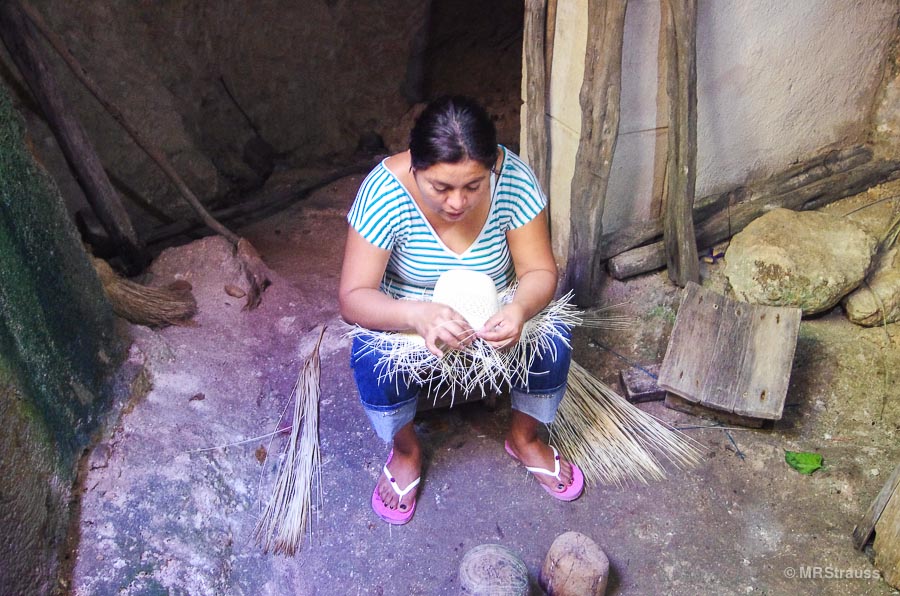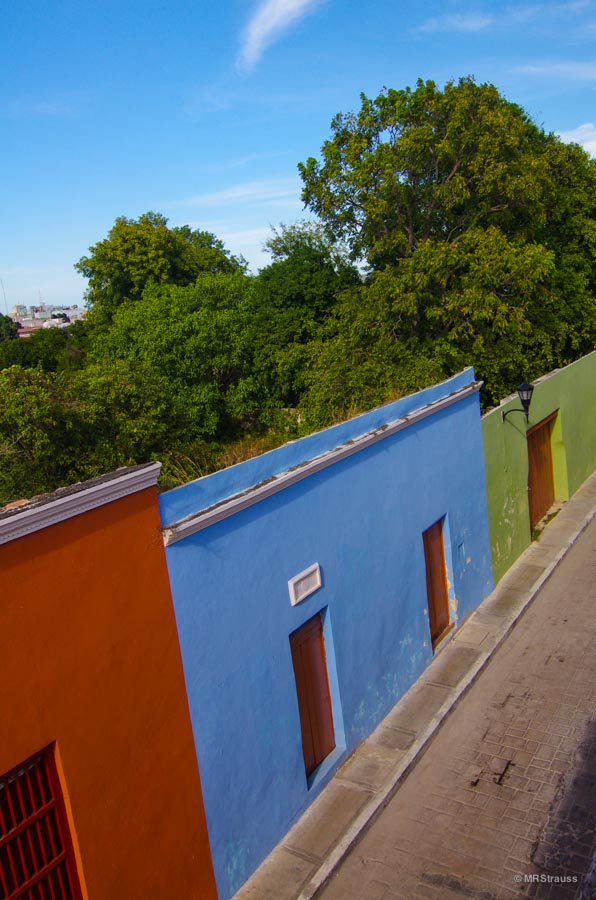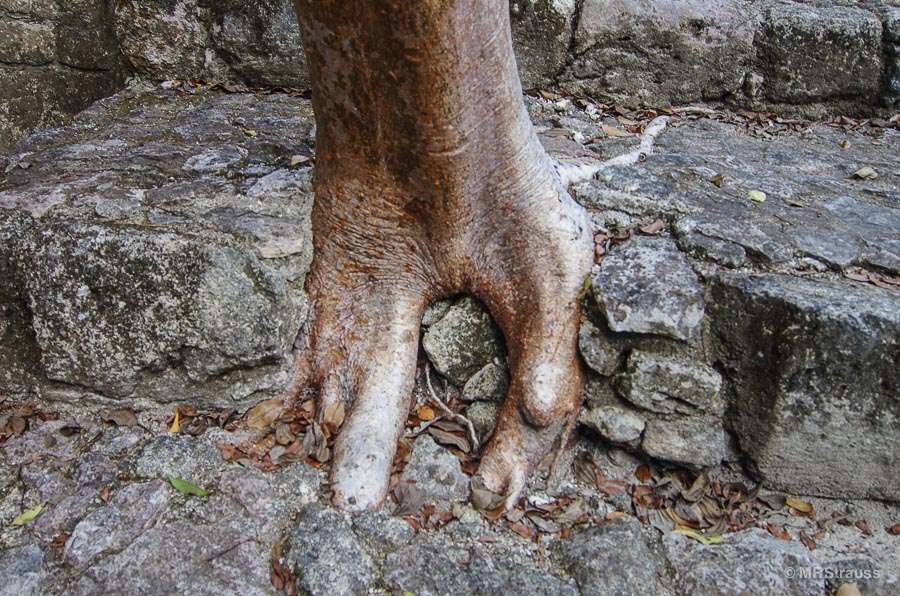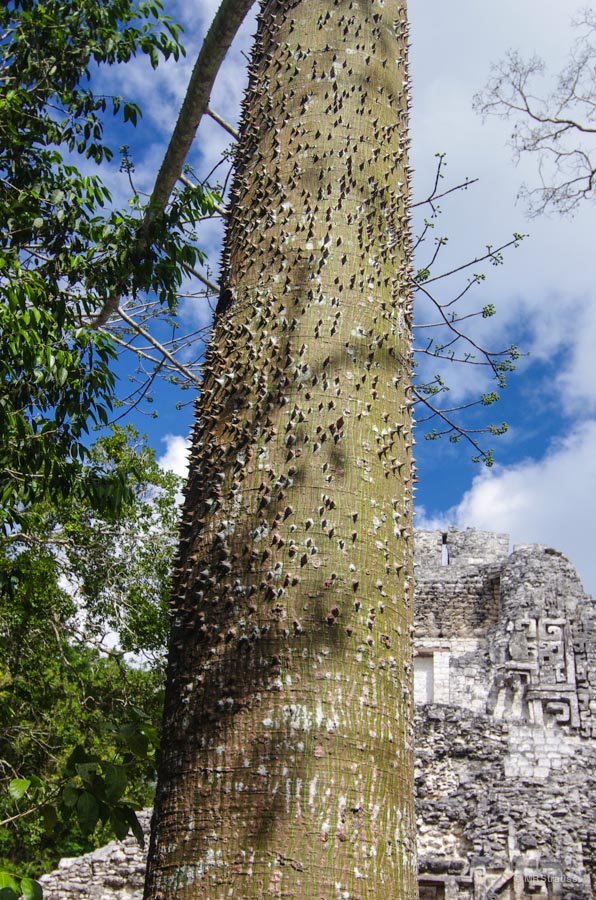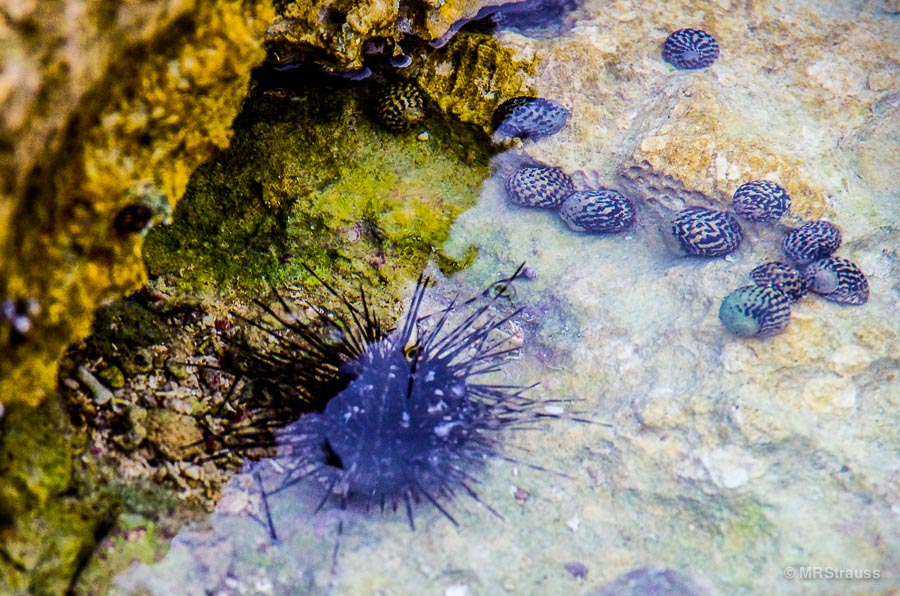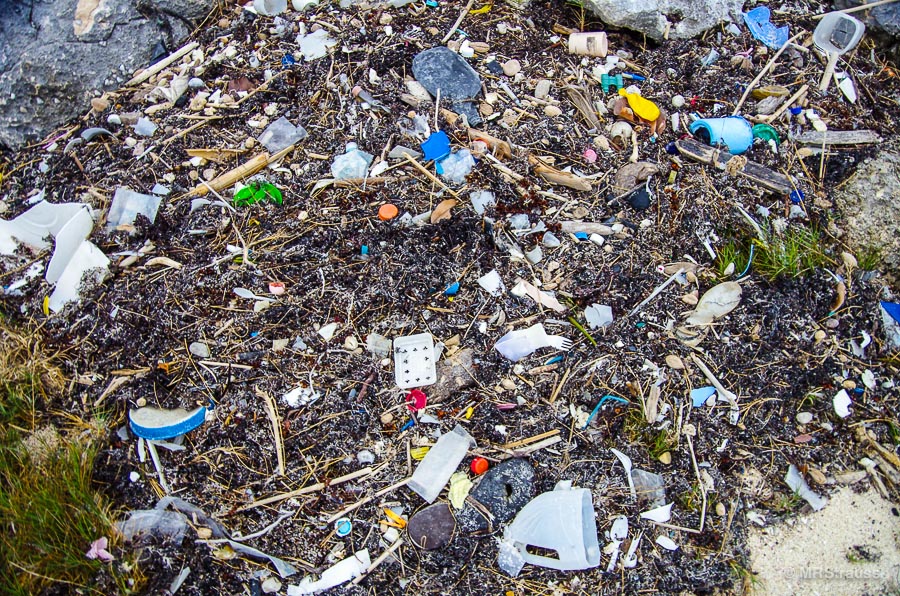 Sometimes travel is also a search. As I made my way through Southeast Asia, visiting Thailand, Laos, and Cambodia, I was also looking for my Buddha— and not just any one— I was looking for the earth-witness mudra. This is where, challenged by the demonic force of Mara, Siddhartha touches the ground. This is the moment of enlightenment— we are the earth and the earth is us, woven together in the fabric of everything in the here and now. Cool. Just looking at the Buddha is calming for me. I had some aesthetic requirements as well: the Buddha had to be wood, not too big and not too small, no nipples, and no giant puffy lips or weird eyes—or bling. I would know when I saw the one.
Sometimes travel is also a search. As I made my way through Southeast Asia, visiting Thailand, Laos, and Cambodia, I was also looking for my Buddha— and not just any one— I was looking for the earth-witness mudra. This is where, challenged by the demonic force of Mara, Siddhartha touches the ground. This is the moment of enlightenment— we are the earth and the earth is us, woven together in the fabric of everything in the here and now. Cool. Just looking at the Buddha is calming for me. I had some aesthetic requirements as well: the Buddha had to be wood, not too big and not too small, no nipples, and no giant puffy lips or weird eyes—or bling. I would know when I saw the one.
Bangkok
We arrived in the middle of the night. The road into Bangkok looks just like the New Jersey Turnpike and, by night, Bangkok looks like some other city back home— there’s a McDonald’s, there’s a Starbucks, there’s a 7-11, we turn at the Toyota dealer sign. By morning, it was definitely someplace I’d never been before: a modern city with all the usual suspects— Au Bon Pain, Dunkin’ Donuts, Pizza Hut— but every bit of sidewalk continuously lined with street vendors selling everything that can be sold. But mostly food laying out, which is why I was originally going to title this piece ‘food not held at proper temperature.’ And in a way, this would reveal the theme of the trip: all three countries are set in their old ways and relentlessly modern, not as separate lifestyles like say a New York fashionista here and a Pennsylvania Amish person over there, but as if those two were the same person at the same time.
We slept through most of our first day, so I’ll call this Day Zero. When we do get up, we decide to wander the area around the hotel. Our travel planner steered us to a suite hotel in the Sathorn area near Lumpini Park, the only green spot I could find on the Bangkok map. There actually be dragons in this park and the bars in the fence look wide enough for them to saunter through. But everybody’s cool, so we cool too. Some folks are exercising and running in the park. As I watch the runners, with their mouths gaping, their legs wheeling around, and their outfits— terry sweat-bands, knee-high socks, worn-out t-shirts, tennis sneakers— not a Lululemon or Nike among them. These are my people. Back home everyone looks like an Olympic athlete with their perfect outfits and their amazing form, gliding gazelle-like across the landscape. Along the way, we start to notice all these shrines that look like little dollhouses: some have bottles of soda, Barbie dolls, half-burnt cigarettes, loose change, candy… We go back to the hotel and pass out— until suddenly we are all wide awake and ready to go at 3am. So we eat everything from the fruit platter in the room. And go back to sleep. And wake up at 4:30am. This isn’t jet lag, this is a time warp.
Because this was our first time in Bangkok, we had a guide to take us to all the main sites. And I’m glad we did because, for me, Bangkok is super confusing. We board a boat because our guide says we’ll never get there by taxi. Wow, the boat is crowded. Even on the most packed subway car in New York we still manage to have some personal space, but here? I am so squeezed that I can lift my feet off the floor and still be standing. We speed along the Chao Phraya catching the mearest whiff of a cooling breeze. Everyone is sweating. In late December.
We disembark and almost run through a flower market after our guide. She picks up a bunch of lotus flowers and then we are whisked away in a tuk tuk to Wat Pho. No seat belts. We live. Here, our guide shows us how to fold the petals of the flowers so we can leave them as offerings at temples on the grounds. Today is also when I begin to learn that while back at home Buddhism is more of a philosophical movement, here it is a full-blown religion. Our first stop, Wat Pho, is the home of the giant reclining Buddha. Before I started to travel, I often wondered with all the photos and videos, if seeing all these iconic places in person was worthwhile. It is. The reclining Buddha is a study in contrast: an enormous, glowing gold figure set in a jewel box— everything finely detailed: the doors, the walls, every inch of every surface embellished. After placing our 108 coins in the bronze bowls that line the wat— because we never pass up a chance for good fortune— we explore the grounds of this former, and once again, center for traditional medicine and massage. It is dizzying to take it all in, every surface is embellished with meaning, with story. It is only after we leave that I realize we forgot to see the Bodhi tree! The one propagated from the Bodhi of all Bodhis, the one that witnessed the enlightenment. Shit. Not a very Buddhist thought. We also ran out of time to experience Thai massage at the highly-regarded school on the grounds. We’ll just have to come back one day.
We headed for lunch; on our way we passed though street vendors selling amulets — this was not the amulet market referred to in most guidebooks— stopping to buy some sort of wildly printed, harem style, pants. Our guide has told us we would need something like this for the Grand Palace; although our arms and legs were covered, my kids are wearing leggings and our guide says are too fitted for respectful entrance to the shrine. The guidebooks need to update their advice from ‘covered’ to ‘loosely covered.’ The amulet market was another thing we didn’t have time for, so I don’t know if we missed anything, but we would see amulets everywhere: on boats, in tuk tuks, on people. Sort of like the evil eye in Turkey. Another one for the next visit list.
The Royal Navy 77 Club had decent reviews and the river view was nice and cooling— because even in December it is hot here, but the restaurant was dirty, the service was non-existent, and the food was cold and wilted looking. A lot of reviewers love this place. What do I know? My daughter orders fish. It comes cold and whole with its sad, cataract-clouded eye staring straight at her; she doesn’t know whether to eat it or hold a funeral. Our boat meets us here for the klong tour; for some strange reason, many travel sites refer to the klongs as the ‘Venice of the East.’ Having been to Venice, I can tell you this is a stretch too far. Venice is a decaying architectural splendor, the homes along the klongs are decaying woodpiles replete with satellite dishes and drying laundry and floating garbage.
We go from the klongs to the almost dipped in gold splendor of the Grand Palace and Wat Phra Kaew, the home of the very diminutive emerald Buddha. You can’t get close to him, actually you have to look at him through the door, but amazingly you can appreciate the luminous emerald from the distance. He is wearing a golden shawl. I make a joke that it’s to keep him warm and darned if that doesn’t turn out to be the reason; he also has an outfit for the summer and the rainy seasons, changed by the King of Thailand no less.
On this day we were supposed to do a sort of street food crawl starting in Lumpinee Park and heading toward the Lalai Sap morning market and then head to Chinatown later in the day. Our guide says we would have to meet at 5:30am for this. Because we are still really jet-lagged we decided to skip it; we had already walked through the park and the tried congee at the hotel— a very gelatinous cream of wheat type thing. So we opted for just going to Chinatown. Afterwards, I find out we could have gone a little later, maybe 7:30am, for the morning market Pad Thai at Lumpini Park and even later for Lalai Sap, which is open until 3:00pm. But I’m not sure if we missed something here since the whole city is basically a big market and we would try a lot of different foods from street vendors. Some tasted really good, like these sort of stuffed tuile cookies, and some like this one dim sum looking thing, was super pungent— the Thai answer to Limburger cheese. How do you get vegetables to taste like rotting cheese?
Because it was noonish when we got started, we headed for lunch at The Canton House. If you’ve had dim sum or Cantonese dishes in New York or San Francisco, you’ll probably rate this place as ‘just ok’; the pork buns were blandish, stir-fried bok choy was ok. Walking around we see a number of restaurants with shark fins on their signs. Our guide confirms that shark fin is served at these places as a kind of luxury dish, like caviar. Thanks to National Geographic, even my kids are aware of the consequences of the killing of sharks for their fins. But what can we do? We decide to not give any business to restaurants that serve shark fin. As we walk around, I begin to notice how all the cabs are day-glo colors: pink, yellow, green, a rare orange. We make our way around and into what was referred to as the ‘Old Market’ and see what appear to be historic buildings being demolished. I told our guide I was looking for a Buddha; this resulted in a wild chase through several markets, some with loads of Buddhas, but none were my Buddha.
Onwards: Chaing Mai
The street our hotel is on is really quiet compared to most of Bangkok. Still, there are a handful of street vendors, including a tailor with an old manual sewing machine, and someone selling parts for bikes; at the end of our street we find a bubble tea place. I am told the ice here is ordered from factories that use safe water, so we take a chance because the place appears tidy and clean, and, since the heat is getting to us, we need something cool. It is awesome. We live. And we have to leave. Today we head to Chaing Mai; our first stop is Wat Doi Suthep. You head up a long staircase protected by a fierce creature that resembles a T-Rex more than any dragon I’ve ever seen. Once at the summit, this turns out to be a kind of Buddhist Disneyland with a shining, gleaming, blindingly golden chedi; we find out what Buddha we are based on our birth day— me and my younger daughter are a bowl holding Buddha— my older daughter and her dad exchange string bracelets, and both my kids get their (thankfully good) fortune. But our guide seemed to caution me not to get mine because sometimes they are not good. Hmm. And then there is Ganesh, the elephant headed Hindu god. Further on there is the statue of the white elephant that played a major role in the founding of the wat. It’s a salad of deities. We take in the view and notice a stand selling beautiful wooden prayer beads for the benefit of the wat. After we buy them, the monk begins blessing them (we hope); in the distance, we see our guide motioning for us to come along. But you cannot hurry a monk and we don’t want half-blessed beads.
We spend a little time learning about jade in one of the shops across from the wat (and getting a little charm for my daughter’s bracelet) before we press on and stop for lunch at some riverside joint. I have some sort of spicy tuna salad on a banana leaf that was super good. Do I take a picture of it? No! I’m too hungry. I have to say, I think it’s really cool the way banana leaves are used all over; I would guess banana leaves could be a good eco-friendly alternative to paper plates. After this, we visit Home Industries, a sort of special zone for craftsman; we see woodworking, paper, lacquerware, and silver. It’s hard to know what to say, I want to be positive, not critical, because what do I know— one person’s soup can is another person’s art. Our guide refers to Home Industries as the ‘Masterpiece of Thailand’ and if I weren’t very familiar with craft work, have an art degree, and hadn’t yet traveled very much, I might have been impressed. There were a few pieces here and there that showed artisan level skills, but most pieces were very expensive and not very well done. Still, my kids enjoyed it, and my older daughter, who is into crafts, got a basic idea of how some things are made. In Laos, we would see some extraordinary work.
Our next day would would probably win the vote for the best experience during our travels: mahouts for a day at Patara Elephant Farm. I really thought this was going to be something contrived that would make me feel I was contributing to the degradation of these amazing animals. But I was wrong. Or at least, I think I’m wrong. We are told the elephants here are rescued because they were abused or unwanted. The elephants seem calm and content and the babies will run up and head-butt you. They have a lot of beautiful countryside to roam— unlike the ones in zoos. Now I can hardly look at an elephant in a zoo. They emphasize natural mating because they think artificial insemination confuses the mother; they want them to breed because babies give the elephant community, or herd, a purpose. We feed the elephants, learn how to care for them, examine their dung— not bad at all, smells like fermented grass— feed them, ride them, and give them a bath in a stream. Wow. Really incredible animals, and to be this close to them in beautiful rural setting was truly amazing. We end the day with way too much lunch laid out on the floor on giant banana leaves overlooking the stream.
Today is our cooking lesson with Smart Cook somewhere in the countryside. Our first stop is a market not far from our hotel. Our guide shows us the different kinds of herbs and vegetables. There are three kinds of basil used in Thai cooking, so what we have back at home sold as ‘Thai basil’ could be what? The most interesting stop is the rice stall— not just different types and qualities rice, but rice that has been aged— some for years. Then we headed out on a quaint old train and picked up bikes at the station to ride to the school. My older daughter is excited when she sees we will be making her favorite dish: mangoes with sticky rice. This class was really well organized and clean. At one point we made a soup which we could finish with chili sauce to our taste. I like food somewhat spicy; I could have sworn he said one spoon (and these were those little demitasse spoons) for a little spicy and two or more for medium spicy. I put one scant spoonful in. Did I mishear him? Moments later my lips start burning, then my nostrils, then, oh, it’s going down. My daughter asks me if I’m alright. “Sure, why?” “Well, you have a red ring around your lips.” Damn that was spicy. We head back to the train station where we are loaded into the backs of pick-up trucks. No seat belts. We are followed part of the way by a young woman wearing a hajib on a motorbike with a guy hanging on.
Today is kind of an odd day. Or maybe just not what I was expecting. There are a handful of what are referred to as ‘hill tribes’ north of Chaing Mai; the people have come from different places, like Myanmar or Tibet, and have maintained many of their cultural traditions. We see signs all over for tours to their ‘villages,’ but these are, Disneyfied is not quite the right word, but many of these villages are set up for tourists and geared to selling trinkets and some dodgy, possibly handmade stuff. Our planner was trying to give us, I think, a more genuine experience, but I’ve learned from my travels how difficult it can be to have something that feels like a real cultural connection when economic inequality is so vast: we are looking for an experience, they are trying to survive. And yet that is what we hope for in our travels— to feel a connection to the places we visit and to learn first-hand about their cultures, along the way we’ve managed to have a few really enlightening experiences, but also many that felt exploitative or awkward for everyone involved.
With our very knowledgeable guide, we trekked through the villages of Lahu, Karen, Lisu, Akha, and Palong. A few people waved to us from their porches, but mostly everyone was gone— working somewhere I was told. We climbed over a few hills, some rather steep and rutted with motorbike tracks and infested with mosquitoes. There were a few mangy dogs, peanuts drying out on tarps, empty schools. It felt invasive and odd— what would I think if a group of Asians carrying cameras came walking through my neighborhood with a guide? At the end we came to a shop run by Palong women, some with their teeth colored black and what looks like regular bath towels wrapped around their heads; they are selling scarves colored with natural dyes. A very enterprising young woman runs up to us with a rolled up rug; she unfurls it to reveal the village version of a pop-up shop. Genius. She has the same not handmade trinkets you see everywhere, but we are so captivated by her entrepreneurial zeal we end up buying a few sling shots. I see there are villages offering homestays; I don’t know if this would be better or not.
I would have liked more time to explore Chaing Mai; it’s much more walkable than Bangkok. We did get a little time to wander around: my daughter got a fish pedicure, we explored the night market, which to me was just like the markets at home: t-shirts, shoes, strange wall art, trinkets. Nothing really special. We had some amazing noodle soup from a street vendor outside our hotel and we found a little place called Crema Cafe that had awesome smoothies made with fresh mango and passion fruit— on a street full of dive bars with scantily clad women and massage parlors. We found the market from the cooking class day and bought a backpack full of rice to take home, but there was a lot more to explore both inside and out of the old city walls. Oh, we did manage to get our McDonald’s fix here. Although we don’t go there often at home, we discovered back when we were in Venice and desperate for a quick, cheap meal, that McDonald’s doesn’t have the same menu outside the US. They actually have, I think, more interesting food. I had McKao Yum Crispy Chicken with rice. Wow! Spicy! They had some other things: what looked like corn pies, bubble tea, maybe a pork burger. I should have taken more pictures of the menu. The other thing we noticed around town were a lot of nicely dressed young women, not underage, but young, early twenties or late teens, with much, much older white men. When you see something a lot, you start to notice.
Luang Prabrang:
The sun is setting as our guide gives us a short orientation of the town. Set on a peninsula where the Mekong and Nam Khan rivers meet, it has the feel of a small town with nothing higher than a few stories. It was almost dark by the time we checked into the Lotus Villa and getting very chilly. We set out to find something for dinner; at first we couldn’t figure out why it seemed so dark and strange— then we realized there were no streetlights, just a few houses with floodlights. And there really isn’t anyone walking around either. We came across a bustling barbecue place along the Nam Kham river: Khem Khan Sin Dad. I can describe what we had, but I can’t tell you what it was. After pointing at a picture menu for the waiter, a lady came by and put hot coals in the round grill built into the table, then she came back and put a piece of fat on the grill— which immediately started to spin and sizzle— then she brought raw beef and chicken on a plate putting a few pieces on the grill to give us novices the idea. This was accompanied by bowls with noodles, a kettle of broth, and a plastic basket of veggies and greens. This is the kind of simple food I love. Suddenly, a woman at the table across from us jumps up— the grill spit some hot fire pops out and burned her Patagonia jacket all over. Yikes. We find our way back to the hotel somehow, the room is freezing though. It was wilting in Bangkok and cooler in Chiang Mai, but here it is cold in late December. At least at night. The hotel has no heat and only a screen on the bathroom window. A space heater saves us all.
Our guide picks us up before dawn with blankets, white sashes, and small lidded baskets stuffed with sticky rice; we are going to give alms to the monks. Our guide, Nout, whom I have to say was one of the best guides we’ve ever had, tells us about the monks and nuns and how they go about their daily lives. Taking alms is the way they get their food, which can be rice or whatever the alms giver chooses— even candy bars; the monks then give a portion of their alms to other poor people who put out boxes or baskets. Nout gives us our instructions on how to properly give alms and tells me I can take pictures from across the (very small) street, but no flash. By now quite a few people have lined up; it appears to be a mix of locals and tourists. The monks are starting to come down the street, their saffron robes almost glow in the dark. And then the street lights up like the Fourth of July. Oh no! All the tourists are using their flashes like paparazzi. No, no, no! Stop! Our guide says this always happens. Even though I didn’t use my flash, I feel awful; we’re going to ruin one of the few real experiences that you can have as a traveler. How could everyone not feel the solemnity of the alms giving?
After breakfast we head out to explore the town on bike. This is my second favorite way to get around (the ‘shoe leather express’ is my first). And with very little traffic, it is fun and I don’t have to worry so much about my kids being killed like I did when we were coming down the Sausalito side of the Golden Gate Bridge and we had massive tour buses speeding by within inches of us. We take in the Royal Palace Museum before heading out to the Traditional Arts and Ethnology Centre. This little museum gave us a good overview of the arts, foods, and traditions of local area tribes— very beautiful craftsmanship. I end up buying a rice basket that can be worn as a backpack. Then we bike over to the Ock Pop Tok Living Crafts Centre. This is some seriously beautiful fiber work, at least to me. After learning about how they dye the silk and watching a few weavers at work, we end up spending most of our souvenir money here; I spot runner sized weaving that I cannot leave without and I can’t believe I can afford — a lot of times when I really admire something, it is out of even my most optimistic budget range. Later that week I would find a sterling silver cuff at their shop in town; I would have loved to meet the silversmith of this exquisite piece. The beauty has worn me out. Luckily, the centre has a beautiful riverside cafe. I need to find more ways to say beautiful. All the food is super good: chicken noodle soup with sliced garlic, fresh spring rolls…— even the rice is is more flavorful than what I get at home.
We explore some of the temples around town. These are not like the blinged out ones from Bangkok, these are solemn and shopworn. I prefer temples like this, but for the people here it isn’t a choice— they don’t have the money to fix them up. Everything in Luang Prabang looks a little shabby, just like where I grew up, but for tourists, that’s part of the charm. We finish the day climbing Mount Phousi to catch the sunset; on the way up we pass women selling trinkets and little birds in bamboo cages that you can release at the top. They’re gonna give themselves a bird problem. And then a shock: after feeling like we had the town all to ourselves, we find ourselves in a super dense crowd. It’s a good view, you can see for miles, but being short, I have to jump up and down to see it.
This morning we have some time on our own, so we headed for the street markets. The day before we saw skinny, bright purple potatoes being grilled and today we tried them. We knew instantly that these would be our favorite food from the trip; every time we saw them we would get a few, even it we weren’t hungry. The market here was mostly food and a few housewares. Everything is laid out on cloths or banana leaves on the ground. A little kid comes by making squeaking noises, then another one; we finally figure out it’s coming from their super-cute little shoes. Cool. Today is our Mekong day. We board a long, very long boat. The captain and his wife live on the boat, as many families with boats do; we see boats that almost have houses built onto them. The owners of our boat have replaced their aging wood seating with repurposed car seats. Brilliant. We head for a village on the other side of the river. Visiting their temple and walking through the village, we see little shrines, just as we did in Thailand, but here they look much more ‘homemade’— no Barbies or sodas. This village specializes in pottery. We visit the potters at work and watch some pretty high-speed multi-tasking: making large planters and vessels in less than ten minutes while smoking, talking on the phone, and disciplining toddlers.
We head upriver to visit a fishing village, but by now it is almost noon and the fisherman, who start at the crack of dawn, are done. Even the fish are done; they take us out to show us their technique of hand throwing their nets like a pizza maker throws dough and we catch one tiny little fish. We’ll starve. This morning they filled their boat in no time. Further on, we visit another village for their Baci ceremony. A few folks at our hotel had enormous amounts of white string around their wrists and now I know why. Plus, I get a shot of whiskey? I hope that’s what it was. Then some sort of blessing is said and all these really spry elderly women begin tying strings around our wrists and blessing them. One the way back, I was thinking about how much I have appreciated the use of real plates and utensils at all of our picnics here, this is much more friendly to the environment and perhaps the people here will never get into as much throw-away stuff as we do at home. But then I see the trees and bushes along the banks of the Mekong are strewn with plastic bags. We finish the day with dinner at what became ‘our restaurant,’ Le Cafe Ban Vat Sene. I can recommend the perch with carrots and rice, Pho with beef, Hmong stir fried green beans; everything was good here. It gets a little cold here at night in the winter so they bring out little buckets of fire to keep you warm.
Today we set off in a roundabout way for Kuang Si waterfall. We trekked through a few villages while our guide talked about some of the different cultures. We picked up our required ‘local guide’— a boy, of maybe fifteen, wearing flip-flops and a giant knife. The forest is full of huge, wild poinsettias in full bloom. Wow. We approach the waterfalls from behind and climb down some rather slippery rocks and steps. Then double wow. This is the most beautiful waterfall ever— and I’ve seen a lot of them. It’s like a movie set waterfall with turquoise water flowing gently over rolling terraced steps. Some folks take dips in the pools at the bottom, but it’s a little too chilly for us. There’s a cramped bear preserve at the end of the park and food and trinket stalls at the entrance. Seeing this makes me really glad we hiked in through the back way.
This morning, we have a few free hours so we decide to brave the seasonal bamboo bridge over the Nam Khan river. The bridge is only open during the river’s low season. In the summer, the river is too high and swift for a bridge like this to hold on. We pay our toll, get our round-trip ticket, and cross over. One of the first things we see are spring roll wrappers laid out to dry on bamboo screens. We see homes made of beautifully woven bamboo. I remember visiting Thomas Edison’s house in Florida as a kid and the guide told us Edison built the supports for his pool from bamboo because it’s so strong. I find some beautiful rice steamers in a little outdoor shop. There are a lot a really big, new houses in this part of town, and although they are on postage sized lots, most have high walls and massive entry gates; some have razor wire along the tops of the walls.
In the afternoon, we head out to the Little Pepper school to bring supplies and help the kids with a New Year’s craft: wildly decorated paper hats. This school is supported by Journeys Within, the company we planned our trip with. This was fun— it didn’t feel invasive or awkward since we had a reason to be there. But it was clear the school didn’t have anywhere near the resources even the poorest school back home would have.
Siem Reap:
Economic hardship was even more visible to us in Cambodia. Here, even our modest hotel had razor wire along high walls and a gate. Our first day we headed for the famous Angkor Wat. We come around the back way early to avoid the crowds; this would probably be the most crowded site we see on our trip. It’s hard to believe just twenty years ago, almost no one came here. Still, even coming around the back way, we are accosted by a gang of little girls selling souvenirs. Is it better to buy stuff from them or not? Our guide advises us not to, but my husband makes the mistake of asking them why they are not in school, and although I don’t think they understood a thing he said, just acknowledging them sent them into a frenzy and they practically glued themselves to him. Our guide tells us about his family’s experience with the Khmer Rouge; this is the first time we get a sense of how recent these events happened. How did people, who built something so beautiful, commit such atrocious acts? We climb up the main temple in the center for a view over the sprawling complex. On the way out, we take in the view while my kids sample some sort of palm sugar drink poured from bamboo tubes with some little bugs floating around the edges. If I tried to serve them something with bugs in it at home they’d call CPS.
That afternoon, we returned to see Angkor Thom; this would be my favorite. The murals depicting everyday life were fascinating and the ginormous Buddha faces were stunning. Some folks stay to watch the sun set here, but today it was very hazy. Given the humidity even in January, I can’t imagine they have many clear days. On the way out we find a field covered in four-leaf clovers.
After an awkward but interesting breakfast meeting with two young monks who are also scholarship students supported by Journeys Within, we head for Tonle Sap, a huge lake that feeds the Mekong from November through May, and, in return, is flooded by the Mekong the rest of the year. All of the people living in these stilted houses or houseboats make their living from the water somehow. Cruising along the lake is like a scene from Waterworld; everything is conducted on the water: fisherman sell their fish to merchants on boats, boats go around selling every conceivable food or houseware, we pass a school on a boat, laundry is drying, garbage is floating. Every home, no matter how small or decrepit, has a satellite dish. Women in hats beat little fish out of fishnets. We have to pay for toilet paper to use toilet on a dock that empties out into the lake. I considered holding it, but we are more than an hour away.
We finally get a little time to poke around the town of Siem Reap. We have some pretty good wood-fired pizza at the Red Tomato before heading over the the central market. They have some really cool, unusual stuff here. And then we see it: tucked away in a small stall on the uppermost shelf in the corner: my Buddha. I wasn’t sure, but my daughter had the merchant get it down. I still wasn’t sure, so I looked at all the other Buddhas in his shop. He said eighty-five dollars and I thought that was a little high considering the dust accumulation on him. My daughter decided to bargain by offering seventy-five and the shop owner countered with eighty. It was her first time bargaining. Five bucks is five bucks. Then we had to find something to carry him in. We headed back to a stall with all sorts of purses and totes made from rice bags and other packaging and we found a well-made rice bag tote with a big cobra on it for the Buddha’s trip home. In truth, I wasn’t a hundred percent sure he was the one until I got him home; now that he’s settled in, he changes the whole mood of the room.
The heat was getting to us. In January! We headed back to the hotel to get ready; we were going to a traditional Khmer dance show at La Residence d’Angkor. It is interesting to see different styles of dance, but sometimes, just like with the Hawaiian luaus, traditional dance takes on a show biz glossing. When we saw real hula dancing in Hilo, which is really storytelling, and very fierce, it was completely different and much more interesting. The hotel was very elegant but the show was on a tiny little stage covered in fraying red carpet. The dancers really had to be careful not to fall off the stage. It would have been more interesting with a little information about the dances themselves and their place in Cambodian culture.
Another day of more temples! We take in two smaller but very different ones this morning: Ta Prohm and Banteay Srei. And actually, for these sites, we should have been there even earlier. Although I haven’t seen Lara Croft: Tomb Raider, some of the scenes were filmed here and I can see why this would make a good film location: snake-like tree roots are taking over, giving the whole complex a ‘lost civilizations’ vibe. We go from the mysterious Ta Phrom to the pink-gold exuberance of Banteay Srei. The carvings here are so intricate— almost like needle point. My kids like this temple because of all the elephant and monkey carvings. When we started to travel, I would try to etch everything I saw into memory, but sites like this are so packed with imagery and symbolism, it felt like my head was going to explode. So I’ve learned from experience to take pictures or buy books on the site, carefully examine maybe one or two murals or scenes and then just really spend most of my time taking in the atmosphere of the site: how does it feel to walk over the stones or roots, how does the light change perception of the space, how does the scale of the place feel, and I try to imagine for a minute what it was like when it was first built. These are the things travel experience has taught me to focus on.
On the way back, we stop at the Cambodia Landmine Museum. This a a very small museum, more of an exhibition really, that appears put together on a shoestring. It was started by a former Khmer Rouge child soldier named Aki Ra, who took it upon himself to find and dispose of as many mines as he could. To this day, people in Cambodia are still injured and killed by land mines. The museum also has a lot of other ordnance and bombs— an amazing array of ways to kill and maim. And you can also purchase surprisingly beautiful jewelry made from shell casings.
There is a school next to our hotel; this is also another project funded by Journeys Within. Kids come here for after school activities and adults to learn English. We play some games with the kids; they are the same as kids everywhere— they just want to run around like crazy. For the adults however, we were an opportunity to hone their English skills and they were very, very serious. I was assigned to converse with two young adults who looked at me like I was going to spring a pop quiz on them. I know from homeschooling my kids what an idiosyncratic language English is, but they did very well. I hope learning English helps their dreams come true.
Our last day in Cambodia we spend touring the home village of one of Journey Within’s guides. This was a good counterpoint to the land mine museum— showing us the incredible resilience and resourcefulness of the Cambodian people. And it also cleared up a lot of strange things we saw during our week. Everywhere I saw car batteries sitting by the side of the road— this is because most people don’t have electricity, so they use car batteries, putting them out to be swapped for freshly charged ones. There were also these stands with glass liter bottles stacked up. I thought it was some kind of drink, but these are Cambodian ‘gas stations’; most folks get around on motorbike, so a liter can get you somewhere. We stopped by the village ‘market’; everything is in single serving packets— shampoo, laundry detergent; they carry cigarette packs, vegetables, eggs, and a bunch of stuff I don’t recognize. No one is minding the store; if you want something you get it and leave the money. There’s a pig pen with an enormous pig;— apparently they can make a whole year’s salary selling it. Our guide built his house himself. As with most homes here, it is built up on stilts, but he showed us the concrete footers and how they are made to hold a little puddle of water. This keeps termites and other bugs from climbing up. Genius! His father is making a kind of rice porridge that his mom will turn into rice noodles to sell. They are lucky to have a well he tells us as his brother comes out to take a shower by pumping water all over himself. Brrrr. They have also just harvested rice from their plot. A really enterprising family. We meet his grandmother; he tells me his grandfather was shot by the Khmer Rouge leaving her to raise the family by herself.
We head out over a lake to see some Khmer ruins on our way to a silk farm, but we are told by the boat owner the site is closed. We do see Angkor Wat in the distance and then the boat stops— we’ve run out of gas. My mind quickly calculates how long we could be out here and I kind of have to pee. Swim? Hand paddle? Alligators? Our ever innovative guide realizes there is a tiny bit of gas in the plastic tank and if he holds it up over his head at the right angle and cranks the engine. It starts! Even the boat owner looks impressed. But why didn’t he have enough gas in the first place? We put-put over to the Artisans de Angkor Silk Farm. We’ve seen silk being spun all over the world now, but I never cease to wonder how someone figured out how to take a moth’s cocoon and spin it into lustrous silk. Beautiful, vibrant work, but I spent all my money in Laos.
Bangkok
Back to Bangkok to complete the circuit. Today’s plan is Chatuchak Weekend Market. I was pretty excited reading all the reviews for this place. There are some areas specializing in antiques and handicrafts, but a lot of it looks like the big flea markets we have back home: clothes, shoes, cheap plastic kitchenware, lots of knockoffs. And the heat. I’m used to hot, humid summers where I live— why is it getting to me here? We decide to head over to Siam Paragon, a huge mall around the main Skytrain hub. On the way in we spy a Bubble (Boba) Tea place called Ochaya just outside the mall entrance. Oh, thank God! They have a lot of stuff on their menu I’ve never seen, even at boba places in New York: different flavors, jelly toppings, pudding toppings. A lot of options. Too many for us so we end up with milk tea and boba. Ahhh. We wander into the mall to find a life size wax? plastic? realistic model of Leonardo DiCaprio. This is a super luxury mall, but fun to wander around in. We score some good dumplings in the very extensive food court and decide to check out the small, but surprisingly interesting aquarium. They have some unusual fish and a tank with those Alaskan King crabs you see in the Deadliest Catch show. Damn those things are big. We get more bubble tea on the way out.
Today I wanted to see the Damnoen Nam Saduak Floating Market. I’ve been staring at a poster for this place in our local Thai restaurant for ages. I love markets and I’ve never been to one on water. Lucky for me, most of this day would be biking through local villages and banana and coconut plantations, because the famous floating market is, well, I’ll let the picture tell the story.
Our last day. Our flight leaves at almost midnight. My older daughter spotted a description for the Siriraj Medical Museum. Apparently they have a lot of bizarre specimens and anatomical cross-sections. Although it’s quite a ways north and on the other side of the Chao Phraya, we feel confident enough now to take on the transportation system without a guide. We take the Skytrain to the boat and then the boat to where we need to get off. Success! All this takes about an hour and a half. We wind our way around streets which don’t look exactly like they do on the map. We stumble upon the hospital. We ask someone, but this is not like Europe, no one really speaks English around here. We see a sign that says museum. We follow it. We lose the trail. Then we see it. This is another hour. We go in the entrance, two security guards are sitting behind an old desk. There is a little sign. It says: museum open Monday, Wednesday, Friday. What? You’re kidding me! The guidebook said Monday to Saturday. We try to explain to the guards that the guidebook says they are open and this is our only chance to see the museum since we are leaving that night. They appear to not understand. I imitate a plane flying. The guards are not amused, they just point to the sign. We spend an hour and a half heading back to Siam Paragon Mall where we comfort ourselves with dumplings and bubble tea. The end.
Travel writing seems to always wax poetic about even the worst places. The point may be to overlook these things, accentuate the positive. After all, things are not perfect where I live either. But sometimes I feel heartbroken when I see garbage strewn beaches and towns, neglected animals, dead animals, children working and smoking on school days, women washing clothes on the banks of polluted rivers, really emaciated beggars, razor wire armed houses. Are my tourist dollars helping at all?
Copyright © 2015 MRStrauss • All rights reserved


